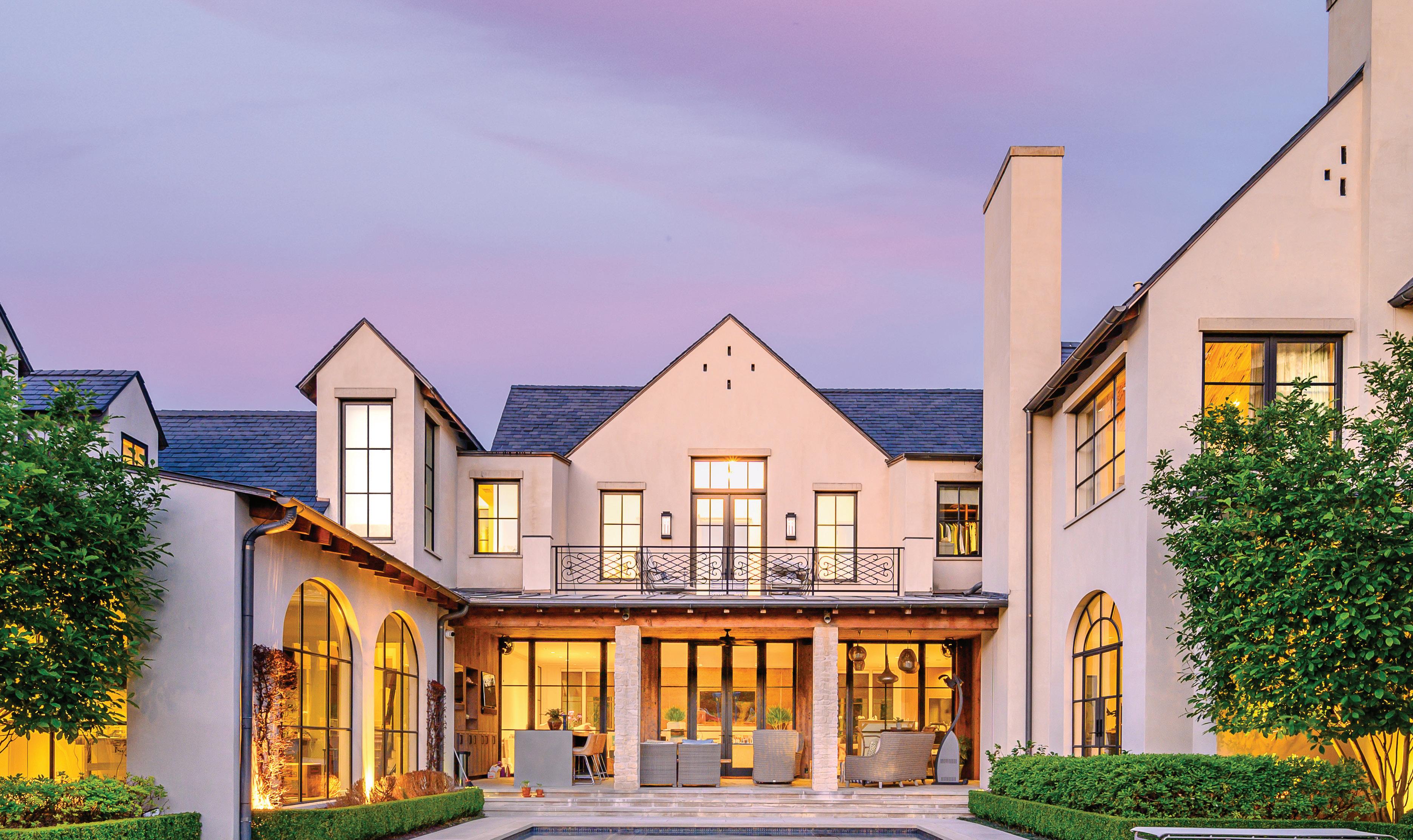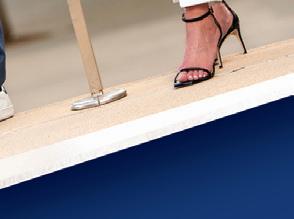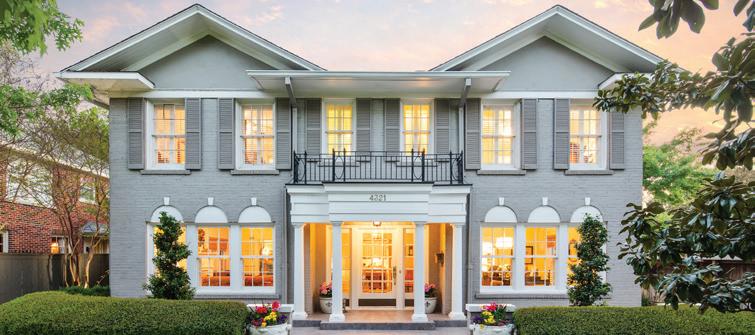
DESERT DREAMERS / PATRICIA GUCCI PARADISE IN PORTUGAL / HOME LIBRARY CHIC



DESERT DREAMERS / PATRICIA GUCCI PARADISE IN PORTUGAL / HOME LIBRARY CHIC








The top team brokerage-wide at Briggs Freeman Sotheby’s International Realty is now bigger and better than ever. The award-winning Jobst Randall Group has raised the bar — again — on its reputation for fierce intuition, honest insight and unmatched knowledge. Now, founders Madeline Jobst and Ralph Randall and their expanded team can represent even more of Dallas’ most significant and storied homes, for buyers and sellers in town and around the world. Friendship, leadership, architectural connoisseurship: Bigger has never looked better.
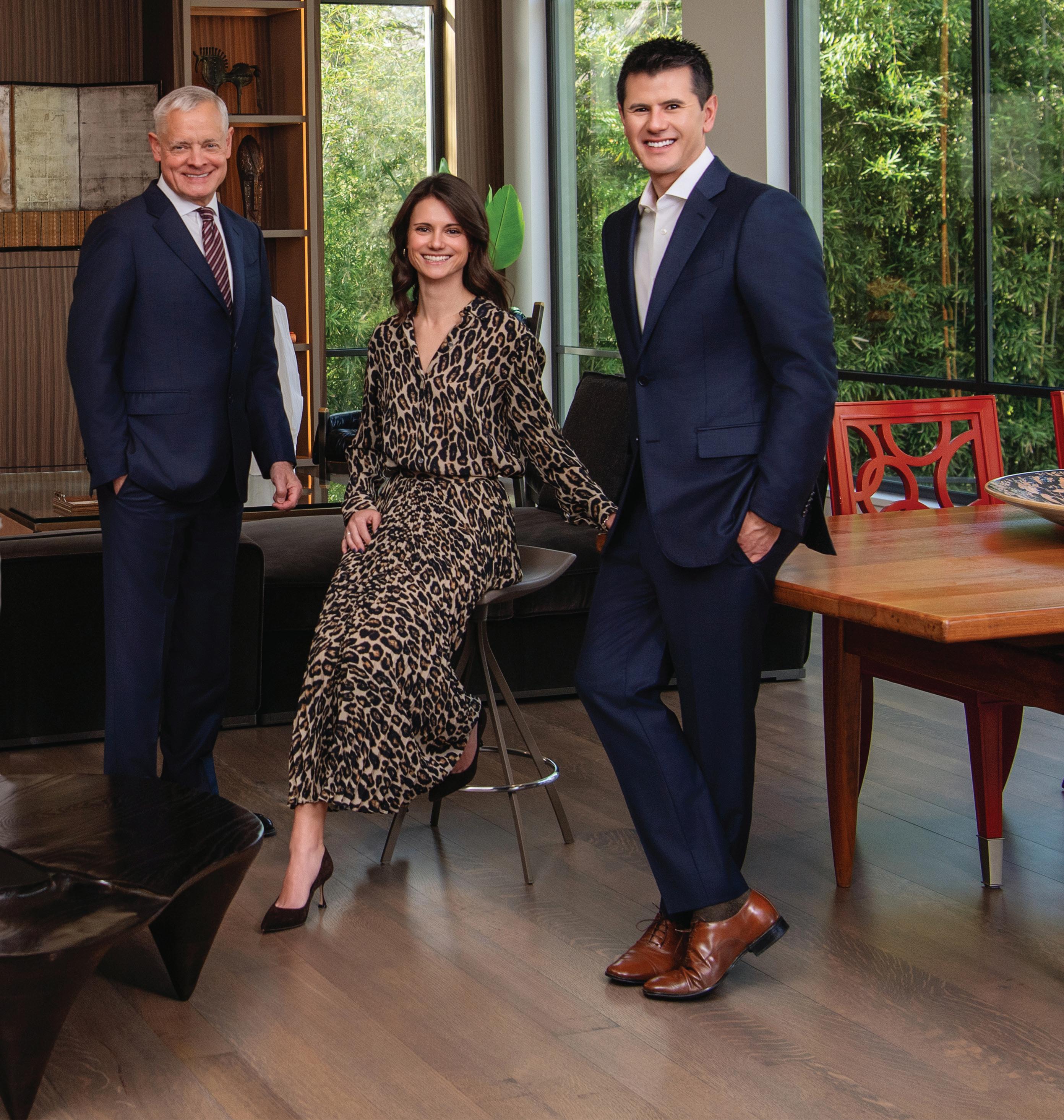
This year marks 65 years and counting of homes, high-fives, hearts and hoorays. You. Us. The homes of your dreams. The clients of ours. It’s proven every day: No other brokerage has the agents, connections, knowledge and know-how that we do. And no other will.
We’ve been together — you and us — since 1960. For six-and-one-half decades, we’ve connected you, your friends and your families to your neighborhoods’ greatest homes. And to ranches, farms and land. And highrises. And town houses. All the houses.
Now we’re a force. Our nearly 400 professional real estate advisors are regarded as the best in the business. They have the awards to prove it. And the track records. And the love letters. We back those advisors with game-changing tech, a management team that supports them in every way and an in-house team of marketing pros who can’t wait to help tell great stories. No one else has that magic mix.
It doesn’t stop there. We are a proud member of the superb Sotheby’s International Realty®️
network. That means more than 26,000 agents in more than 80 countries and territories, all helping each other — to help you. No other brokerages can compare.
So, here’s to us — and here’s to you. Thank you from the bottoms of our big, full hearts. There’s so much more to come. One hundred years is in our sights.
See you in 2060.


RUSS ANDERSON President and CEO
Briggs
Freeman
Sotheby’s International Realty

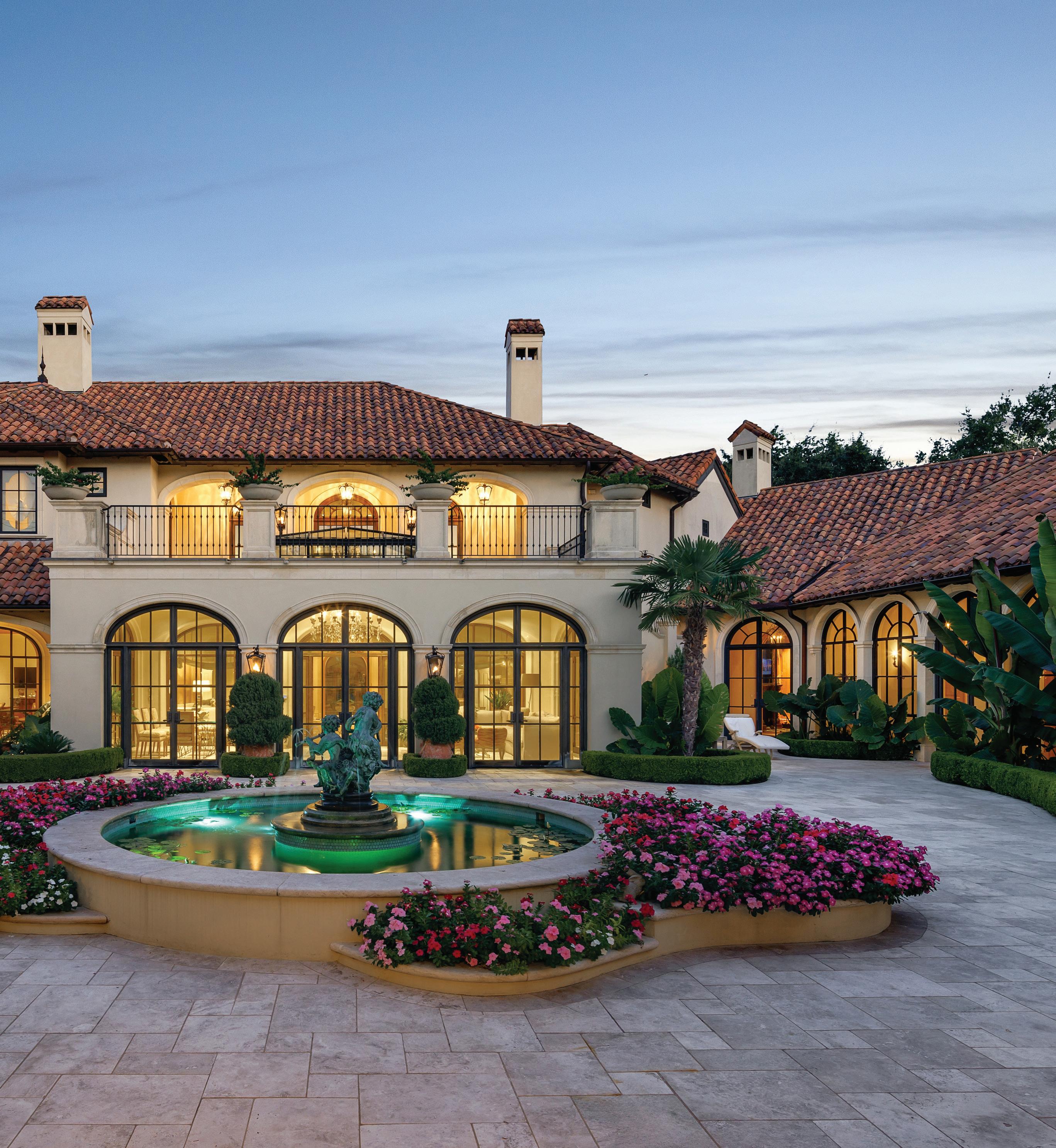
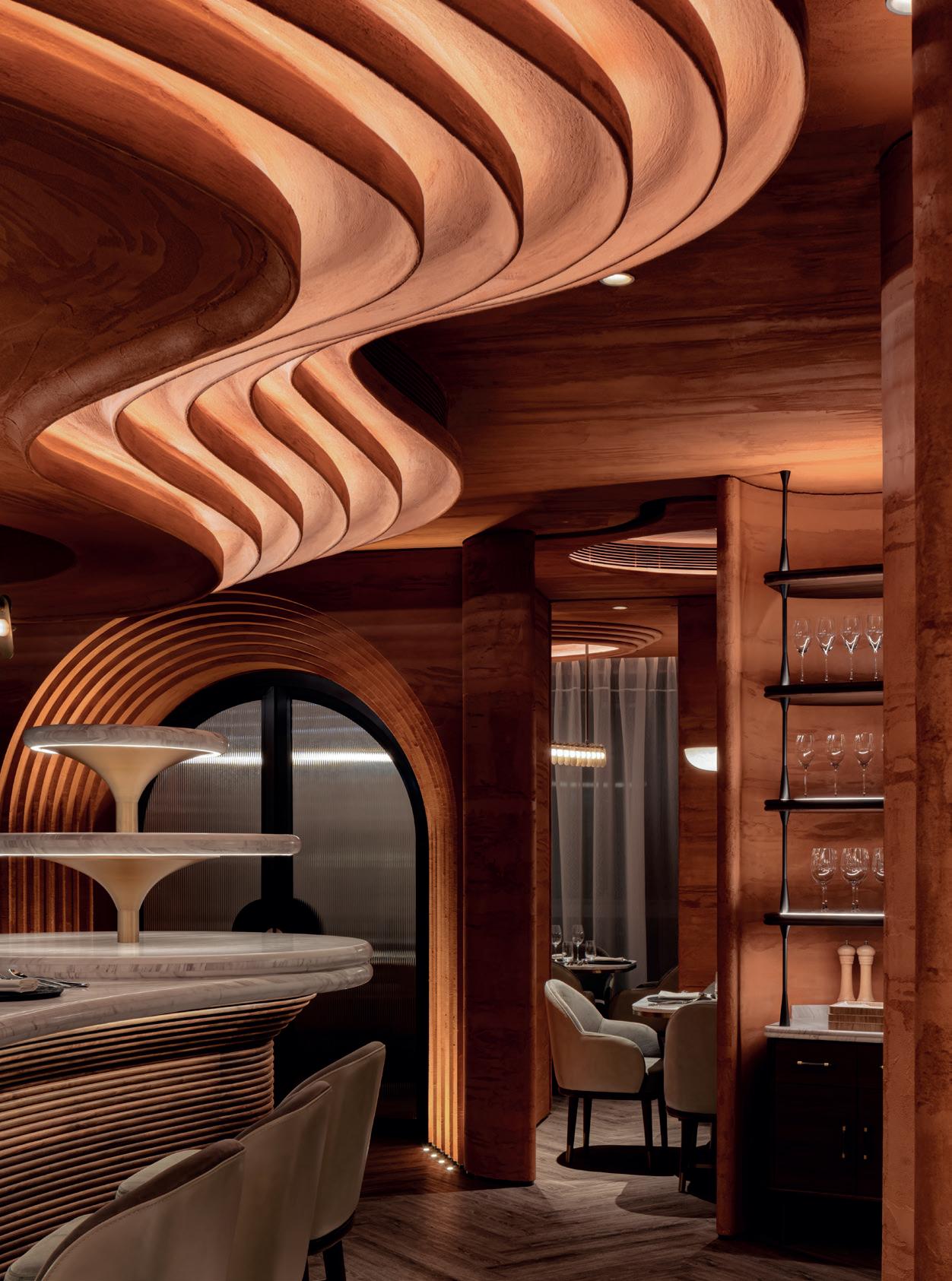
14 Portuguese Paradise
Just an hour from Lisbon, it’s no wonder Sintra—with its mild climate, grand estates and UNESCO heritage— attracts the rich and famous, says Ellie Howard
22 Artistic Habitats
Laura May Todd on new book “Inside the Homes of Artists: For Art’s Sake,” which offers a sneak peek into the private living spaces of creatives around the globe
28 City of Contrasts
Already a major art capital, Hong Kong is now gaining recognition for design, thanks to its unique space constraints and dazzling innovation, says Angela Hui
36 Crafting Joy
Architect Suchi Reddy talks to Elizabeth Fazzare about using neuroaesthetics to tailor each project to her client, creating calm as well as the wow factor
44 Branded Living
Emma Reynolds looks into the rise of luxury goods designers, such as Dolce & Gabbana and Fendi, offering resort-style living at home
50 Reading Time
Large or small, personal libraries are becoming an invaluable refuge in a screen-saturated era, reports Riya Patel

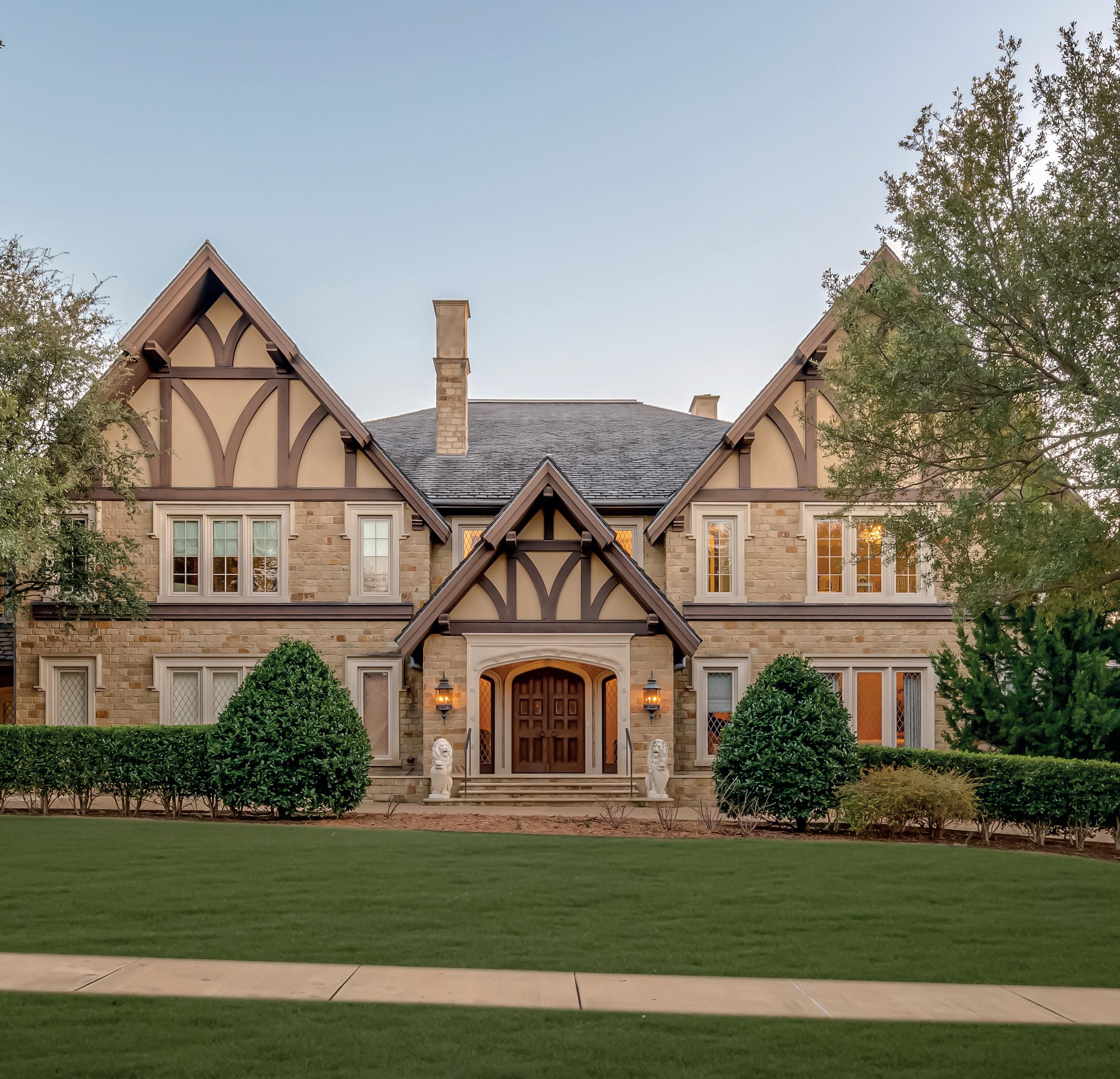
Two issues of Reside magazine are published every year by Sotheby’s International Realty, with two runs per issue
Sotheby’s International Realty
Publisher Kristin Rowe
Cultureshock
Editor Nancy Groves
Acting editor Francesca Perry
Editorial team Rachel Potts, Alex McFadyen, Deniz Nazim-Englund
Head of creative Tess Savina
Art editor Gabriela Matuszyk
Designer Ieva Misiukonytė
Subeditors Hannah Jones, Michelle Corps, Ro Elfberg, Susie Wong © Sotheby’s International Realty. 2025. Information here within is correct at the time of printing.
56 Gallery
The finest agents and properties in North Texas
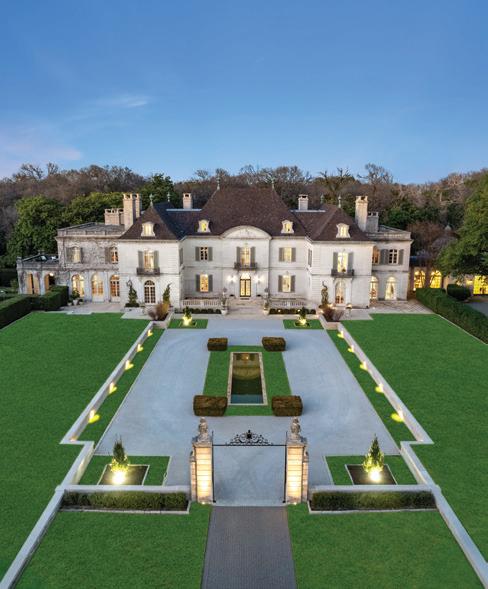
The estate of a lifetime: The incomparable Crespi house in Dallas, a 1938 masterpiece expanded and updated for today. It offers 10 bedrooms, 12 full baths, five half baths, a ballroom, conservatory, Art Deco bar room, glass elevator, sensory-deprivation float tank, gym with cryo, massage and steam rooms, two wine rooms and a 3,000-square-foot primary suite. For much more, see pages 58 and 59.
Living in Marfa, Texas, writers and photographers Molly Mandell and James Burke are intimately familiar with the harshness of the arid landscape in all its remoteness and scarcity. With every passing day, however, the couple also grow more attuned to the nuances of their desert environment, particularly the profound and spectacular beauty of its endless sky. “We’re in love,” they write in the introduction to their new book, “Desert by Design.”
Via the book’s expansive photography and intimate storytelling, Mandell and Burke take us around the world to break bread with others like them, the “dreamers and doers,” foregoing the conveniences of modern life in favor of living in more rugged terrain. Their journey spans the alien Joshua trees of California’s Mojave to the cleft red rock formations framing Jordan’s Wadi Rum, with visits to various creatives along the way.
According to the authors, “deserts are laboratories for all kinds of experimentation,” where artists, designers and visionaries forge new paths within the context of the land. The book begins in Makrana, the marble capital of India, where we meet designers Dushyant Bansal and Priyanka Sharma of Studio Raw Material. We get to know their eclectic design practice by taking a glimpse into their home, which, like many of their works, is made from the scraps of nearby quarries: the walls feature the rough textures of exposed stone, a contrast to the colorful polished slabs that form irregular mosaics on the floor. Their enormous black-framed windows add a modernist touch, merging the interior with exterior.
Mandell and Burke’s travels continue on to the storied Marrakech oasis of the late Yves Saint Laurent, and one couple’s roving camper in the Santa Cruz province
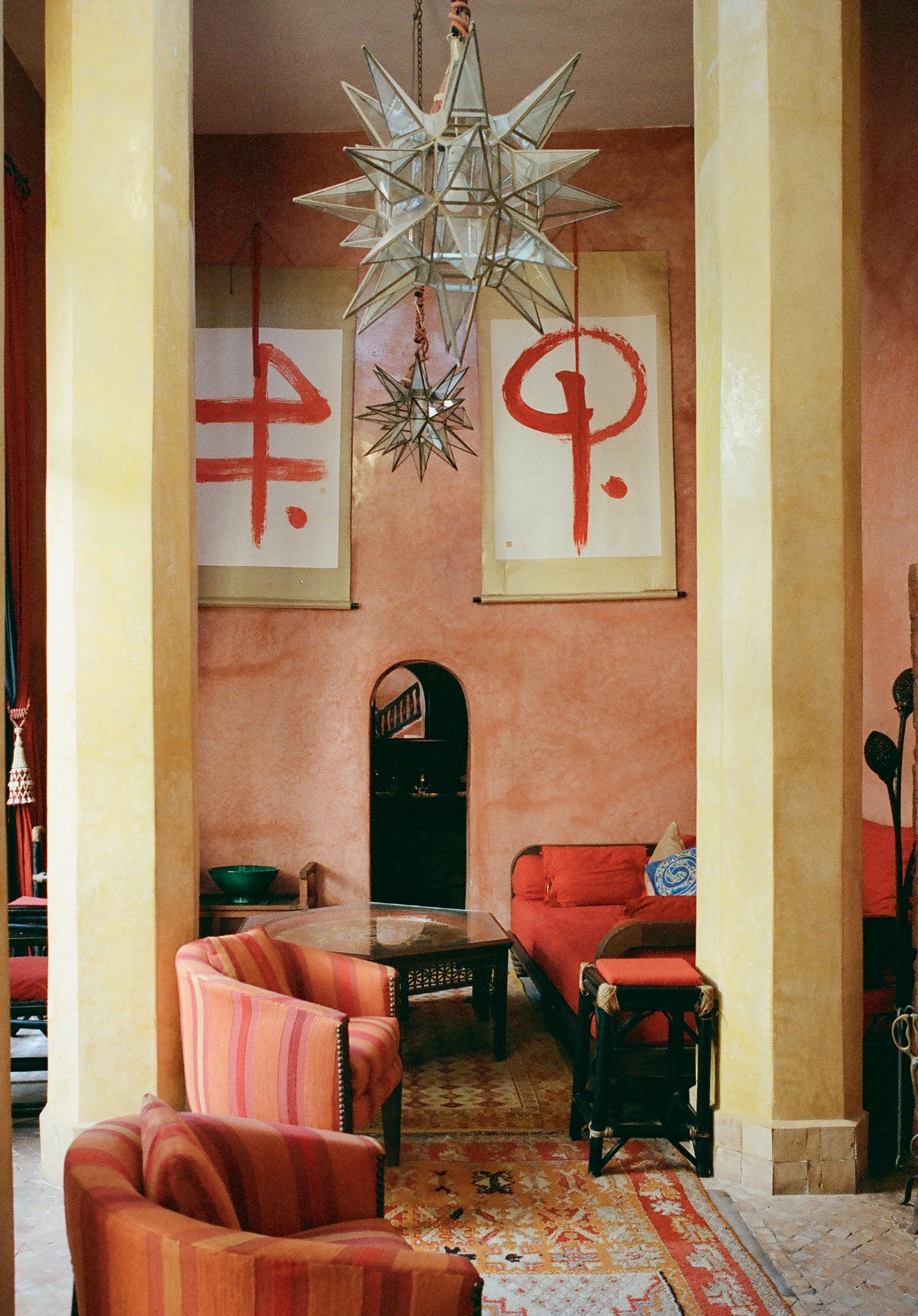
of Argentina, with many other places in between. Throughout, each home in the book is an expression of a personal philosophy, and the diverse ways one can carve out a life according to the landscape’s particular demands. Between the vastly different spaces, recurring design features—such as natural materials, minimal appliances and a conspicuous lack of curtains—reflect a set of common values: a heightened attentiveness to their ecological impact, the slow savoring of every moment, and the deepest reverence for their surroundings. As Mandell and Burke point out, dispelling the misconceptions of the desert: “In the midst of so-called nothing, anything appears possible.”
Janelle Zara is a Los Angeles-based journalist and critic


The arresting geometry of this twostory home is designed to harmonize with the surrounding Nevada landscape. The bespoke new build by design firm Blue Heron Elite is part of its Luminary Collection, architecturally distinct houses created for select neighborhoods across Clark County. Egress, which will be completed in November 2025, is one of several homes under construction in the gated community of Ascaya, Henderson, known for its “Desert Contemporary” style of architecture. Expansive glass pocket doors connect the interior of the 7,050 sq ft property—comprising five bedrooms, five bathrooms, generous entertaining space and a media room—with the outdoors, where the private pool, spa and wet bar look out to expansive views of the surrounding mountains and across to the Las Vegas strip (located only a short drive away). There is also ample on-site parking for five cars.
$10,800,000
Property ID: 8FNJQW
sothebysrealty.com
Las Vegas Sotheby’s International Realty Kaori Nagao-Chiti +1 702 360 1414


Wine collectors may be buying up Bordeaux and Burgundy, but they’re also seeking out suitable spaces to store their liquid investments
There aren’t many collectibles that are as delightful to consume as they are satisfying to amass, but wine is special, in the glass and in the cellar. And this is a great time to be a wine collector, as commercial interest in the area continues to grow.
Wine collecting is also evolving. Whereas Bordeaux used to be the collectors’ darling (and is still the backbone of most good cellars), there is now a thirst for Burgundy from oenophiles that, given the small quantities available, is almost impossible to assuage. And not just any Burgundy. “Collectors used to place more emphasis on the Grands Crus or the famous appellations, but now so much collecting is producerdriven. People will follow, say, Christophe Roumier or Jean-Marc Roulot,” says Lukas Dempsey, AVP in wine at Sotheby’s. This approach is true of Barolo, too. “Collectors are becoming more particular, wanting Vigna Francia by Giacomo Conterno, for example, or certain wines by Bruno Giacosa,” says Richard Young, Sotheby’s head of auction sales in fine and rare wines for the Americas. “Maybe these clients are more and more educated—or else they have that geeky side we associate with Burgundy, where collectors enjoy understanding specific plots.”
Dempsey concurs. “There is a focus now on the hyperlocal, the traceable, the sitespecific,” he says. It is even the case with Champagne: people who used to simply love Krug are now more excited about their single-plot cuvées, Clos du Mesnil, or Clos D’Ambonnay. Another advantage of concentrating on individual vineyards is that it is possible to collect them all. And not just to lay down or to sell. Collectors, particularly younger ones, also want to drink the wines. “They will buy at village or Premier Cru level because they want to really experience these wines and the prices of the Grands Crus make that difficult,” says Young. The wines needn’t be mature, either. Where, once, Burgundy under 20 years old was rarely seen at auction, now the vintages from 2020 and 2021 come onto the market.
While many collectors store their wine in professional cellars, to protect provenance, every wine-lover’s home needs storage that is kind to bottles. Ideally, that space will be below ground, for temperature control, including humidity. “People forget how important it is to maintain 70% relative humidity, particularly on the West Coast, given the dry climate,” says Young. Bottles should also be stored on their side, as having the wine up against the cork helps prevent it drying out; dried corks can shrink, allowing in air, which can oxidize the wine and spoil it. Also, if possible, the temptation to have a showcase should be resisted. However much people want to display their prize finds, direct light is terrible for wine. “Even [window] glass with ultraviolet protection isn’t ideal,” he says. Wooden cases might hide their contents from admiring eyes, but they safeguard the bottles.
Young’s key advice to homebuyers is: think big. “Architects or designers often ask their clients: ‘How big a cellar do you really need?’ And they may say 1,000 bottles and think that’s more than enough, but within a year every collector wishes they had asked for more space. I always advise them to opt for the largest area that is realistic, because it is much harder to extend.”
Nina Caplan is a wine, arts and travel journalist and the drinks columnist for Times Luxx


Patricia Gucci has channeled the wisdom she learned from her storied fashion family into a line of elegant luggage to elevate the airport experience
“Honestly, I was never interested in fashion,” says Patricia Gucci. The granddaughter of Guccio Gucci, who founded the famous Italian brand in 1921, continues: “When I was 18, I wanted to go to acting school, but my father [Aldo Gucci] pulled me into the business and that was that.” Four decades later—after roles as fashion coordinator, brand ambassador and on Gucci’s board of directors—Patricia is finally making her own mark on the luxury goods industry.
In 2019, she launched Aviteur—a line of chic travel accessories that builds upon her forefathers’ founding vision. “At its core, Gucci was a luggage and leather goods brand; fashion came much later, first with Luciano Soprani, then Tom Ford, which was the highlight, then the pop-culture frenzy of Alessandro Michele,” says Patricia. “It was fun to watch, but I can’t say I’m a fashionista per se. I don’t follow trends and Aviteur is not a fashion brand.”
Inspiration for her new venture struck at the British Airways lounge in London Heathrow Airport’s Terminal 5. Noticing how all the carry-on suitcases were invariably black and nondescript, “I decided there and then to make one of my own,” she says.
“Above all, I wanted something that stood out from the crowd, something that was recognizable by distinct style codes without a screaming logo.”
The result was the Aviteur Carry-on: a luxe take on the ubiquitous pull-along bag, crafted in calfskin leather and with woven panels reminiscent of vintage rattan suitcases from “Capri and Saint-Tropez in the 1960s,” she says. “So much time went into it, from the buttonless handle in Lucite to the ‘silent’ wheels.” Indeed, the wheels are
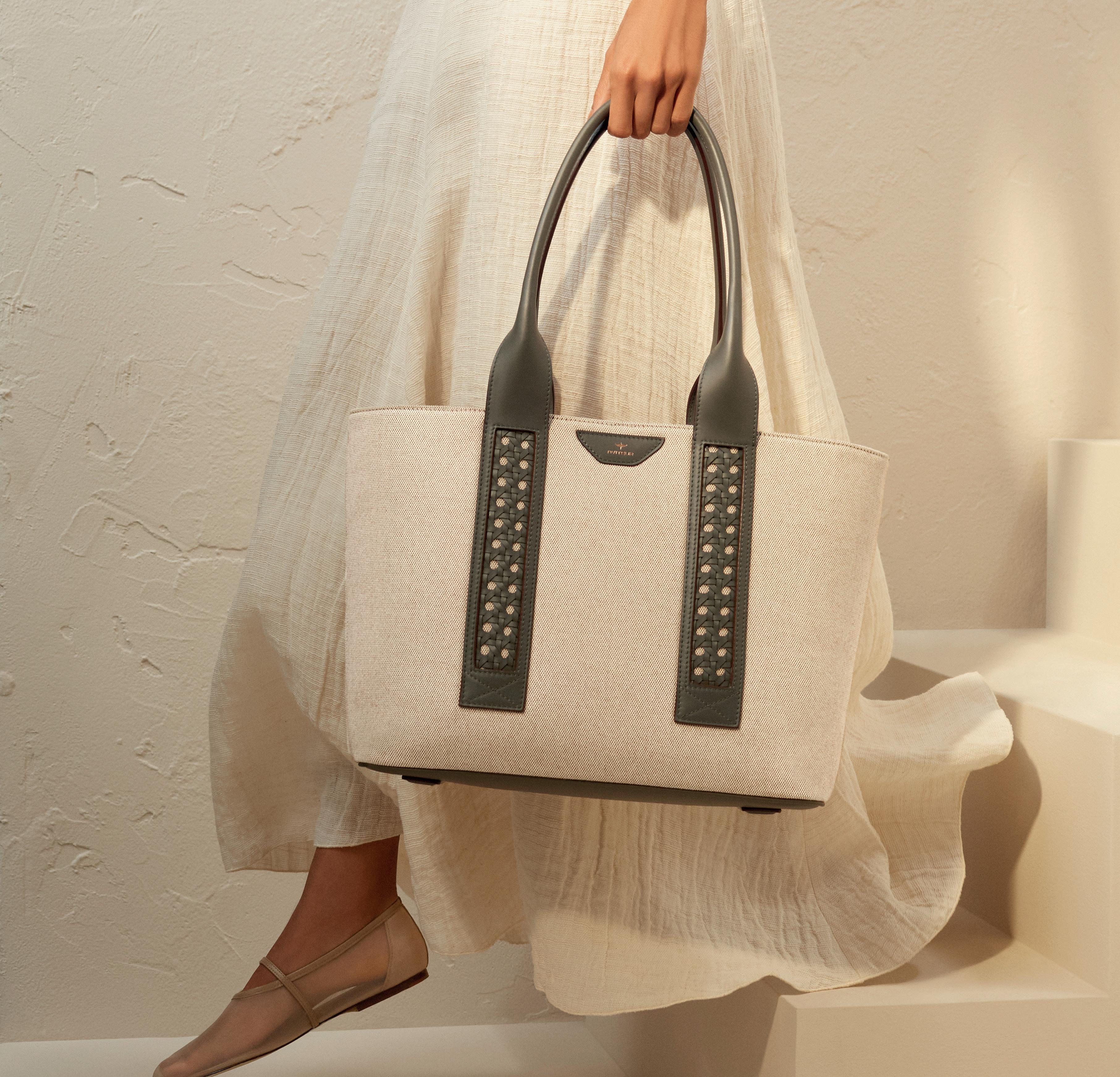
engineered with a sound-absorbing air chamber, while the handle, carved out of a solid block of Lucite, has a design patent. She has since added some 100 products to the Aviteur range. There are passport wallets, luggage tags, phone cases and petite handbags, all featuring the same intreccio leather. The signature woven pattern reappears as a detail on other pieces, too: on the straps of the boxy canvas and leather Cristallo backpack and edging the curvy cross-body Gigi Bag. Classic “Weekender” bags, various-sized pouches
and a garment bag round out what Patricia calls “an entire set for the jet.”
Across all designs of the Milan-based brand, craftsmanship is key. “Aviteur is 100% made in Italy, right down to the zips,” she explains. “We work with many suppliers who built their businesses around Gucci in the 1980s. I feel like I’m in good hands, like I’m keeping it in the family.”
The Gucci name has, of course, brought other advantages. “It was helpful in moving the needle for brand awareness,” she recalls. “Marketplace platforms such as Moda
Operandi and Net-A-Porter became customers overnight.” But does Patricia ever get tired of answering questions about her surname? “People can’t seem to get enough of Gucci, and I understand—it’s an iconic brand,” she says. Ultimately, she adds: “It was the wisdom imparted by my father that shaped what I’m doing today with my own brand. My sense of style and obsessive perfection in everything I do all come from my time working at his side.” Victoria Woodcock is a writer covering design, craft and art
A new generation has surpassed Baby Boomers as the biggest group of homebuyers—and their property preferences are distinct
The Millennial generation is breaking into the luxury property market in a major way. They number some 72.7 million in the U.S. and, according to the National Association of Realtors, surpassed Baby Boomers in 2024 to become the largest group of homebuyers at 38%, an increase from 28% in 2023.
With some $84 trillion expected to pass from the Silent Generation and Baby Boomers to younger generations, according to a January 2022 report from consulting firm Cerulli Associates, Millennials could inherit as much as $27 trillion by 2045.
One distinct aspect of Millennial buyers is, not surprisingly, their extensive use of social media in their property research.
“Social media is everything,” says Daniel Heider, global real estate advisor, TTR Sotheby’s International Realty in Washington, D.C. “Almost everyone uses social media. The smartphone is to our generation what the TV was to our parents and radio was to our grandparents. There’s nothing more important than attention—and most of the attention today is on social media.”
“I work with quite a few Millennials,” says Kelly Ladwig, global real estate advisor, Zeitlin Sotheby’s International Realty in Nashville, “and they have definitely been influenced by social media. Instagram has brought so many ideas and home features to so many people’s attention. Now, my clients
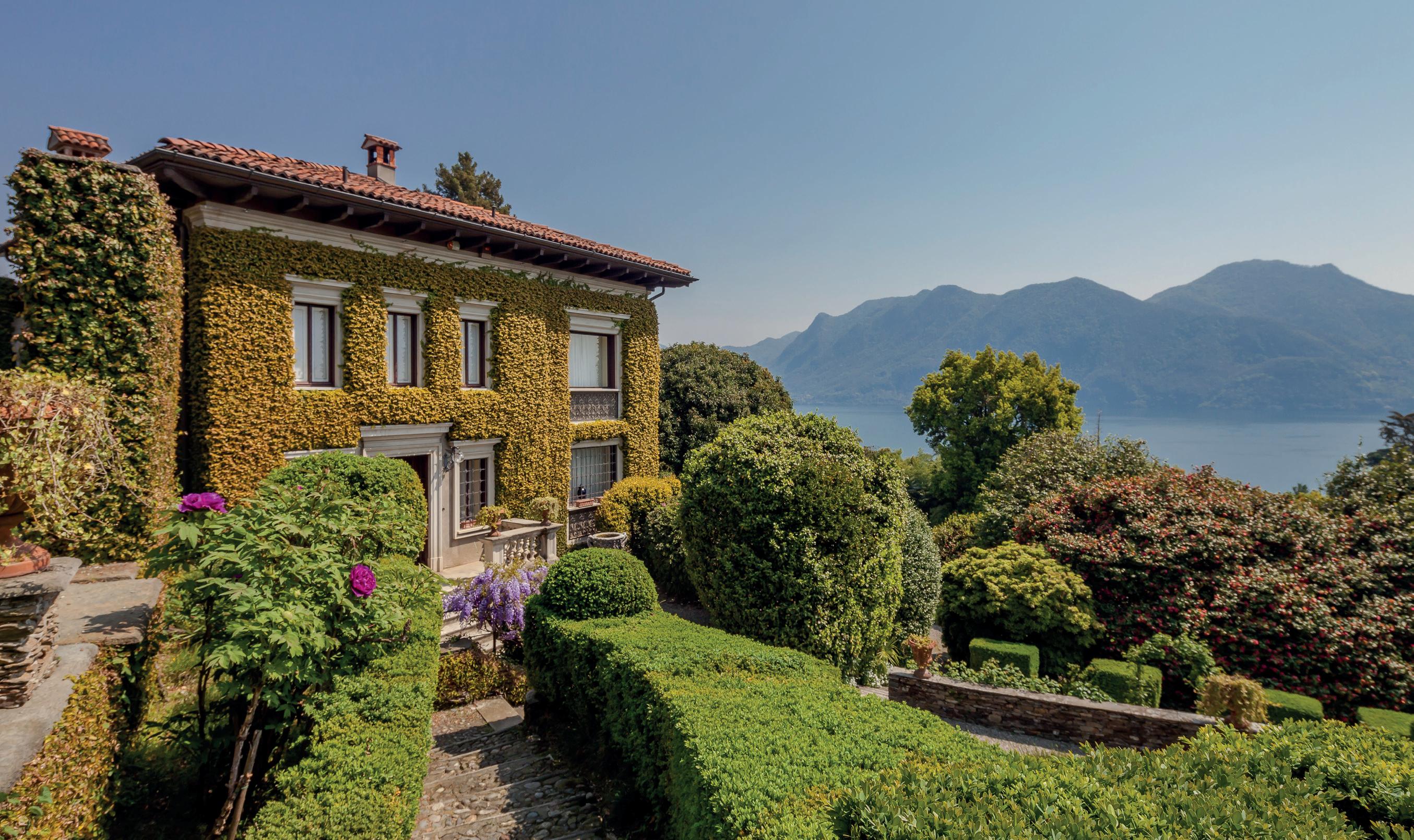

saunas” are popular. Millennials are not unique in prioritizing health-related assets: the Global Wellness Institute notes that the “wellness real estate” market—homes designed to support holistic health—may reach a value of $887 billion by 2027.
might want a walk-in scullery or a breakfast nook.” This generation is “savvy, smart and much more knowledgeable about what luxury is,” she says. “They expect wine storage, bars and outdoor entertainment, and for their home to be wired for sound and media. Many also want golf simulators and music rooms.”
Millennial buyers are looking for “turnkey properties,” says Heider. “They don’t want to deal with improvements. They want it ready, down to the landscaping, and they’re willing to pay for it.” That could include amenities, of which “wellness facilities, cold plunges, steam rooms, pickleball courts and infrared
Diletta Giorgolo Spinola, head of residential, Italy Sotheby’s International Realty, has seen a surge in Millennial buyers. The quality of life relative to the expense in Italy is more affordable when compared to places such as Paris and London, she says. While families are more inclined to buy homes in cities such as Milan and Rome, wealthy younger buyers, including “digital nomads” and those in venture capital or tech, are more likely to buy in places such as Lake Como and Lake Maggiore. These buyers also want a mixture of the old and the contemporary in their new homes. “The dream is a 21st-century home in a historic building,” says Giorgolo Spinola. “They want to buy properties with features
like an olive grove, a vineyard, or orange or lemon trees.” Equally concerned about the health of the planet, they are also looking for homes that are sustainable.
While the media has always shaped perceptions of luxury, the increasing presence of streaming has changed the game. Hit shows and films such as “Bridgerton” and “Saltburn” are feeding a taste for Old World glamour, and Giorgolo Spinola saw “‘The White Lotus’ effect” first-hand after the HBO comedy-drama set its 2022 season in Sicily, Italy. “Two months later, we had twice as many American and British buyers looking there,” she says. “It could be that, thanks to these shows, younger people understand that owning a piece of history is a status symbol. TV shows are definitely shaping their perceptions of what luxury is.”
Brian Boucher is a New York-based writer. His work has appeared in The New York Times, CNN, New York Magazine and Art in America

Find a slice of heaven in the charms of Sintra, a long-established hideaway for the rich and famous, says Ellie Howard
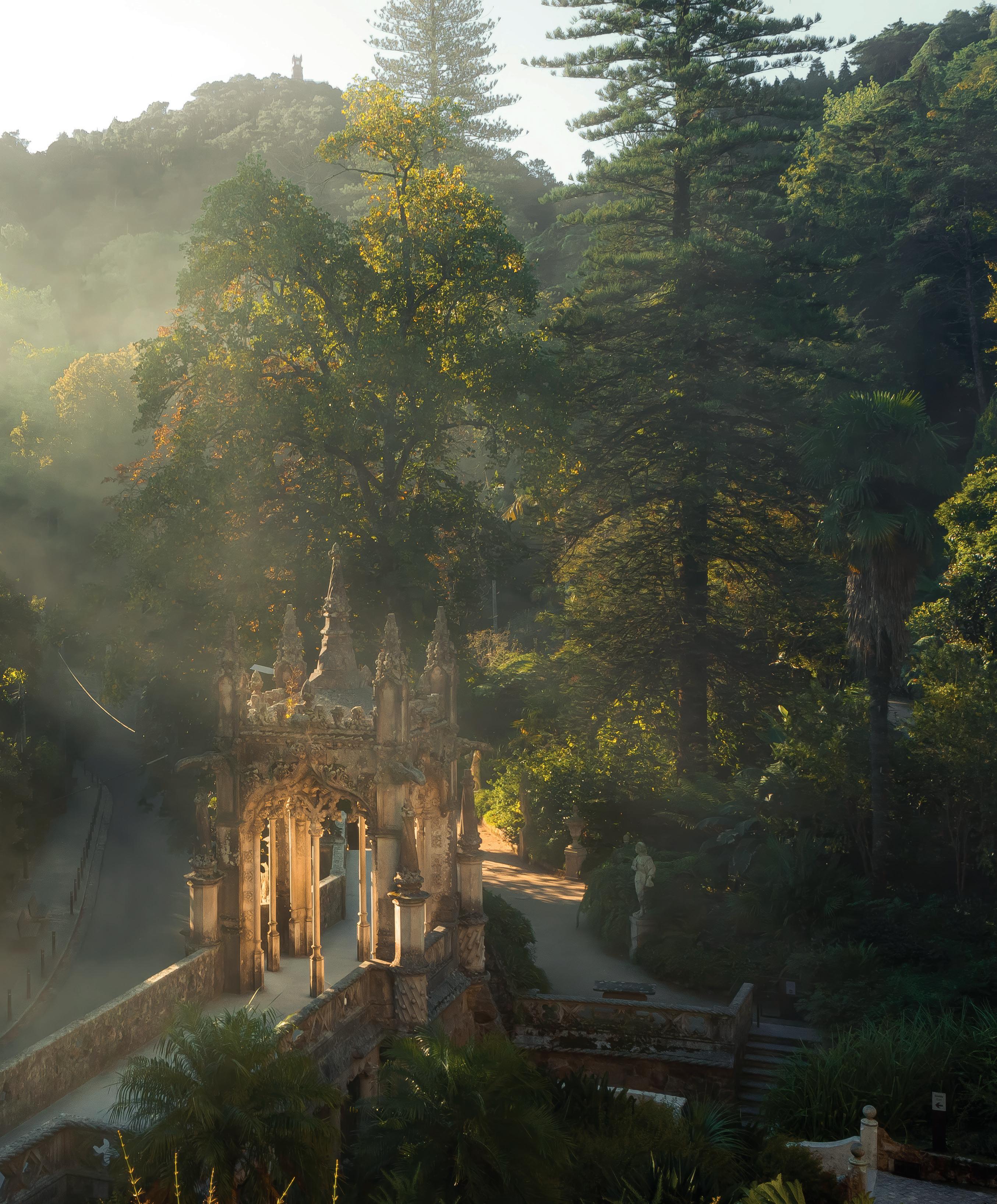
Although he only stayed for three days, Lord Byron was so taken by the “glorious Eden” of Sintra, Portugal, that he wrote his poem “Childe Harold’s Pilgrimage” while lodging at the town’s Lawrence Hotel. Since Byron’s 1809 visit, much of the surrounding landscape appears unchanged, including the bouldered rump of the Serra de Sintra mountain range, sprawling walls and parapets of the Moorish Castle, quaint villages shaded by eucalyptus, and pine forests at its foothills, leading towards coastal cliffs that drop sharply into the Atlantic. Except, of course, for the steady influx of tourists, for whom the Lawrence Hotel has loyally remained open for 260 years.
Sintra’s fantastical setting enchants those who stumble upon it. A longterm summer retreat for royalty, aristocrats, and foreign magnates, its stock of stately residences sees Madonna’s 18th-century Moorish Revival mansion neighboring Princess Elisabeth von Schmieder’s Quinta da Alegria royal estate. Both of which are also within spitting distance of Brazilian entrepreneur Renato de Albuquerque’s former summer residence, which has been newly transformed into the Albuquerque Foundation.
“Sintra is like a child’s dream, a madman’s dream, a poem, a painting,” French designer Philippe Starck, another local homeowner, told Spanish newspaper El País. “It’s where the most beautiful houses in the world are,” and where Starck says he goes to “get away from it all.”
Ancient empires, from the Celts to the Moors, have left their mark across several millennia, but it was Ferdinand II of Portugal who transformed Sintra into the center of 19th-century European Romantic architecture. The so-called ‘artist king’ erected Pena National Palace, an eclectic castle with operatic towers of Manueline and Moorish influence, on the ruins of an old Hieronymite monastery in 1839. The winding Rua Barbosa du Bocage links it with Sintra’s other iconic landmarks, the Palácio de Monserrate and the Quinta da Regaleira. These, along with the region’s many other monuments couched in mossy greenery, offer visitors a sensory journey through history—well deserving of the area’s UNESCO World Heritage status.
In the summer months, these centuries-old palaces and estates open up their ornamental gardens, transforming Sintra into an outdoor stage. A ballet festival occupies the grounds of the Palácio de Seteais; Sintra Festival, an international showcase of classical music, can be heard on the June winds; while Jazz em Monserrate takes over the town’s parks in September. Though MU.SA Sintra Museum of the Arts has long been home to local arts, the region has been lacking a museum

Previous page: A bridge leading to the Quinta da Regaleira, a former royal estate built in the early 20th century
Right: The Palácio de Monserrate is an example of Sintra’s Romantic architecture
Opposite: The Albuquerque Foundation, which opened in February, houses Brazilian designer Renato de Albuquerque’s collection of Chinese ceramics
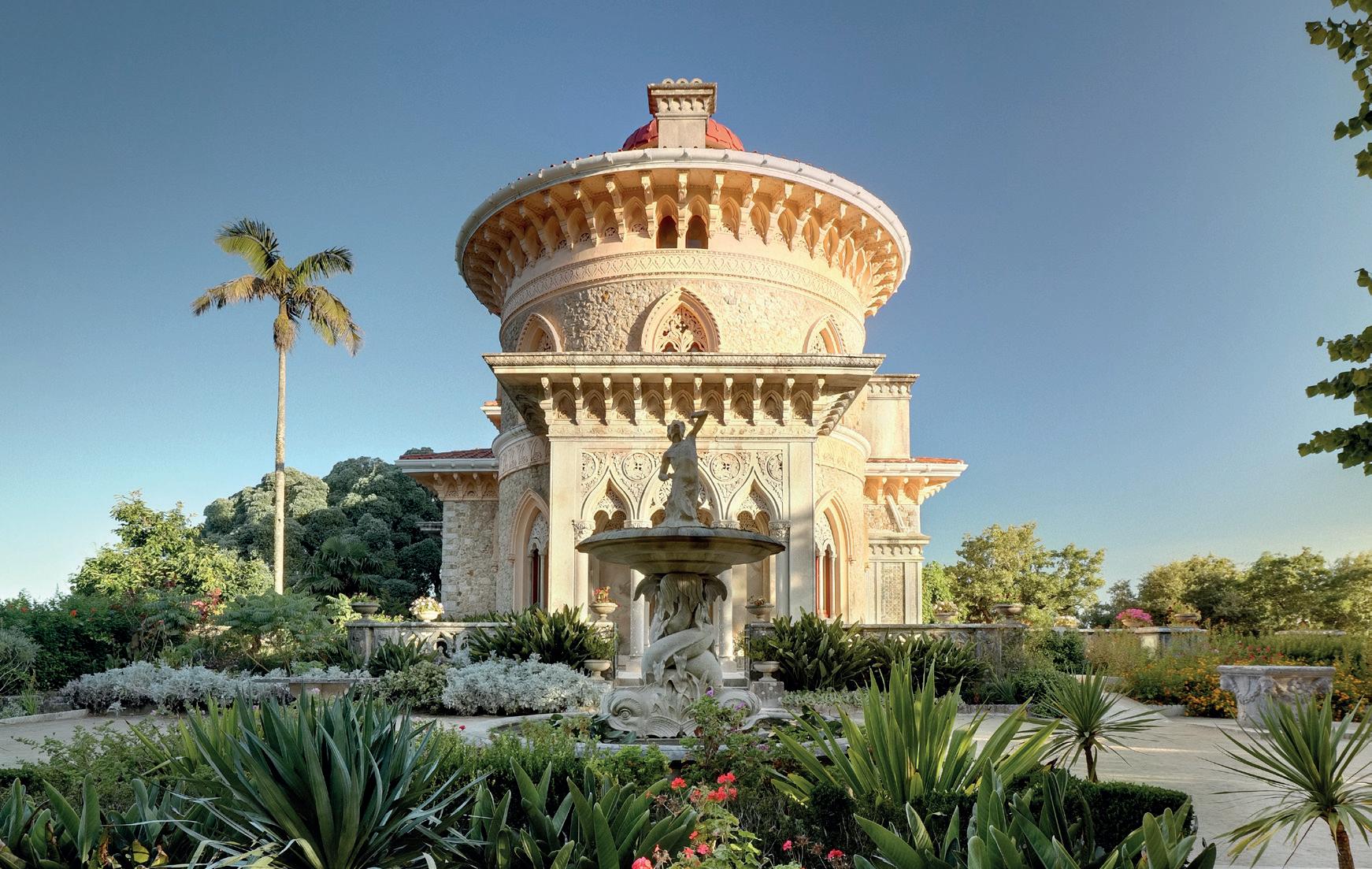

“ IN SUMMER, CENTURIES-OLD PALACES OPEN THEIR GARDENS, TRANSFORMING SINTRA INTO AN OUTDOOR STAGE




space—until now. In February 2025, the Albuquerque Foundation, designed by the Brazilian firm Bernades Arquitetura, opened in the village of Linhó. Housing Albuquerque’s collection of more than 2,500 pieces of Ming and Qing dynasty export porcelain, it will highlight Portugal’s role in East-West trade, alongside rotating exhibitions of contemporary ceramic art.
Quinta da Beloura, a luxury residential community designed by Albuquerque in the 1990s, sits next door to the foundation, while, with clipped precision, more modular villas by RCA (Regino Cruz Arquitectos) and Hyde + Hyde snake around the 18-hole Pestana Beloura golf course, designed by American golfing architect Rocky Roquemore. The nearby equestrian center hosts polo and dressage, and the community’s notable residents include footballer Cristiano Ronaldo, American businessman Shahal M. Khan, and several former Portuguese prime ministers.
In Sintra’s northern foothills, Colares is another property hot spot. The village’s cobbled-lined streets lead to characteristic Pombaline-style residences and late 19th-century alpine chalets. Its sandy loam marks it out as one of Portugal’s oldest wine terroirs, where rare Avesso and Ramisco varietals ripen under the sun at the Quinta do Casas Novas and Adega Viúva Gomes vineyards. A flea market opens on Saturdays opposite the fabled Ribeirinha de Colares restaurant, while several grand estates mean Colares has some of the highest property prices in the Sintra region, where the median house price is $5,728/m².
Quinta da Bella Vista, the former home of English crime writer Arthur Conan Doyle, sits a few miles outside the village. Leveled on the hillside, the 10-acre estate is built of multiple properties in Palladian architecture with neo-Gothic and neo-Moorish hints. Following Doyle’s death in 1930, his playboy son Adrian inherited the run of the grounds and expanded it into the luxury rental—with garden theatre—it is today.
In the 1940s, Sintra became a palatial playground. Quinta da Bella Vista hosted everyone from South African poet Roy Campbell to American actor Gloria Swanson, while Franco-American energy tycoon Pierre Schlumberger’s 100-acre estate became a veritable party pad. Princess Margaret caused quite a stir when nearby chalets were instructed to shutter



their windows as she bathed in the pool of the Casa Holstein hotel. The casino in Sintra’s coastal village, Azenhas do Mar, heaved.
While the casino is long gone, in many ways Sintra is still a resort town. The residential property market attracts international buyers, traditionally from Brazil, the United Kingdom and France, with a recent surge from North America. In 2023, Sintra registered 63,220 foreign residents, 32.8% more than the previous year. Portuguese real estate has garnered attention ever since the Non-Habitual Resident regime and Golden Visa scheme were announced in 2009 and 2012 respectively, although the government has excluded real-estate investments as a pathway to residency as of 2023. The revised program now requires a minimum investment of $520,000 in eligible funds, venture capital or business ventures, or a charitable contribution of at least $260,000—still attractive terms. In 2024, house sales prices in Portugal rose by 10% according to real-estate intelligence company Confidencial Imobiliário.
These incentives, along with the mild climate and scenic views, have attracted northern European transplants by the planeload. Brussels power couple Bernard Roché and Christina Cunningham Roché recently exchanged gray Belgian skies for a 19th-century manor in Sintra, while French interior designer Arnaud Cabri-Wiltzer has restored Casa das Rosas, a chalet that was originally designed by the family of Portuguese architect Raul Lino.
Creative projects are flowering in unexpected corners, like the farmrestaurant Campo Escondido and the artistic residency La Nave. This has also sparked a new wave of hospitality with a sexier edge. Hotel Marqí offers a Hollywood-inspired atmosphere with meticulous cinematic detail, and the slick Argentinian duo, Nicolás Lehmann and Franco Bordoni, have acquired Quinta Santa Maria Sintra and the 300-year-old Palácio da Fonte Nova in Queluz, where they have installed Michelin-starred chef Joachim Koerper. While Sintra’s sense of quiet luxury persists, this fresh influx of residents in search of their own private “Eden” certainly seems to be ushering in a new era. 0 Ellie Howard is a culture writer and researcher, based in Lisbon, Portugal

Dutch businessman and consul Daniel Gildemeester paid homage to Pombaline architecture when he built the Quinta da Alegria country estate in late 18th-century Sintra, Portugal. Named after the first Marquês de Pombal who rebuilt Lisbon after its 1755 earthquake, this style is known for its elegant, symmetrical and anti-seismic design. In 2007, Quinta da Alegria was carefully restored by a family with Austrian royal heritage. Many original features have survived—including the exquisite painted ceiling in the grand library—but are now enhanced by contemporary additions, including an elevator and heated swimming pool. The main manor, along with two guesthouses and a caretaker’s house, sits in a 10-acre landscape of terraces, pools and trees, with a citrus grove, lake and grotto. It affords stunning views over the historic sites of Sintra, including the adjacent Seteais Palace, a neoclassical masterpiece, which is now a five-star hotel.
Price upon request
Property ID: D9MKWR sothebysrealty.com
Portugal Sotheby’s International Realty Susana Carreira +1 351 919 192 919

Going inside the private abodes of celebrated creatives, a new book explores whether home is where the art is, writes Laura May Todd
House museums have long been a source of fascination—and even infatuation—for visitors. Like a frozen-in-time shrine, they offer an intimate snapshot of the daily workings of people whose lives are often shrouded in intrigue, from writers and actors to artists and designers. But they also answer the somewhat nosy question of how celebrated figures really lived: what kind of t chotchkes did they keep on their mantel? What does their kitchen look like? Were they the type to cook lavish dinners for dynamic groups of friends and acquaintances? Or were they the sort who only used the oven to store books? These things can tell you a lot about a person.
In the foreword to the new book “Inside the Homes of Artists: For Art’s Sake,” published by Rizzoli, curator Hans Ulrich Obrist confesses a similar passion for house museums. He writes of visiting 19th-century painter Gustave Moreau’s former home in Paris: “[It] was a ‘Gesamtkunstwerk’ [total work of art], full of Moreau’s drawings and collections. It was like looking into the mind of the artist, enabling me to start to understand his way of thinking.” While house museums allow us a glimpse into the minds and habits of artists long gone, to have the opportunity to peek behind the curtain into the inner workings of artists currently at the top of their creative game is so much more riveting. This book—written by art collector Tiqui Atencio Demirdjian— does exactly that, inviting the reader into the private domains and studios of 24 of the most prolific artists working today.
For all of these artists, the home plays a pivotal role in their practice: as a staging ground for in-process works; a compendium of inspirations and objects to be referenced; and often as an archive of rough drafts or discarded ideas. Some have filled their home with their own art, such as the Los Angeles-based French artist Claire Tabouret, known for her evocative, figurative paintings, often highlighted with fluorescent shades. Between the antique wooden ceiling beams of her 1920s cottage in the neighborhood
of Los Feliz, she has painted vibrantly colored, fresco-like portraits inspired by the kind depicted on Tarot cards—yet based on real figures from her family.
Others have banished their own work almost entirely, preferring to keep a strict separation between studio and sanctum. This is the case with Indian artists Subodh Gupta and Bharti Kher, internationally acclaimed for their sculptures and installations—Gupta’s often incorporating everyday objects and Kher’s exploring themes of identity and mythology. The couple tell Atencio Demirdjian that while they often bring art home from the studio, they choose not to fill their house with it completely. Naturally, a few pieces live in their new-build apartment in the outskirts of New Delhi, but for the most part they have chosen to populate their house with antiques and work by other artists. According to the couple, they see the primary purpose of their private domain as a place to welcome friends and family, especially in the form of intimate dinner parties.
The home of prolific South African artist William Kentridge—renowned for his evocative charcoal drawings, stop-motion animations, and multimedia installations—similarly centers family. But unlike Gupta and Kher’s blank-slate apartment, Kentridge’s Arts & Crafts-style Johannesburg house comes steeped in history. The artist’s parents bought it in 1964 when he was just 9 years old. After moving away and starting his own family, he returned to the house in the late 1990s with his wife and children, where they have been living ever since. Of all the homes in the book, Kentridge’s feels the most inextricable from his practice—likely because of this history. He tells Atencio Demirdjian of his teenage years when he attempted—and failed— to build a makeshift studio in the garden. Later on, he turned the living room into his personal workspace, becoming the fulcrum around which his family revolved. Today, the living room is an inviting retreat, with several shelves of bronze sculptures from his 2017 “Lexicon” series presiding over heaving bookcases, a handsome hearth and several comfortable sofas.
Then there is the Rio de Janeiro home of Brazilian artist Ernesto Neto, known for his large-scale experimental installations, which, as Atencio Demirdjian writes, “make or remake connections between the body and the mind, between ourselves and our surroundings, between different individuals, between humankind and




“ IT WAS
nature, between the past, present, and future.” Indeed, Neto tells her he chose the apartment, sandwiched between the city’s vibrant Copacabana beach and the soaring Sugarloaf mountain, for its proximity to nature.
In fact, throughout Neto’s home one can sense a yearning for a closer relationship with the natural world. In addition to art, plants and a few pieces of mid-century Brazilian furniture is Neto’s vast collection of objects made by the Indigenous communities of Brazil, which includes hanging textiles by the Shipibo and Huni Kuin tribes, who he praises for the sophisticated knowledge they have developed for working in sync with the earth. “There is a word from the language of the Krenak people: ‘Taruandê’,” he explains to Atencio Demirdjian. “It describes a dance between the sky and the earth, and how in that dance these two organisms interact and exchange. Such precious thinking is all around us. We need only to open our hearts to it.” It would be convenient to declare there is a thread that winds its way throughout the homes in this book, but inevitably each one is deeply personal. Yes, the homes are filled with art, and are largely eccentric and luxurious, teeming with covetable antique furniture and beautiful souvenirs from extensive travels. But once you get into the minute details of why each artist has chosen to furnish their life just so, it’s clear that each of their spaces is as unique to them as their practice. 0
Laura May Todd is a Milan-based design writer

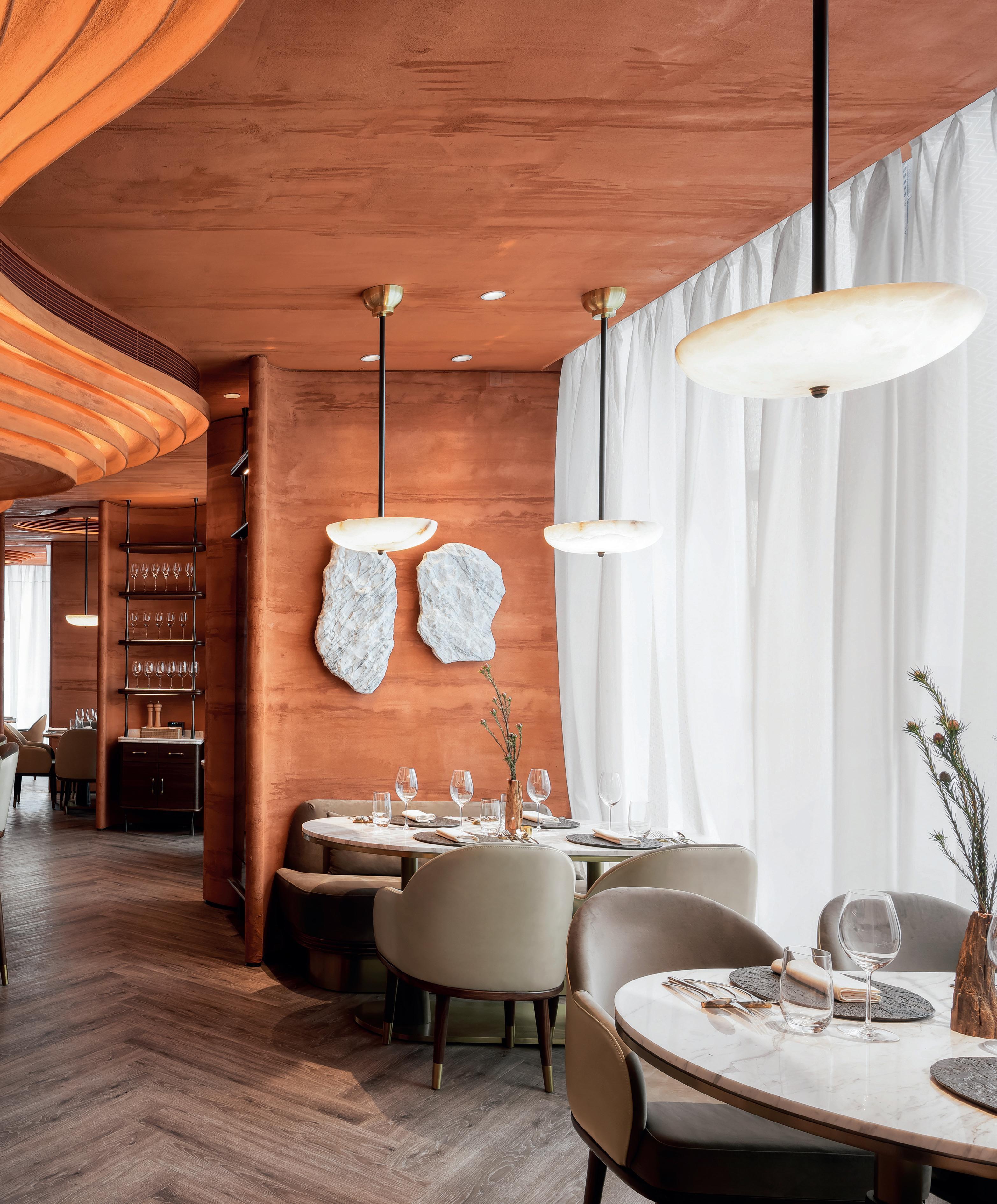
In Hong Kong, designers get creative with craft and culture—leading to blended styles and solutions, says Angela Hui
Every March, the global art fair Art Basel takes over Hong Kong, bringing together collectors, travelers, designers and artists from around the world—and highlighting the city’s unique creative identity. Hong Kong is one of the world’s best examples of the confluence between East and West: where old meets new, temples stand alongside skyscrapers, and tong lau walk-up tenement buildings live next to shiny penthouses. For decades, it has held the reputation of being the gateway to Asia, also known as “Asia’s World City,” becoming a center for major banks, hospitality, retail and home-grown talent.
“Hong Kong’s creativity is deeply tied to its role as a global commerce hub, making its design scene highly commercial,” say Dilara Kan Hon and Bodin Hon, the husband-and-wife founders of Yellowdot, a multidisciplinary studio based between Hong Kong and Istanbul that makes colorful lighting and furniture. “But there’s also a growing appreciation for more experimental, artistic and sustainable approaches, fueled by a younger generation of designers and makers looking to push boundaries.”
While Dilara was raised in Istanbul and Bodin grew up in Hong Kong, the couple met when they were studying product design at Milan’s Istituto Europeo di Design. Together, they challenge and complement each other, combining Dilara’s artistic flair with Bodin’s technical precision, resulting in useful yet playful designs. One project that embodies this is Hatch, a collection of light pendants, cabinets and room dividers that utilizes real eggshells within its products. Collected from local homes and bakeries, the recycled eggshells are cleaned before each shell is delicately split and hand-arranged to form a patterned texture, which creates a warm, unique, light-scattering effect.
“We have always been fascinated by eggs— their shape, the biology behind them, and the science involved in their creation. They exemplify natural design and connect to the rich tradition of Asian egg-related art, such as egg carving and eggshell lacquer,” they explain. “Hatch has allowed us to merge this cultural heritage with modern design techniques, creating pieces that are both functional and artistic.”
Hong Kong’s design scene is still emerging, however the city is quickly gaining recognition as one of the art world’s major capitals. With the spotlight on Hong Kong through Art Basel, there is hope that design will soon follow in art’s successful footsteps. Across architecture and product and interior design, the city’s
“ THERE’S A GROWING APPRECIATION FOR MORE EXPERIMENTAL APPROACHES ”
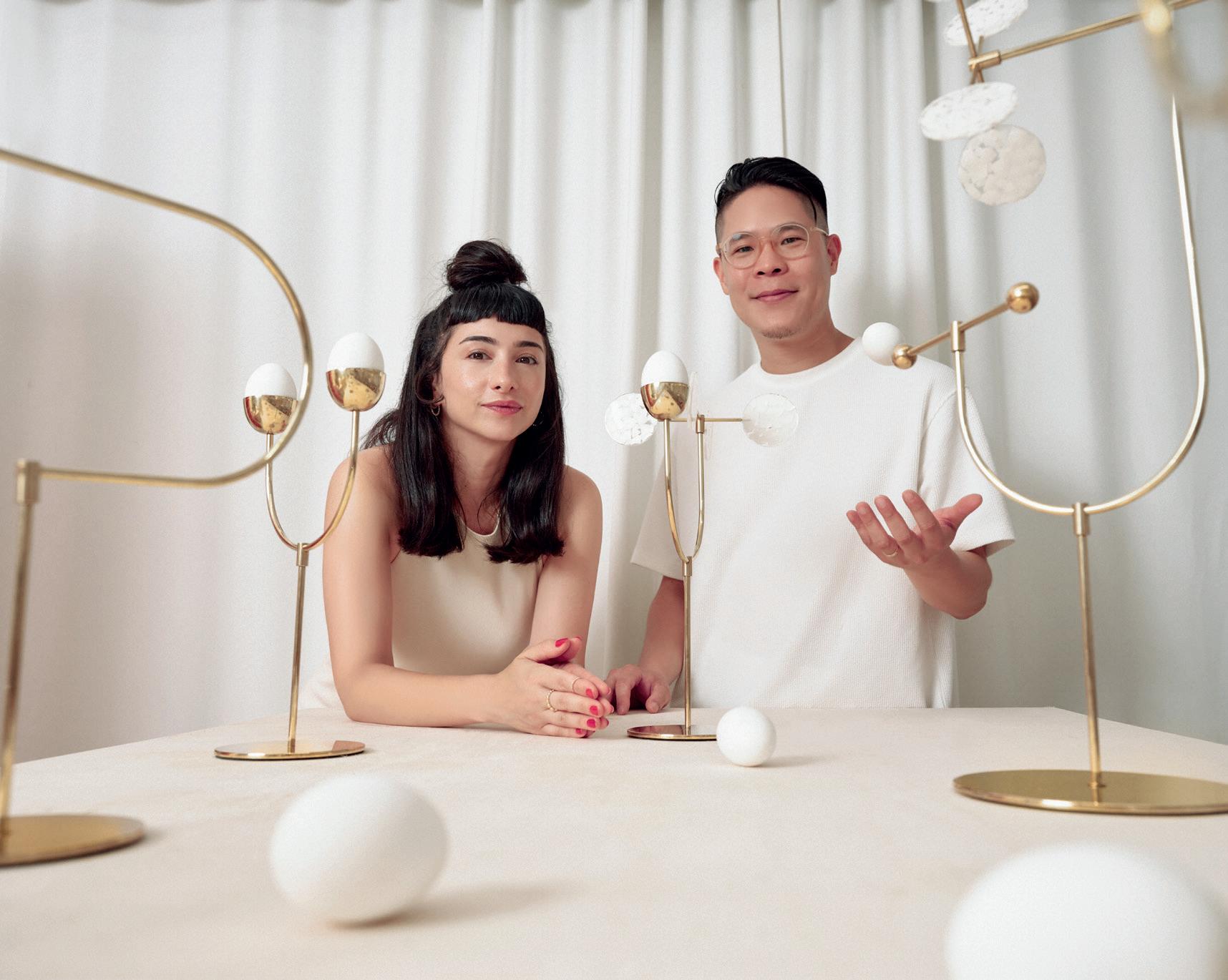


aesthetic has evolved organically, shaped by practical needs rather than a particular creative movement, but designers continue to innovate, while reflecting Hong Kong’s identity.
Keith Chan, founder of Hong Kong’s Hintegro interior design studio, is behind some of the most stylish residential homes, bars and coffee shops in the city. Born and bred in Hong Kong, Chan is grateful to have lived through the 1980s and witnessed the 1997 handover of Hong Kong from the U.K. back to China. This history has shaped the city’s creative landscape, he says, but it’s also fueled a shift toward speed—fast fashion and fast production—which has, at times, impacted the quality of design. “That’s why I incorporate local craftsmanship into my projects, particularly in residential designs,” says Chan. “Featuring local carpenters allows me to showcase their skills and remind people that artisans and handmade work are still valued in Hong Kong.”


He approaches each project like a doctor, diagnosing clients’ needs to weave their stories into personalized designs. To create effective solutions, Chan imagines himself in his client’s shoes and uses every inch of space to its full potential. “I reflect on how they will spend their time, from the moment they wake up, and how their habits influence their routines,” he says.
Within the city’s unique ecosystem, creatives must often navigate an unconventional path. Hong Kong is one of the most densely populated places in the world, but the scarcity of space can, in fact, be a chance to push boundaries and think outside the box. For Myron Kwan, founder of architecture and design firm M.R. Studio—specializing in hospitality, commercial, residential and office premises— limited space is an opportunity. “Functionality is our foremost priority [and] the backbone of our designs,” he says. “To navigate this constraint, we focus on thoughtful, thematic concepts and

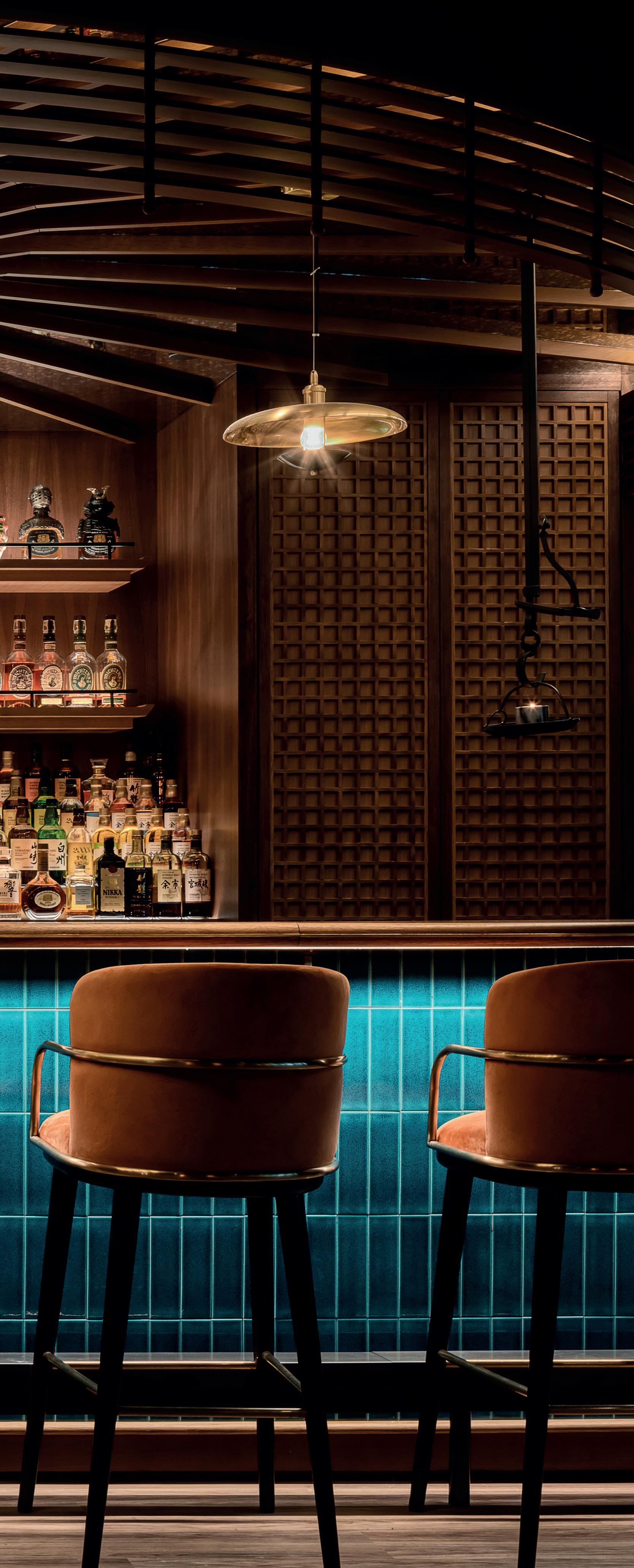
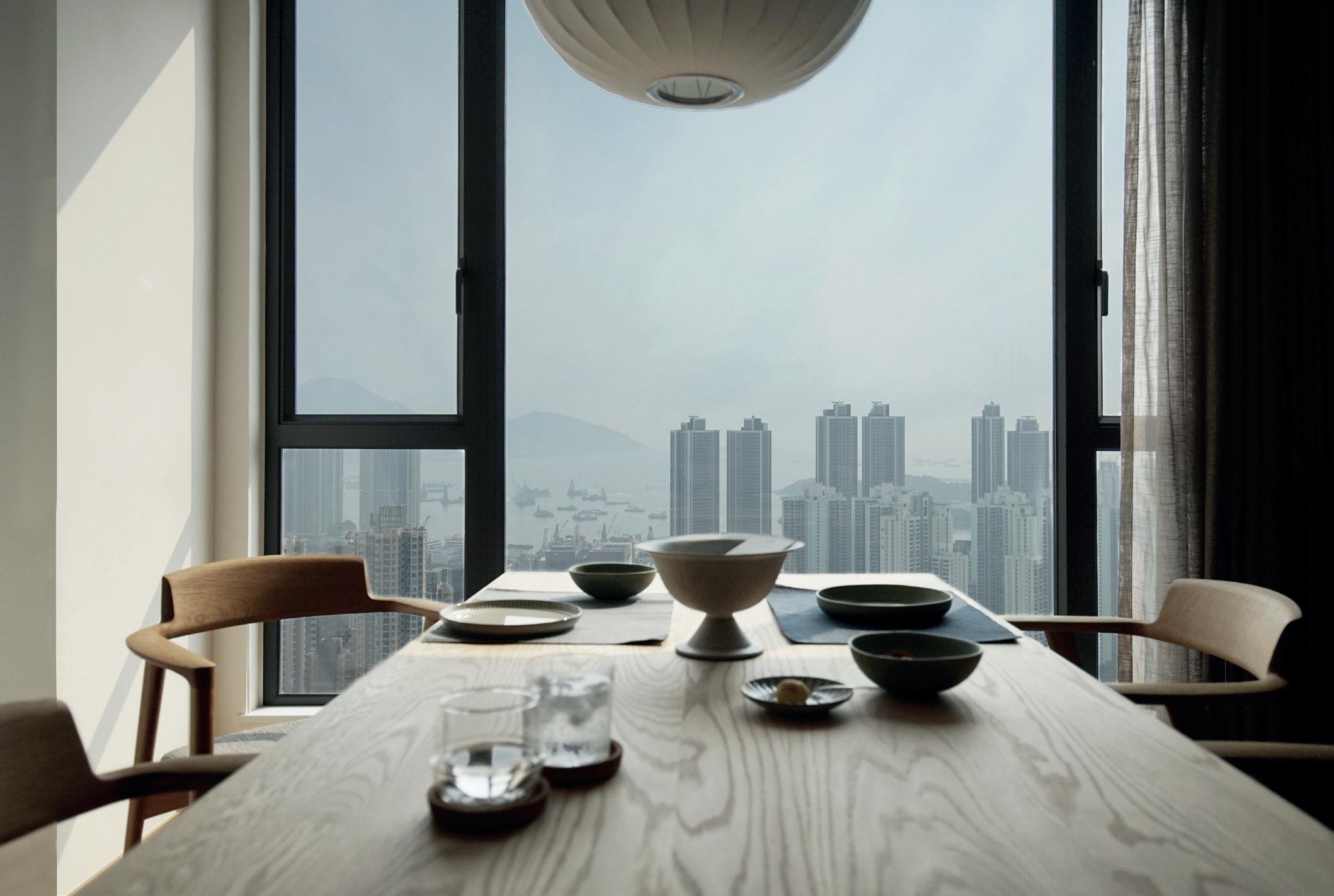

meticulous attention to detail, ensuring we maximize the potential of each project.”
At the studio’s 2021 project Bar de Luxe— a Japanese speakeasy cocktail bar in Central, an area packed with skyscrapers, malls and restaurants—Kwan designed a luxurious atmosphere by combining traditional Japanese craft with contemporary elements, such as raw timber, handmade turquoise tiles and velvet drapery. A light above the bar is even inspired by wagasa , the traditional oil-paper umbrella used in tea ceremonies and kabuki theatre.
Tradition meets modernity at the Kitin also, a fine dining experience on the 101st floor of the ICC—the tallest building in Hong Kong— where Kwan reinterpreted the Chinese “wuxing” elements of gold, wood, water, fire, and earth in his choice of materials. Meanwhile, the sweepingly organic, rust-colored interiors of the restaurant 1111 ONES, take their visual cues from Antelope Canyon in Arizona, more than 7,000 miles away.
Hong Kong is a city of two halves. On one hand, it’s a whirlwind of energy, with a constant buzz of activity and an undeniable drive. On the other, with lush forests, tranquil beaches and peaceful islands, serenity is just a stone’s throw away. It’s no surprise that designers draw inspiration from this duality as a way to thrive in the city’s vibrant pulse, while reconnecting with nature to escape the chaos. “Observing patterns, textures and moments of beauty in ordinary life often sparks ideas,” say the Yellowdot co-founders. “We’re inspired by contrasts— the old and new, the traditional and innovative—and by experimenting with materials and techniques to discover something unexpected.” 0
Angela Hui is a London-based author, journalist and editor

Architect Suchi Reddy creates happiness—and her designs for homes are based on feelings and science, writes Elizabeth Fazzare
Calling Suchi Reddy a multi-hyphenate creative really doesn’t do her justice. In the past year, the architect, designer, artist, and founder of New York-based studio Reddymade launched her first furniture collection, in collaboration with luxury Indian textile atelier Ekaya Banaras; curated an exhibition celebrating Indian craft at New York gallery Salon Design; created an installation for the world’s largest color library; taught architecture students at Columbia University’s Graduate School of Architecture, Planning and Preservation—and still found the time to design a variety of residences, boutiques and public projects. One could say that a dedication to constant experimentation drives Reddy’s prolific practice, but she often describes it with a softer term: feelings.
“Conceptually, that’s the through line” in every project, says Reddy, who established her studio two decades ago. “What are the feelings that I want to be able to explore? What are the feelings that my clients want to feel? And how can we use the environment to amplify that?” Though this approach may seem difficult to apply to furnishings or finishes, surprisingly, scientific thought has long provided Reddy with a helpful framework. Using the guiding principles of neuroaesthetics, a field of study that explores how art and beauty can positively affect people’s wellbeing, Reddy designs projects that not only look good, but make their inhabitants feel good, too. She calls this mantra “form follows feeling.”
As diverse as Reddy’s work is, half of it is rooted in luxury residential projects: designs for ground-up construction, renovations, and interior transformations that help homeowners capture such desired moods in their most personal spaces. Often, this process involves parsing the references they “love and respond to” in order to create what they are really looking for: comfort.
“The opportunity to design something really tailored that conjures this beautiful sense of being enveloped is a joy to me,” explains Reddy. “I always say we work together [with clients] on our residential projects because we always end up with something that neither one of us had any preconceived notion of.” While the creative admits her own “modernist sensibility,” balancing it with a client’s taste, contextual considerations and their lifestyle often leads to bespoke solutions. Aesthetically, this means that Reddymade’s portfolio of homes is just as varied as their owners.
For contemporary artist Ai Weiwei, Reddy created a 2,000-square-foot linear extension to his upstate New York weekend house. Hexagonal in section and minimalist in material palette, it provides a new two-bedroom guest wing, each end capped by glazed porches. Strategically placed picture windows along one side offer views over the farm property while protecting artworks in the central living area, where they are displayed among his well-curated selection of antique and vintage furnishings.
In Beverly Hills, California, Reddy transformed the interior of an angular house into a soft, serene family abode, focusing on the opportunities of its natural lighting to illuminate different rooms and objects over the course of the day. Integrating plush modern furniture with carpeting and rugs crafted an


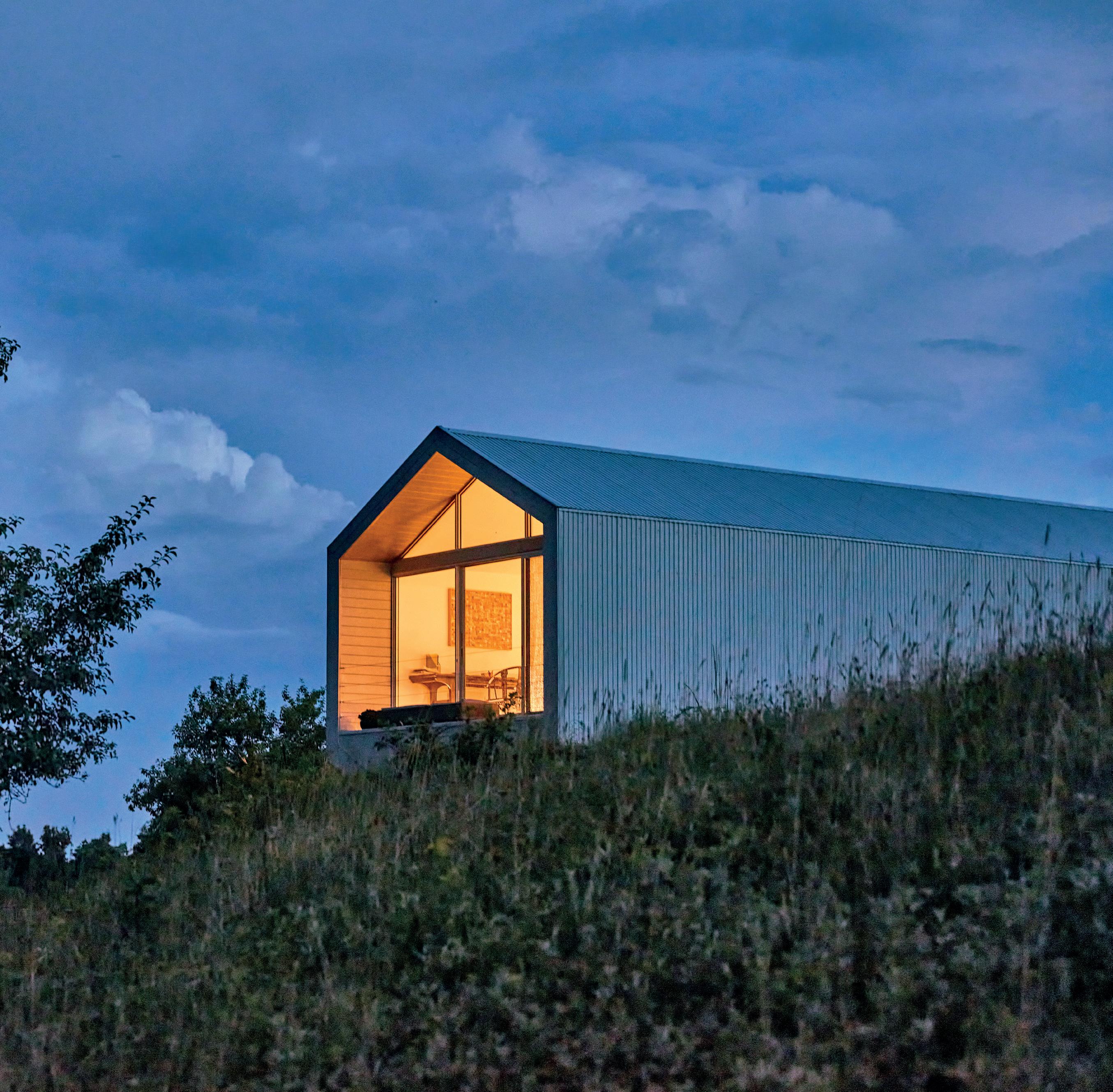
“
YOUR HOME IS THE ONLY PLACE YOU GET TO REALLY TAILOR TO YOUR EXPRESSION ”



environment that feels cozy and intimate, even when surrounded by floor-to-ceiling glazing.
Meanwhile, a pair of actor clients listed the most important requests of their residence in New York as “a giant table to read scripts, a projection screen, and a big sculpture of a paper horse,” Reddy recalls. She created a custom space that incorporated all these elements, functionally and aesthetically, while also providing ample light and air in a setting to help inspire their work.
Similarly for Reddy, separation between work and life doesn’t exist—nor would she want it to. She spent this past winter in India, visiting family, friends and collaborators. There, she is currently working on a house for her sister, who requested a covered courtyard and an image of a mandala—a geometric design with spiritual symbolism. Reddy commissioned a wroughtiron version of a mandala to become a shade structure for the courtyard, positioning it so that its intricate shadow reflects perfectly onto the home’s entry once a day. “It’s that kind of magic that happens when one has a conversation with somebody about something that you’re equally passionate about,” she explains. “A lot of architects will say they don’t like the handholding that it takes to do residential work, but I find that there is something in the personal connection that is so appealing. A lot of times in our world we’re left with this kind of generic experience. Your home is the only place you get to really tailor to your expression.”
Like all of her creative practice, Reddy sees these projects as ripe for experimentation. “Our bodies are always the centerpiece of our homes, so when I’m doing residential work, I’m constantly thinking about neuroaesthetics,” she explains. “I’m thinking about the quality of light in a space; I’m thinking about the color of light; I’m thinking about transition in and out. Even if you create very different looks in different rooms, I’m making sure that the transition between is seamless and that it offers wonder and discovery. That’s why I say I conceptualize a home in terms of the feelings that it can help support; and when I look at it from that perspective, there’s a lot of aesthetic information that can be harnessed to create each space.”

It’s also one of the few design typologies that is truly multidisciplinary. Reddy is currently preparing exhibits for the inaugural art and culture-focused Bukhara Biennial in Uzbekistan, the Venice Architecture Biennale in Italy, and the Clifford Gallery at Colgate University in upstate New York, where she is this academic year’s Christian A. Johnson artist-in-residence. She is also designing international showrooms for furniture brand Humanscale and starting a hotel project. Each satisfies a different part of her creativity, but the residential designs she crafts uniquely bring together all aspects. From architecture to art and even small details like glassware, these home projects are “incredible opportunities to develop a holistic environment,” Reddy says. “It’s like creating a cocoon for someone; a really beautiful one.” 0 Elizabeth Fazzare is a New York-based editor and journalist covering architecture, design, culture and travel

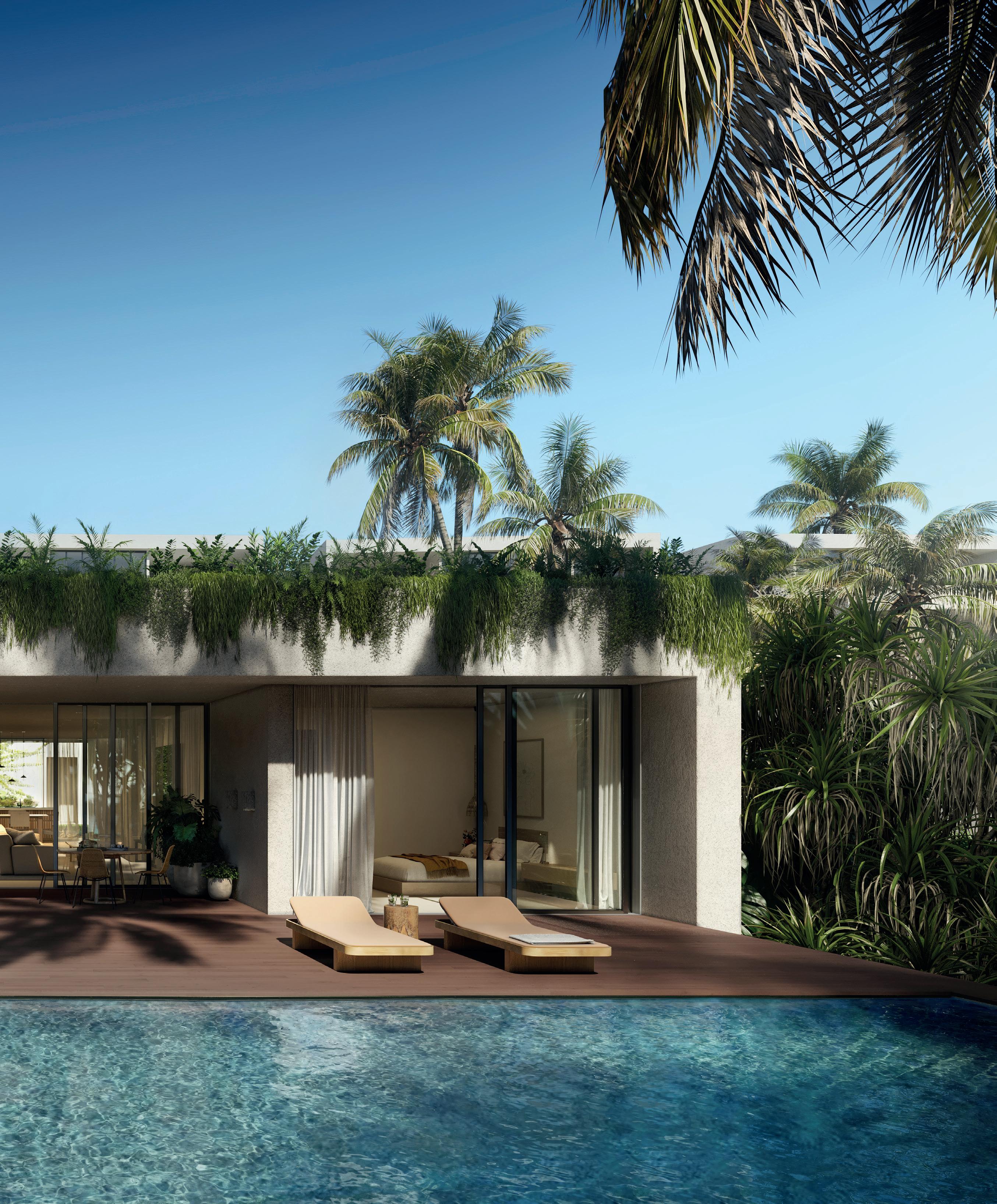
From Bulgari to Fendi, the biggest names in luxury are expanding into residential developments. What’s on offer is a curated, wraparound lifestyle, writes Emma Reynolds
Today’s branded residences are havens that entice both brand loyalists and clients who desire a like-minded community.
These properties have subtle details that impart authenticity to every facet of living there. It might be in the stitching on a leather couch that echoes the craftsmanship found in a prized sports car, or bathroom fixtures that resemble a favorite handbag from an Italian boutique. Simply put: today’s buyers want to live in style.
“The landscape of branded residences is expanding rapidly,” says Alexandra Hare, vice president of development marketing, Sotheby’s International Realty Development Advisors. “Renowned names in luxury goods are now redefining residential experiences, offering distinctive lifestyle amenities and cutting-edge designs to cater to the discerning tastes of today’s luxury consumer.”
Branded residences have existed for several decades, but the trend notably picked up during 2020, according to global architecture firm WATG. Since then, the firm has tracked 84 new projects that have opened around the world. As of 2024, the global branded residential market is valued at $66 billion, according to a study published in August 2024 by Luxonomy, an online platform that provides insights into the luxury industry. It also found that in the past decade alone, the number of branded residences has increased by 150%.
Miami, Florida and Dubai, in particular, have emerged as key testing markets for branded residences. The cosmopolitan hub of Dubai connects Asia, Africa and Europe, while also attracting a global network of high-net-worth individuals. Similarly, Miami connects Latin America, Europe and North America, while offering a vibrant international culture that attracts well-traveled, affluent buyers.

“
Both cities have experienced many firsts. For example, in 2017, Bulgari Residences debuted in Dubai, marking the first residential project from the Italian jewelry brand. And 888 Brickell Dolce & Gabbana, a 90-story tower in Miami, is the Italian fashion brand’s first residential project in the U.S. Both Dubai and Miami are synonymous with the lavish lifestyles favored by buyers of these prestigious brands. “Latin American buyers, who make up a large part of Miami’s demographic, love brands and branded residences,” says Miami-based Ignacio Gonzalez-Arias, global real estate advisor and business development, ONE Sotheby’s International Realty. “In my experience, the Miami buyer wants to buy into a project that is also an experience.”
While brands once only collaborated on residential projects with hotels, standalone branded developments are becoming increasingly common. The desire for privacy and intimate experiences has heightened this demand. Brandname condominiums offer resort-style living without the transient nature of

Previous page: The Four Seasons Tropicalia private residence in the Dominican Republic comes with direct access to Playa
Left: The swimming pool in Fendi’s Private Residences compound looks out onto the snowy alps of CransMontana, Switzerland
Below: Exceptional finishes abound in this stunning downtown Dubai penthouse, which reflects the heritage of the Baccarat brand

a hotel. Standalone projects can also be more lucrative for developers, as they fetch higher prices. Buyers pay more up front for a name that is linked to highquality service and craftsmanship, top-notch design and bespoke amenities.
In most cases, moving into a branded residence requires only one thing besides the ability to pay for it—a suitcase. More often than not, those buying a second, third, fourth or even fifth home want an efficient, no-fuss experience. What a hotelier brings to the table when they create a branded residence is obvious, but for luxury brands such as Dolce & Gabbana, Fendi or Baccarat, the lifestyle expertise they bring to the project is more nuanced.
“Dolce & Gabbana is a great example of a seamless lifestyle transition,” Gonzalez-Arias says. “It already has a furniture and accessories line, Dolce & Gabbana Casa, and has been a part of beach clubs in Spain and Italy, so it has experience in the hospitality world. If you see Dolce & Gabbana’s latest shows in Italy, it is not just about fashion but about lifestyle. It is important to remember that it excels in custom-made, handcrafted clothes and has a deep connection to Italian history and a very loyal clientele. With this residential project, we’re selling the lifestyle above all.”
This comes in the form of travertine flooring sourced from Italy, while the entrance is punctuated by decorative golden beads, similar to the brand’s necklaces and handbag hardware. It’s these subtle and defining details that draw in customers and ultimately command a premium. “Buying into a brand often guarantees quality,” Gonzalez-Arias says.
In Switzerland, where branded residences are quite new, Steiger & Cie Sotheby’s International Realty recently launched Fendi Private Residences CransMontana. The residences are outfitted by Fendi Casa, the brand’s home and decor line. When you work with Fendi, explains Florian Steiger, co-founder, Steiger & Cie Sotheby’s International Realty, the brand uses its go-to architect, Marco Costanzi, to design, renovate or recreate spaces. He is responsible for designing Fendi boutiques, which adds a through line to every project he works on.
In some residential projects, the brand tie is much more evident. Baccarat, the French crystal glassware company founded in 1764, now also sells high-end home decor, lighting and jewelry. The first Baccarat Hotel and Residences opened in 2015 in New York City. From the restaurants to the bedrooms and the palatial apartments, the property feels like a Baccarat boutique. The company has plans to open similar projects in Miami and Dubai. In Dubai, the Baccarat Hotel and Residences, set for completion in 2026, will include 144 hotel rooms and suites and 49 branded residences, offering two- to fourbedroom apartments and four- and five-bedroom penthouses.
In terms of amenities, gone are the days of windowless gyms or uninspiring terraces. Luxury condominiums are akin to checking into your most anticipated vacation destination, chock-full of amenities and round-the-clock services that cater to your every whim. The 115,000 square feet of amenity space at 888 Brickell Dolce & Gabbana includes a 4,000-square-foot pool deck, a swimming pool, three signature restaurants, a Dolce & Gabbana-branded spa and a fitness center. The brand’s singular amenities also include services such as custom tailoring—a resource that might entice the most discerning fashion devotees.
Branded residences are considered trophy properties thanks to their premium price tags, premier amenities, turnkey lifestyle and access to a global brand network. Today’s luxury homebuyer is more invested in holistic lifestyle experiences, which offer the ability to fully immerse into a brand’s aesthetic or service philosophy. Beyond the prestige of these designer addresses, branded properties serve curated living experiences on a silver platter. 0
Emma Reynolds is a New York City-based writer and editor covering luxury lifestyle and travel

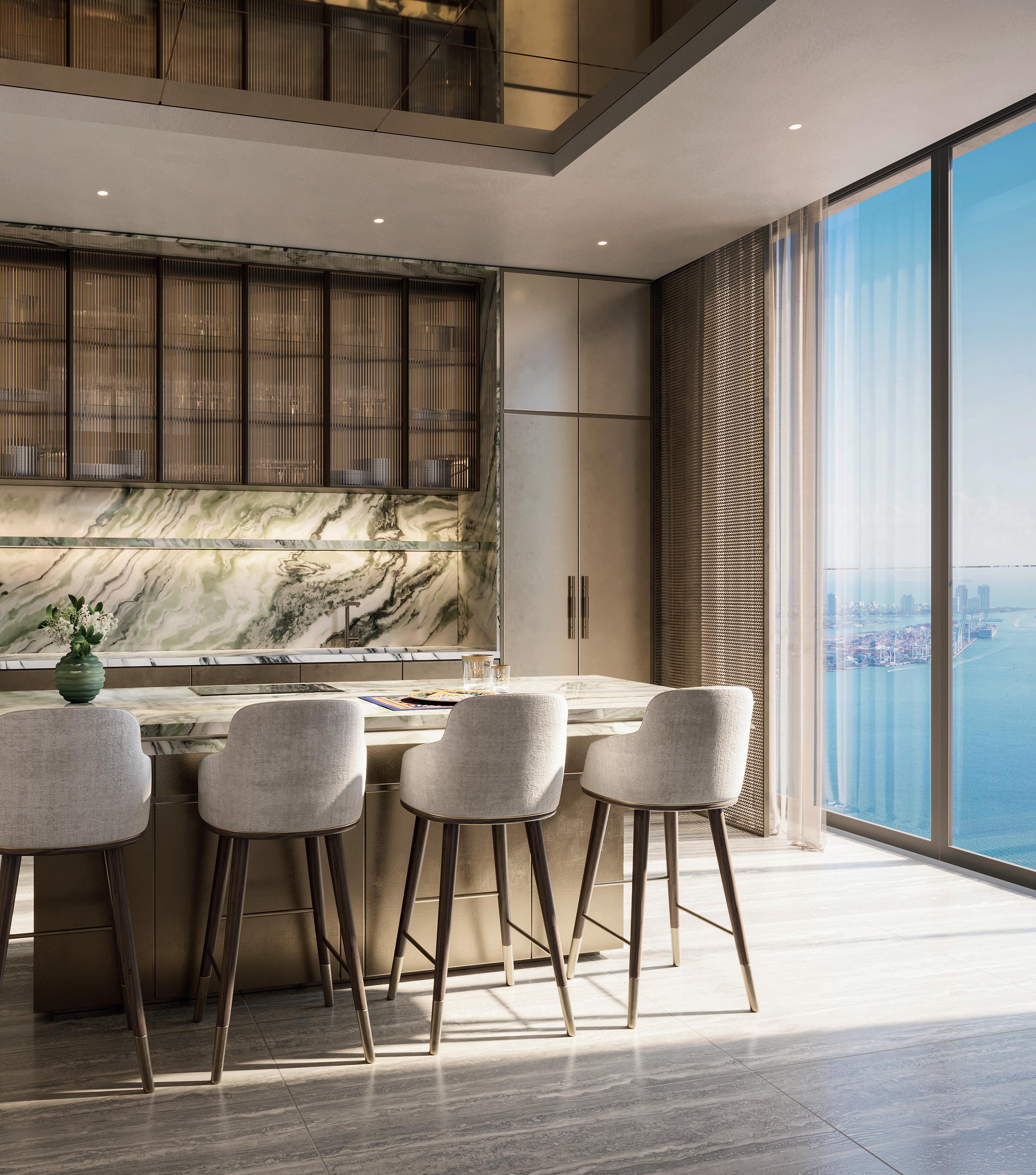

In a screen-saturated era, the romantic and expressive appeal of a home library is on the up, says Riya Patel

No matter how many full bookshelves a home may have, there’s something special about owning a dedicated library.
Who hasn’t dreamed of curating their own shelves, dusting off old favorites and getting lost for countless hours between the pages? The popularity of the personal library as a luxury home feature seems to have increased over the past few years, perhaps as a reaction to the pervasive presence of digital consumption. In the online era, a room full of books is a regular reminder to reconnect with the pleasure of reading, to surround yourself with words that have personal meaning, and to define a space that’s screen-free.
While studies and home offices imply the drudgery of work, a library can be something much more whimsical—and this is reflected in design approaches. “They provide endless opportunities to add a personal touch,” say designers Clémence Pirajean and James Lees of London-based firm Pirajean Lees. Indeed, the recent “bookshelf wealth” trend points to the power of expressing oneself through the books and items on home shelving. For a 2023 townhouse project in London’s Marylebone neighborhood, Pirajean Lees included a library as an “inviting, quiet retreat—a relaxing space perfect for a morning coffee or a Sunday read.” Layered with the owner’s collected novels and titles on art, fashion and design are pieces of framed art, sculptural vases, and decorative objects that reflect his life story.

Compared to the neutral color scheme for the rest of the townhouse, the library sets a different tone with bookcases painted in the rich and nostalgic “Hague Blue” by British paint and wallpaper company Farrow & Ball. The compact space has several touches that work together successfully: a deepseated armchair, a variety of lamps, a handcrafted rug and a wood-paneled ceiling that adds warmth, while absorbing sound.
A glamorous Toronto home designed in 2023 by leading American interior designer Kelly Wearstler in 2023 also offers a small library as a place of escape. Like a castle turret, this dramatic wood-paneled room has a circular plan where shallow bookshelves sit between slot windows. The family’s largeformat books are the crowning glory here; the front covers face outward, displayed as they might be on the shelves of a shop, allowing their designs to be fully admired. Instead of a chair to sit in, a glass table in the center of the room is the place to leaf through anything that takes the reader’s fancy.
Families are particularly keen on imaginative library spaces as they draw members together, away from the allure of personal devices. In a 2022 remodel
“ THEY PROVIDE AN INVITING, QUIET RETREAT PERFECT FOR A MORNING COFFEE ”
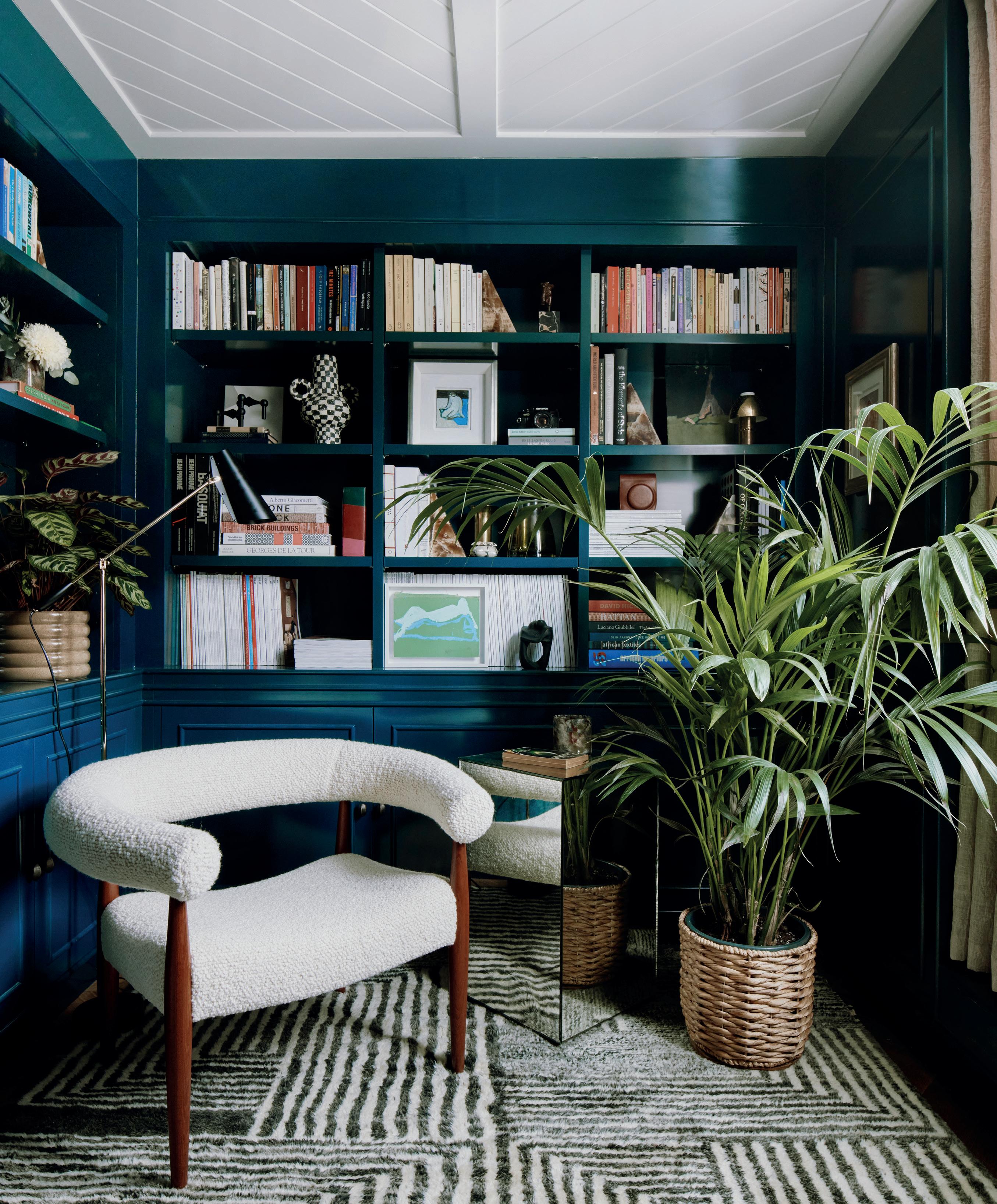
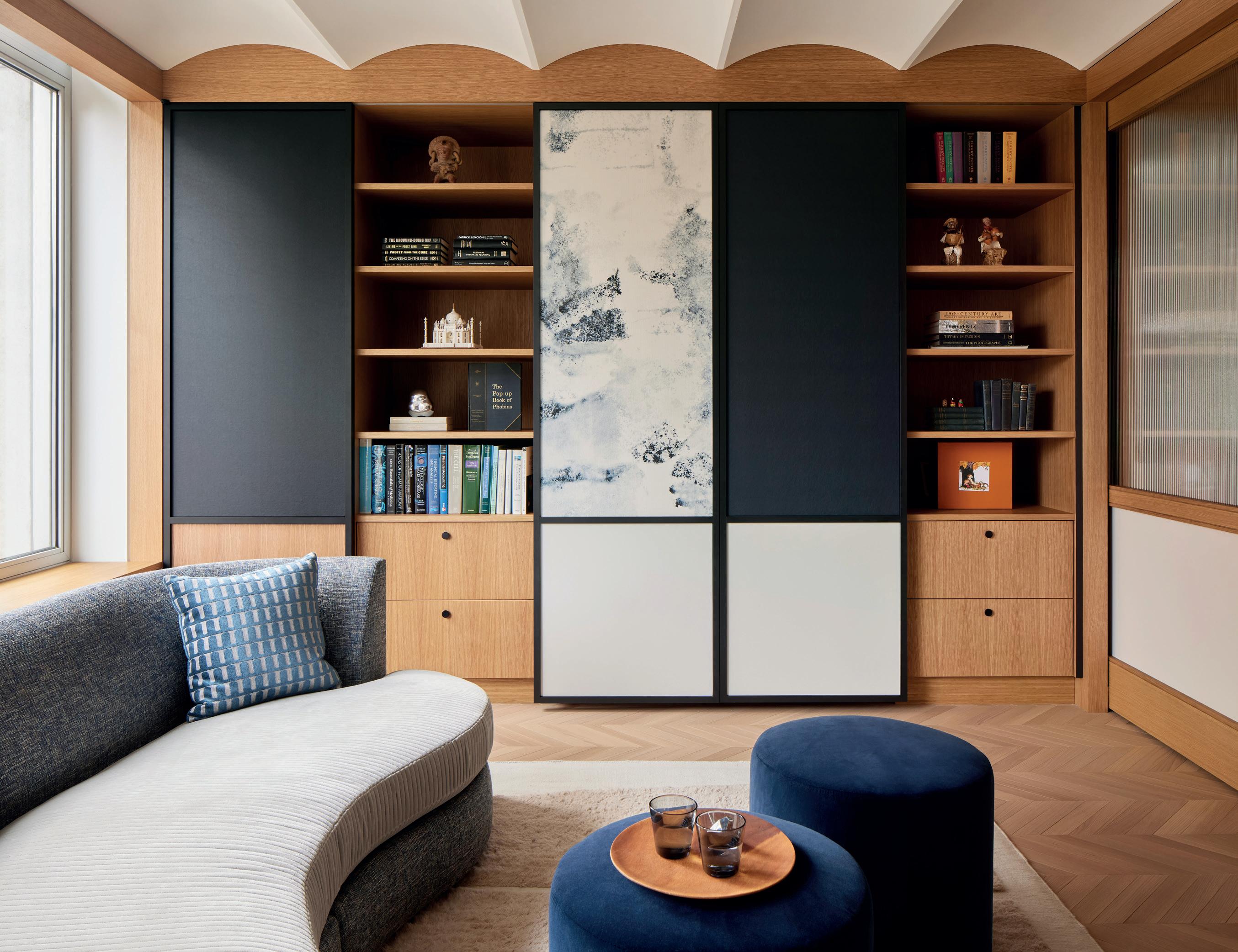

“ WHENEVER I GO TO SOMEONE’S HOME, I ALWAYS SPY ON THEIR SHELVES ”

of a California residence for actor Samira Wiley, writer Lauren Morelli and their growing family, a generous three-seater sofa is the central feature of the classically styled library. LA-based designer Stefani Stein set the statement piece of furniture in a nook, surrounded by bespoke joinery painted in a deep green with a gloss finish, and filled with books and decorative objects. A large artwork behind and wall-mounted lamps with pleated fabric lampshades make a clear invitation to linger and enjoy the space. A low coffee table set up for playing chess or board games also marks this room out as a place for the family to entertain guests or enjoy time together.
New York-based architect Frederick Tang has another theory about why we love to make books such a feature of our homes: to impress other people. “Whenever I go to someone’s home, whether it’s for the first time or the twentieth, I always spy on their shelves,” he says. “Book collections are the clearest window into someone’s preoccupations and always an opportunity to establish the point of view of a space.”
Quarry Loft, a New York apartment designed by Frederick Tang Architecture in 2022, features an adaptable library that can also function as a sitting room, guest room, office or entrance hall, thanks to a timber and fluted glass sliding partition. It’s a light and contemporary rendition of a classic library that makes the most of the small footprint. The white oak shelves are minimally arranged rather than stacked full, and the room’s barrel-vault ceiling does the job of lending the space its distinct character.
In French designer Pierre Yovanovitch’s conversion of a quintessentially Parisian apartment in 2024, the main hallway also functions as a library. It’s a nod both to the book collector who formerly owned the home and the aspirations of the couple now living there, who wanted to combine period charm with a modern expression. Curved walls are fitted with slim bookshelves that surround doorways, maximizing the capacity of the small space to store and display books. Much more than just a room to pass through, the library features a playful ceiling fresco by artist Matthieu Cossé, a table by collectible mid-century designer Jean Royère, and thick textured wood surfaces that give it the feel of solidity.
In homes both contemporary and classical, the library is showing serious staying power, helping us feel both grounded and connected to bigger ideas. “Books always elevate a room,” says Tang. “On a purely visual level, a surface of perfectly aligned spines becomes a living wallpaper. On an intellectual level, a giant coffee table with big art catalogues and monographs projects one’s curiosities and inspirations.” 0
Riya Patel is a London-based editor, writer and curator
When Tuscan stonemason Samuele Sebastiani moved to California in 1895, he mined the Sonoma Hills for the cobblestones used to build the streets of San Francisco. This venture earned him enough to buy the land on which he built the Sebastiani Vineyards, creating a winery that survives today. Overlooking this piece of history is the five-acre Fleur de Lys estate, surrounded by century-old oaks and previously owned by the winemaker’s descendants. This 2,000 square foot home boasts both a chef’s kitchen with Italian Breccia Medicea stone countertops and, in the cavernous basement, a tasting room (with space for additional wine cellars). However, it’s the library with its doubleheight walls and bookshelves that is a standout feature of the house—the perfect spot to enjoy reading with a glass of wine.
$12,995,000
Property ID: 5FC3JT sothebysrealty.com
Sotheby’s International Realty—Wine Country—Sonoma Brokerage Caroline Sebastiani +1 415 290 3123
Rarefied ranches, everywhere
As places to escape — and as very wise investments — ranches are more popular than ever. Briggs Freeman Sotheby’s International Realty boasts a specialized division of teams and individuals who represent everything from weekend getaways to working spreads, in Texas and far beyond. Pictured: A breathtaking ranch that will offer its new owner more than 56,000 acres, 29 lakes, a main lodge, guest homes and a private airstrip.
Learn more at briggsfreeman.com/ranch.
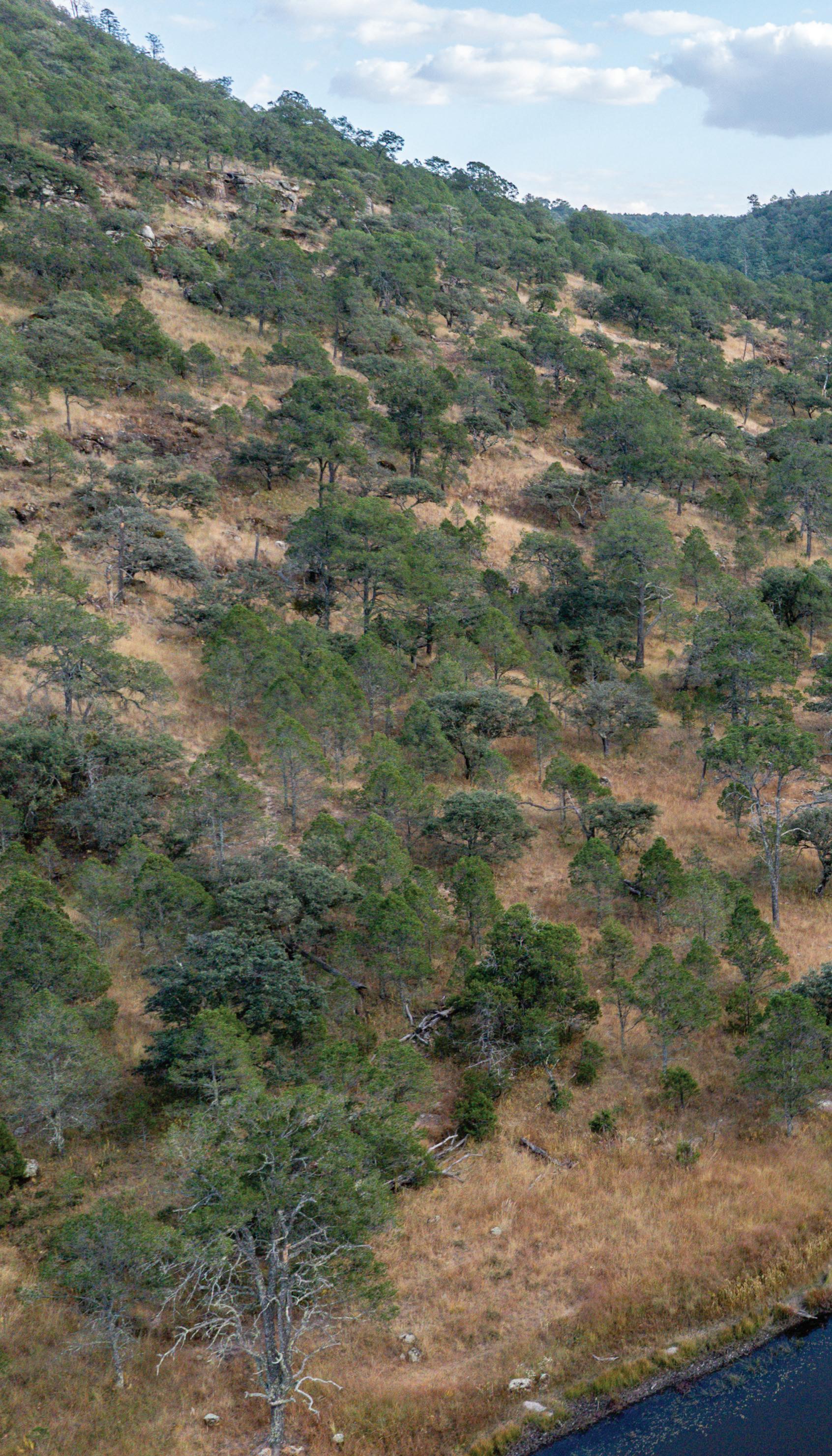
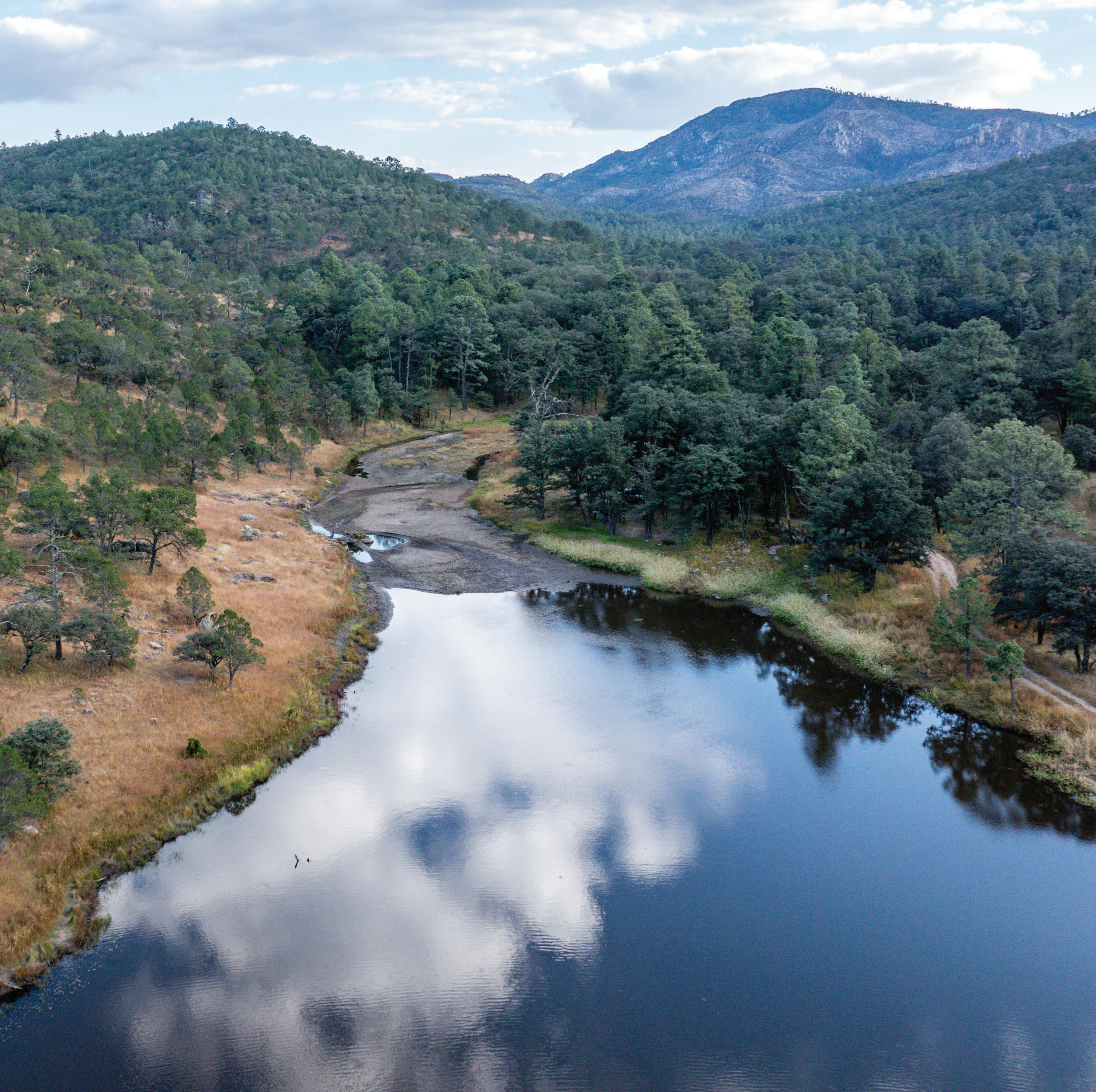



The symbol of an era. The setting for a future. Dallas’ most legendary and luxurious estate — where Chanel has stayed and the DSO has played — is ready for its next thrilling chapter.
Coco Chanel slept in a guest suite. So did the Duke and Duchess of Windsor. The dulcet sounds of an orchestra’s French horns and flutes have wafted across the lawn. Since 1938 and counting, 5619 Walnut Hill Lane in pastoral Preston Hollow has been the scene of parties, presidents, dignitaries and delight — a setting without equal in Dallas or anywhere. Now, this singular property, imaginatively expanded and immaculately maintained, is available. It is the opportunity of a lifetime. Here, a mere glimpse inside the ultimate estate.
THE HISTORY | It was the late 1930s. Dapper Italian count Pio Crespi, a cotton baron transplanted to Dallas, and his elegant wife Florence commissioned Swiss
architect Maurice Fatio, of New York and Palm Beach fame, to design their dream home, on bucolic land about 10 miles north of town. The globe-trotting, gala-giving Crespis spared no expense, and after a three-year build by international and regional craftsmen, they had their wish — a palatial, French-style chateau, both intimate and grand, an exquisite composition of marble, gilt, hand-carved woods, graceful proportions and precision.
THE LUXURIES | The main home, at more than 27,000 square feet, offers 10 bedrooms, 17 baths, 11 fireplaces, six living areas, five dining areas, a ballroom/salon, conservatory, study, mirrored Art Deco bar room, paneled library, gourmet kitchen (Gaggenau



appliances, La Cornue range), glass elevator to the lower level, media room, safe room, gym (with cryo, massage and steam rooms), a sensory-deprivation float tank, two wine rooms and a 3,000-square-foot primary suite with a sumptuous bedroom, two baths, two dressing areas and an expansive outdoor terrace.
THE ENHANCEMENTS | Over recent decades, the main home has been immaculately restored and brilliantly expanded, most notably by New York architect Peter Marino, who has designed significant projects for Chanel, Armani and Louis Vuitton. More than $100 million was spent on one phase alone, lasting nearly 10 years. Every system is state-of-the art; every modern convenience is at hand.
THE GROUNDS | The estate is 15.68 acres in all, including three platted lots on its north side, at 1.22, 1.22 and 1.3 acres each. Three structures dot the property: the main home (27,092 sf); a guesthouse (3,347 sf); and a pool pavilion (4,836 sf). Outdoor amenities include a pool, spa, tennis court, bocce-ball court, several greenhouses, a treehouse, rose and vegetable gardens, formal gardens, a creek (with waterfalls and bridges), walking trails, a gated entry, a seven-car garage and a lighted helipad.
THE ACCLAIM | Scholars and architects — even modernist ones — have been awed after visiting the house. Just some of the reaction: “This is the most important home of its era built anywhere in the country” — art historian, museum director and professor Richard Brettell. “One would have to go to 17th-century Belgium or 18th-century France to find comparable craftsmanship.” —Texas architect Bill Booziotis. “[The home has] the grace and dignity of a beautiful lady.” —Texas architect Frank Welch.
THE EXPERTS | 5619 Walnut Hill Lane in Dallas is exclusively represented by Pogir (214-244-3103; pogir@briggsfreeman.com) and Diane DuVall (214-725-1451; dduvall@ briggsfreeman.com) of Briggs Freeman Sotheby’s International Realty for $64,000,000. Explore it at briggsfreeman.com.

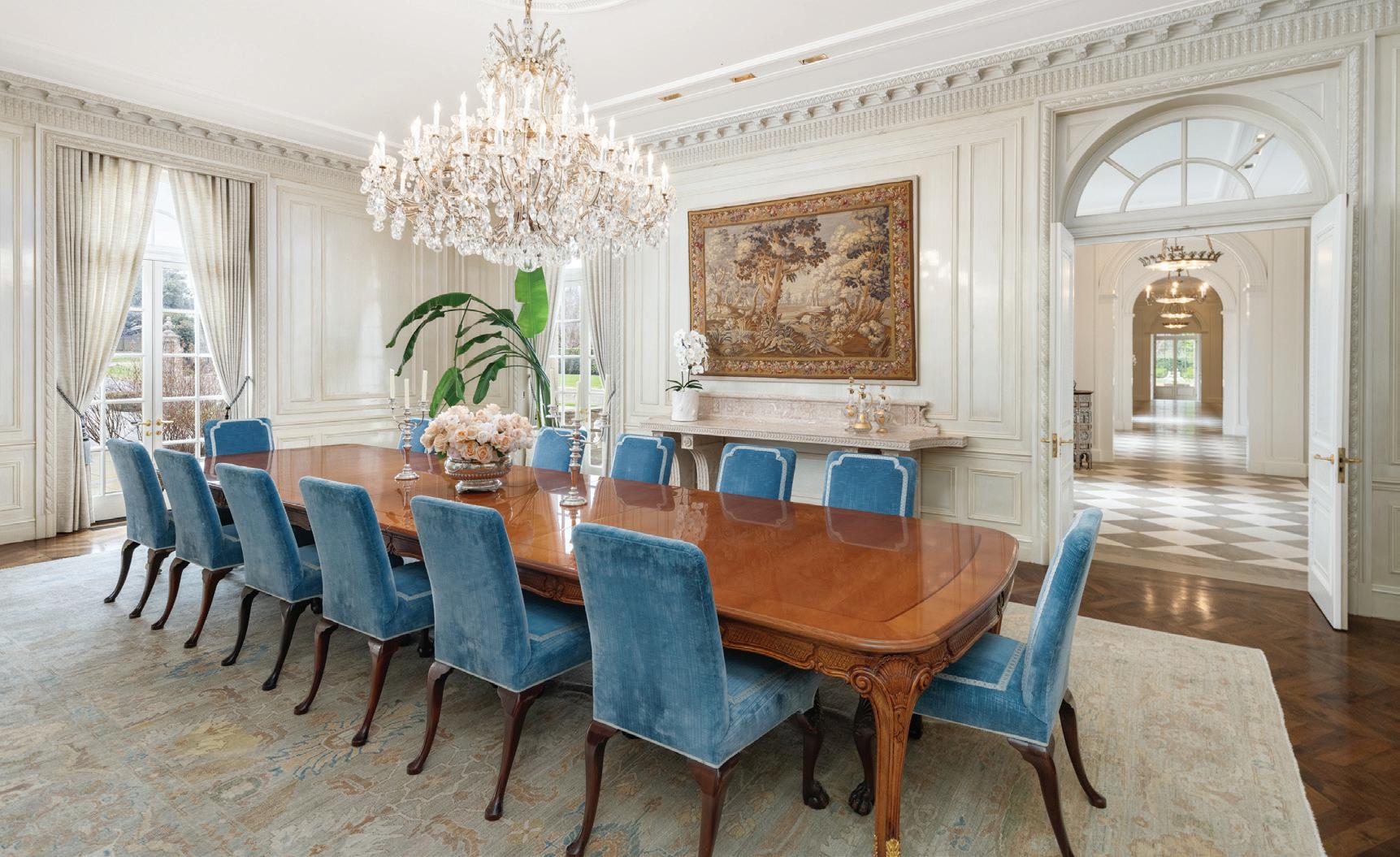
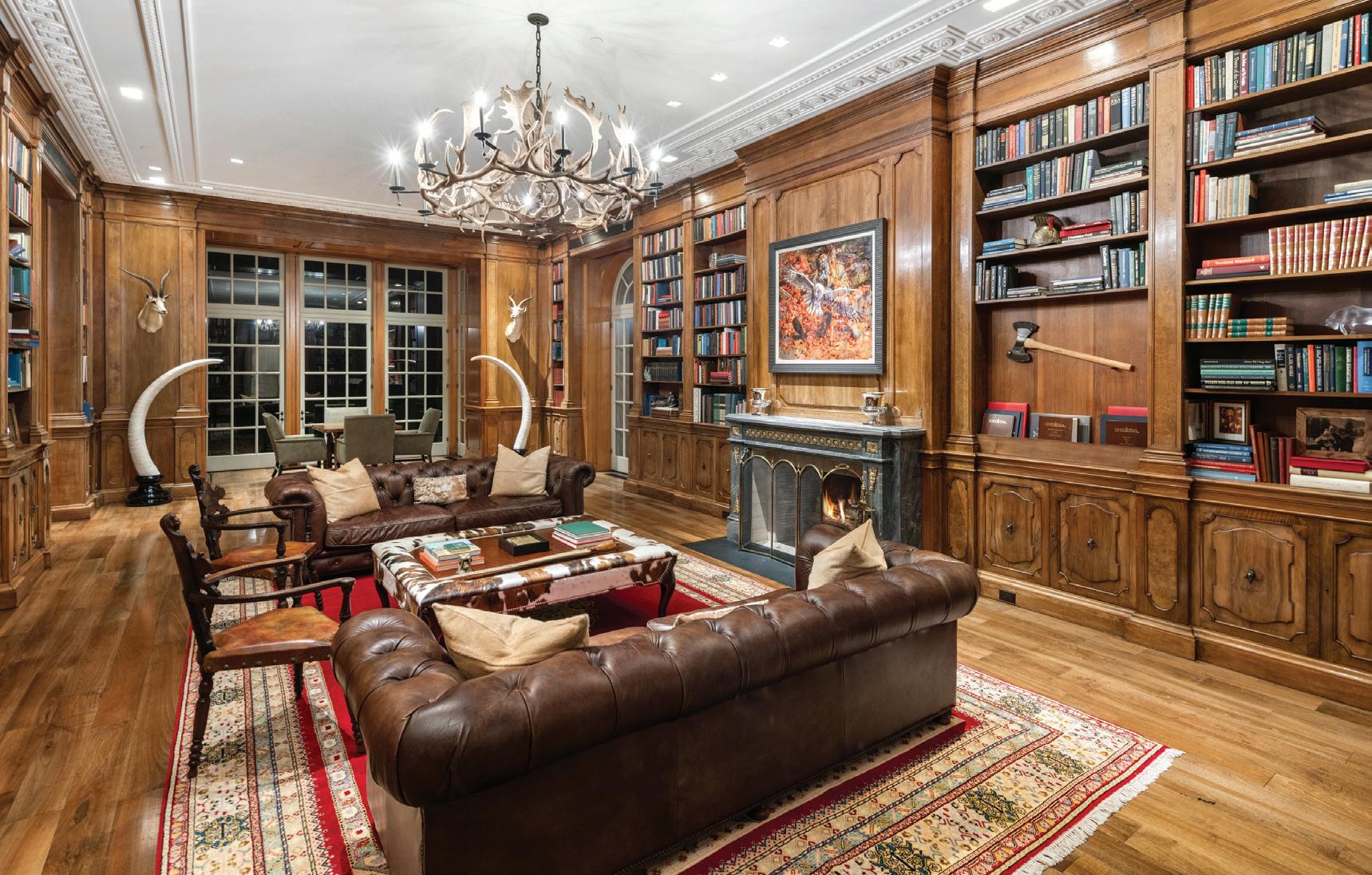
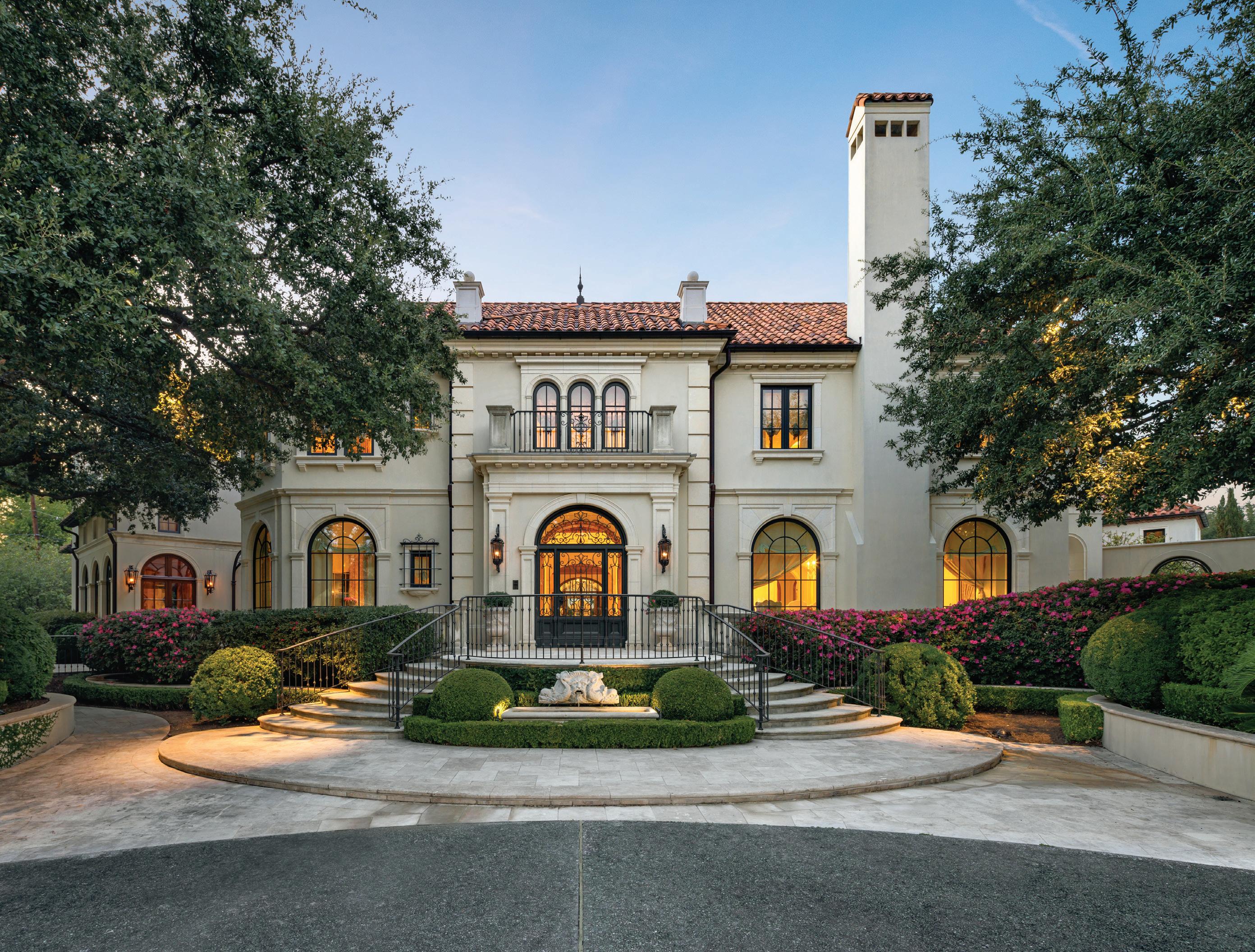
For the first time on the market, Highland Park’s most grand and glamorous home
There is nothing like it. 4000 Euclid Avenue is an icon — a remarkable fusion of Italian and French style — in Dallas’ most desirable neighborhood. In the heart of Highland Park, the centerpiece of this luxurious estate is a masterpiece of home design by renowned architect Robbie Fusch of Fusch Architects, meticulously crafted over five years and completed in 2015. Set on one of the largest lots possible in Highland Park — more than an acre of lush, landscaped grounds, filled with beautiful azaleas and stately live oaks — this extraordinarily graceful home
offers more than 23,000 square feet under roof. The home’s interior features floors of limestone — reclaimed from French chateaux and imported from Paris — and exquisite hardware. Every room exudes European elegance, and every facet of this estate reflects a remarkable commitment to luxury, comfort, craftsmanship and grandscale entertaining. It is much more than a home: It is a private retreat for those who appreciate the finest things in life.
4000 Euclid Avenue is represented by Jason Garcia of Briggs Freeman Sotheby’s International Realty for $32,500,000; briggsfreeman.com.




Grand foyer with 24-karat gold-leaf ceiling dome | Apéritif room | Dining room with marble fireplace imported from Europe | Living room with hand-carved millwork and imported fireplace | Sunroom | Greenhouse | Courtyard with fountain, pool, kitchen and loggia | First-floor primary wing with two bedroom suites, one with multilevel closet with staircase, motorized clothing lift and temperature-controlled fur storage | Three upstairs bedrooms with lavish private baths | Guest apartment, library, two offices, catering kitchen, workout room and craft room | Lower-level wine-tasting room, sitting room, full bar and wine/champagne cellar | Commercial-sized elevator
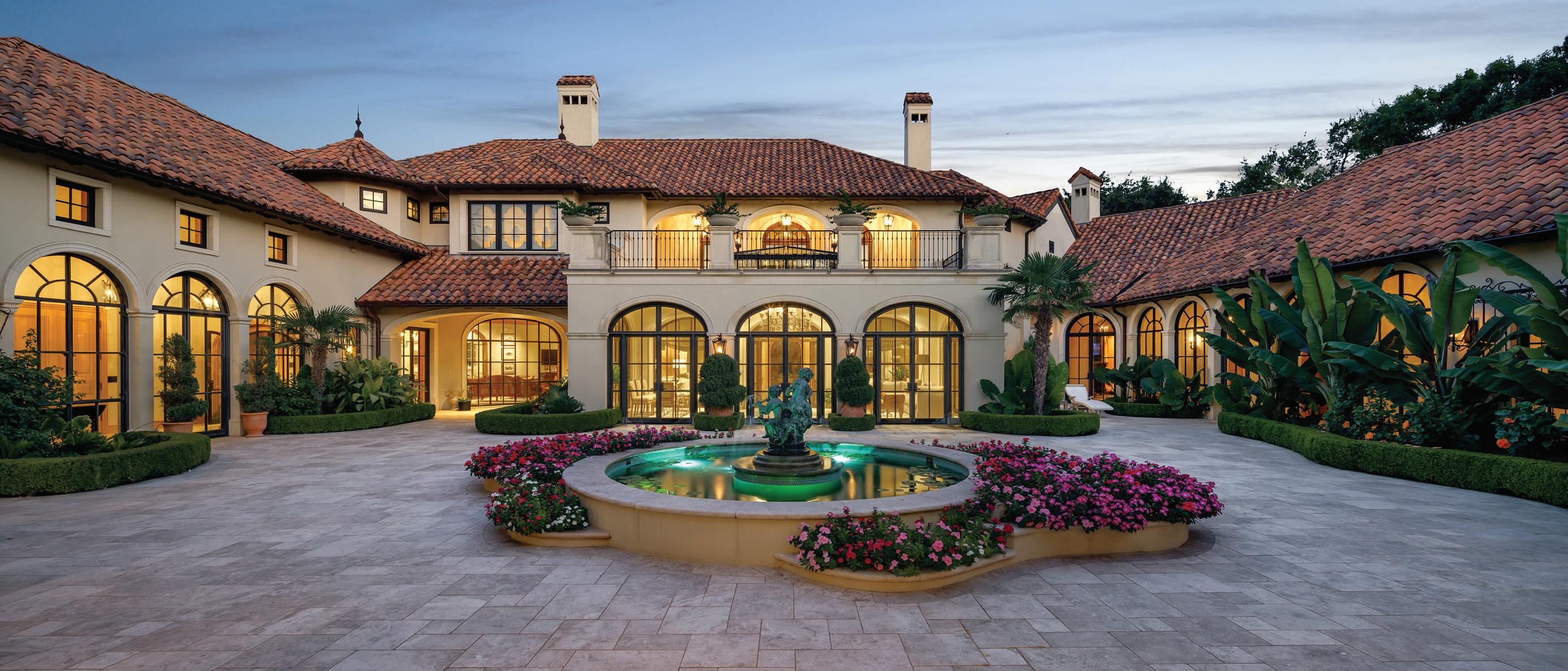
A portfolio spanning architecture styles and neighborhoods. A sterling reputation among clients and colleagues. An eye for detail and a mind for the market. A passion for homes and a history of success: It’s a mix only Michael Wong has mastered.


3808 Potomac Avenue
3701 Euclid Avenue*
4444 Potomac Avenue*
3517 Mockingbird Lane
6961 La Vista Drive*
3510 Turtle Creek Blvd #18B*
7427 Centenary Avenue*
6744 Winton Street
12210 Park Bend Drive*
7215 Mimosa Lane
7702 Caruth Blvd*
6808 Dalhart Lane*
5731 Vickery Blvd
5402 Ridgedale Avenue*
4313 Travis Street
6910 Rockview Lane*
6930 Kenwood Avenue
6255 Kenwood Avenue*

427 Woolsey Drive*
3920 Travis Street #23
4541 Arcady Avenue**
3439 Granada Avenue**
4310 Buena Vista Street #13**
4073 Buena Vista Street**
3709 Rockdale Drive**
*Represented buyer | **Leased
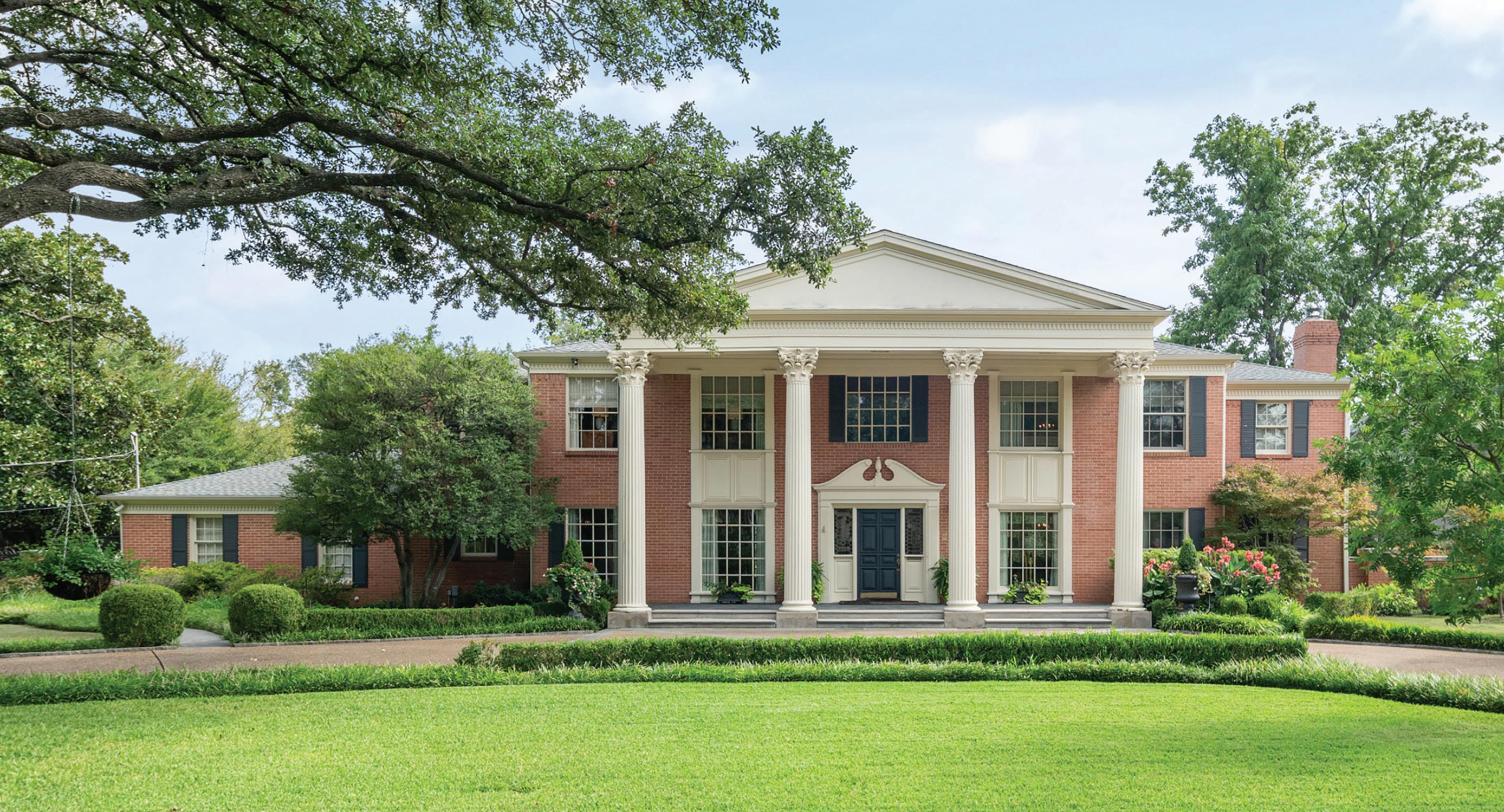

A unique home takes unique understanding. Award-winning advisor Lisa Besserer is honored to represent 5910 Lupton Drive in peaceful Preston Hollow, a masterclass in graceful design and gracious living. On nearly an acre, it blends classic architecture with contemporary luxuries, including light-filled formal rooms, a library-study, a sunroom, an elevator and an upstairs den with a fireplace — just the place for long naps and even longer conversations. It awaits its next chapter, written by you and curated by the specialist in special.
Lisa Besserer Global Real Estate Advisor 214-543-2940
lbesserer@briggsfreeman.com














That’s right: This year, 2025, marks 65 years and counting of homes, high-fives, hearts and hoorays. You. Us. The homes of your dreams. The clients of ours. It’s proven every day: No other brokerage has the agents, connections, knowledge and know-how that we do. And no other will. So, here’s to us — and here’s to you. Thank you from the bottoms of our big, full hearts. There’s so much more to come. One hundred years is in our sights. See you in 2060. briggsfreeman.com
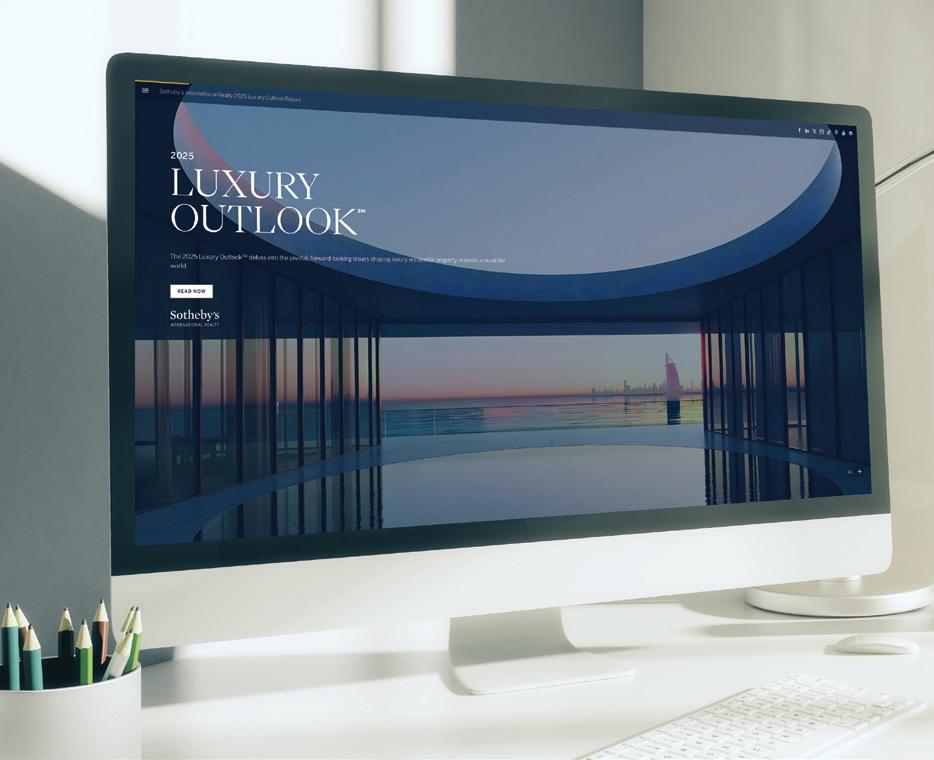
The 2025 Luxury Outlook report analyzes key issues that are shaping high-end residential markets around the globe, from falling interest rates to shifting homebuyer demographics to the ‘Great Wealth Transfer’ phenomenon. Sotheby’s International Realty ®’s annual report is chock-full of facts, figures and insight from industry experts. luxuryoutlook.com

Nearly three centuries since its inception, Fabergé remains one of the most celebrated jewelers of all time. Its objets d’art can be found in royal and noble collections throughout Europe, including that of Castle Howard, one of Britain’s most esteemed country houses. The 18th-century estate has long been home to the Howard family and their vast collections of antiquities, paintings, furniture and artworks —
including what is considered one of the last significant sets of Fabergé animals in private hands. In May, Sotheby’s will auction off a selection of these rare figurines, which until now have been confined to the estate’s storage and brought out only on special occasions. The animals will debut as part of Sotheby’s Fabergé, Gold Boxes & Vertu auction, with the sale taking place May 6 in Geneva. sothebys.com
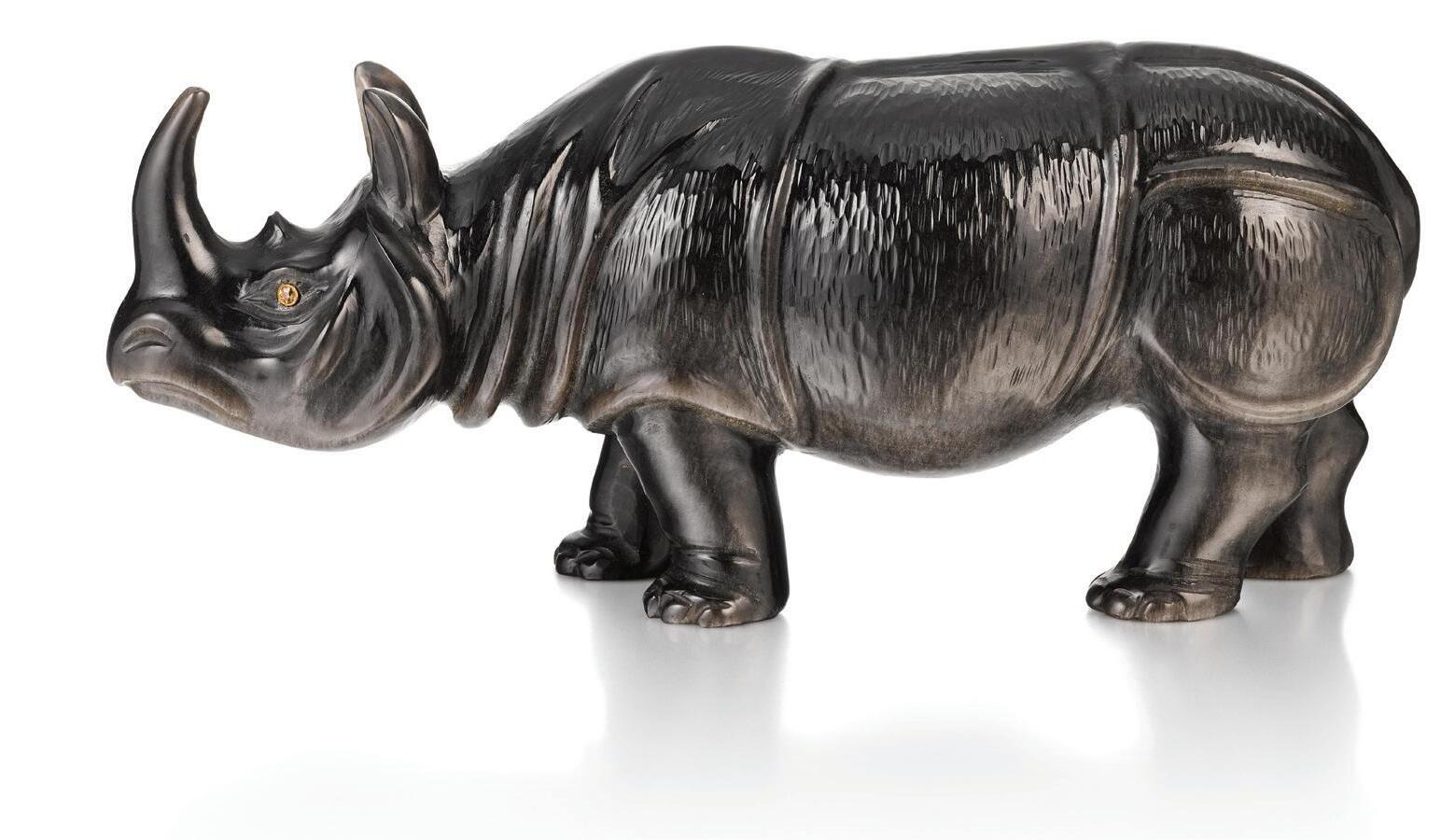
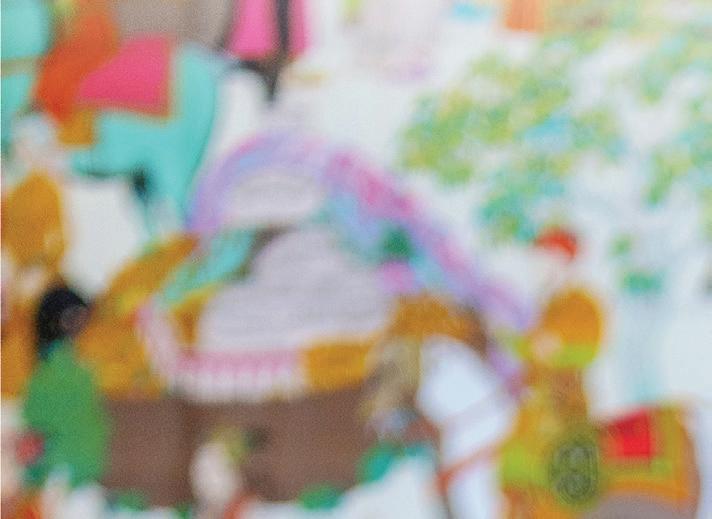

‘Rachel






Rachel Finkbohner’s goal with every client? That they say even one of the things about her that a colleague just did: “If you imagine the hardest-working, savviest professional you can, that is Rachel Finkbohner. She is sharp, intuitive and industrious, which are all advantages for her clients. She embraces social media and she has a great eye for interior design and style. Rachel is the real deal. She’s authentic. No one cares about — and advocates for — their clients more.”


High compliments.
Higher goals. No one will work harder for wows like that.
Rachel Finkbohner
Global Real Estate Advisor 251-751-4909
rfinkbohner@briggsfreeman.com


University Park. Preston Hollow. Caruth Hills.
Highland Park. Russwood Acres. Devonshire. When it comes to North Dallas and the Park Cities, Lezley Nugent and Sylvia Scott are your resident experts. They’ve got a vast referral network, too — within their own brokerage and across the city. Trends, stats, strategies: They know it all. For Dallas market intel you can depend on, it’s the Nugent + Scott Group.
Sylvia Scott
Global Real Estate Advisor
214-536-4414
sscott@briggsfreeman.com
Lezley Nugent
Global Real Estate Advisor
214-533-6332
lnugent@briggsfreeman.com


“Sylvia and Lezley were excellent throughout the entire process of our home purchase, starting with sourcing an off-market opportunity for us the week before Thanksgiving… through closing [on our home] the week of Christmas. They were extremely professional, answering all questions and executing each item in a timely manner.” —Josef C.


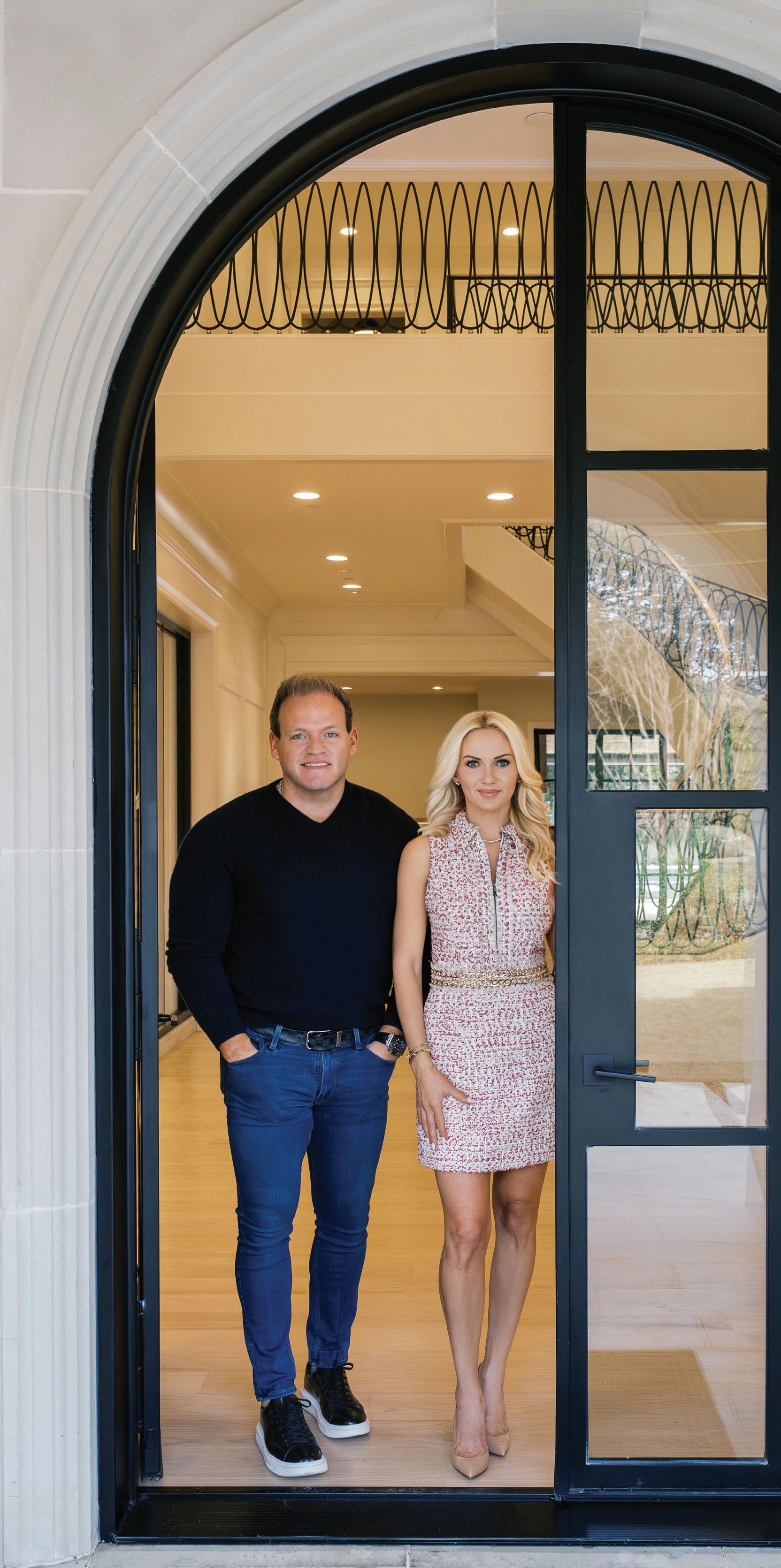
What makes Danielle different? She knows no two clients are alike — and no two homes are, either. As a new member of the Briggs Freeman Sotheby’s International Realty team, she brings an extensive background in marketing, a decade’s experience in Dallas real estate and a longstanding partnership with luxury builder Colby Craig Custom Homes. She has an eye for detail, too, and a knack for matching each client with their perfect place. For one-of-akind homes and one-of-a-kind service, trust Danielle Brasher — she goes the extra mile.
Danielle Brasher Global Real Estate Advisor
214-926-9788 dbrasher@briggsfreeman.com





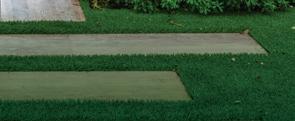

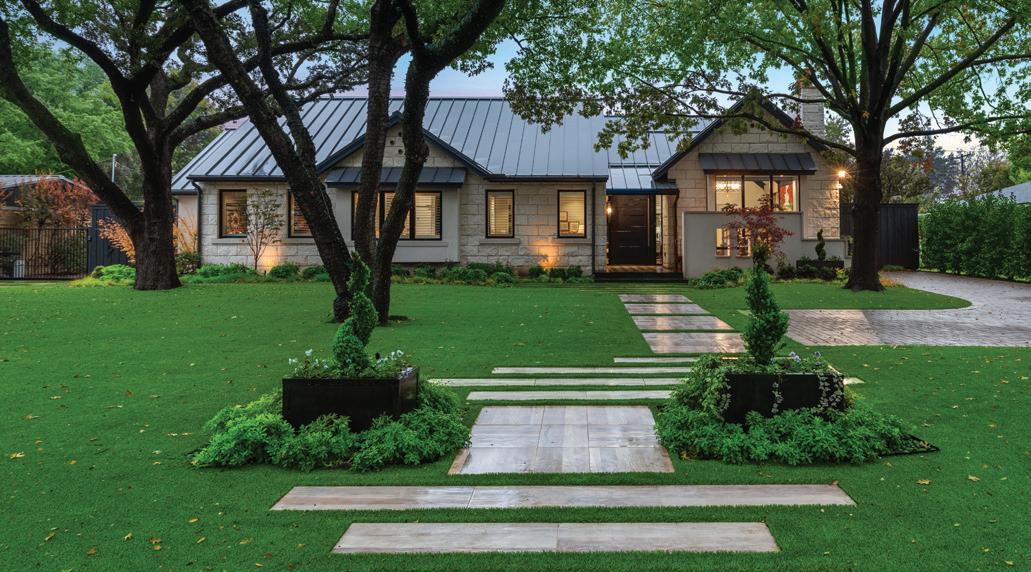







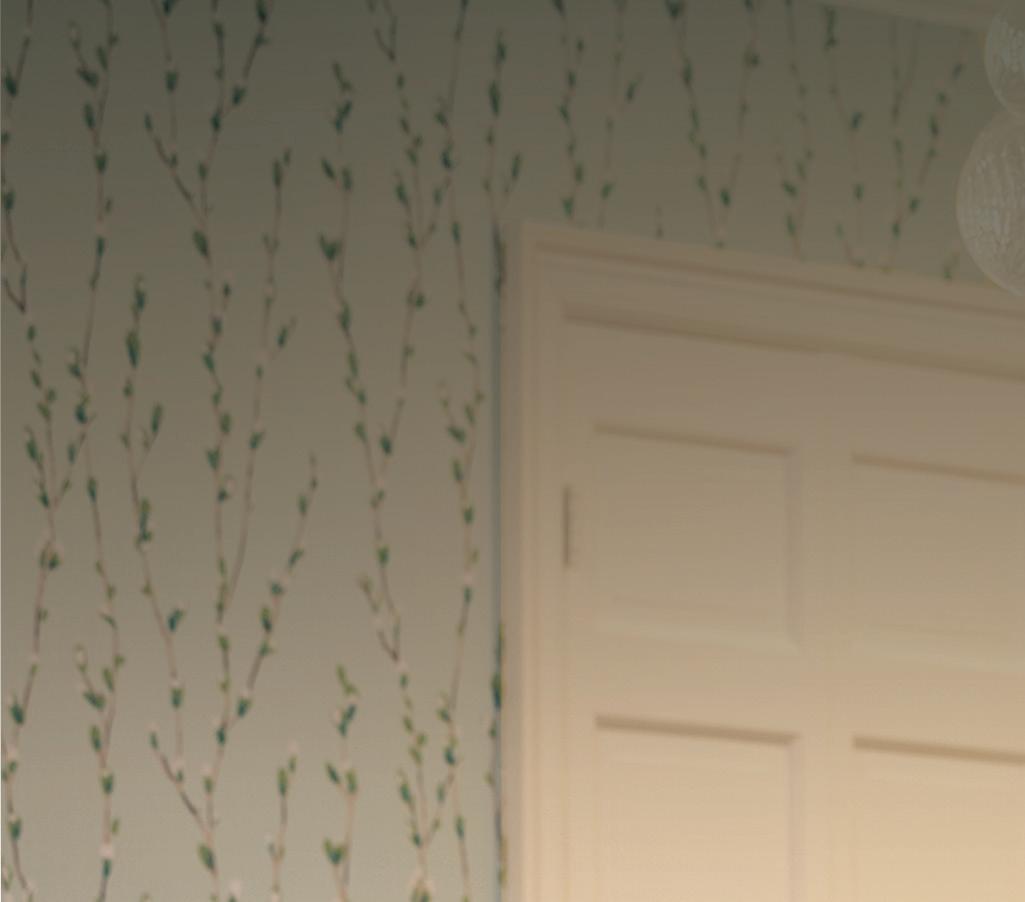
While they represent properties of all sizes and styles, Pam Brannon and Jeannie Nethery are known especially for their expertise in zero-lot-line homes. Within their specialty, Pam and Jeannie work predominantly in lock-and-leave communities in Preston Hollow, North Dallas and the Park Cities. And as residents of these communities themselves, they don’t just know the lifestyle — they live it, too.

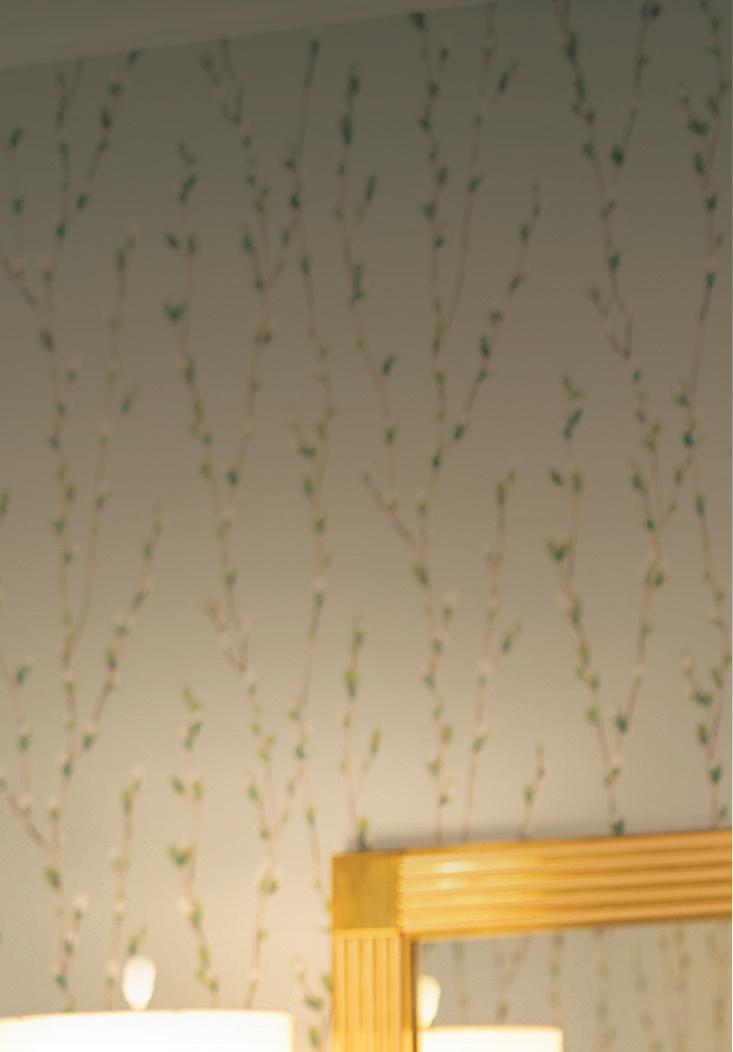





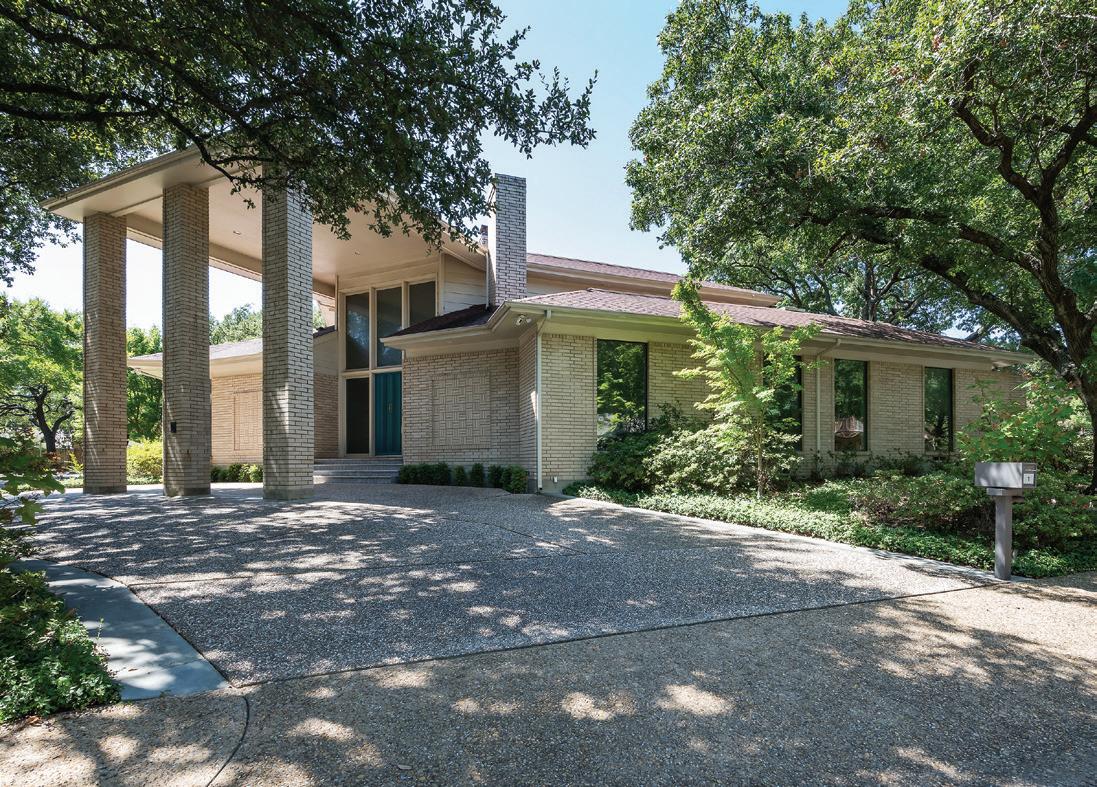
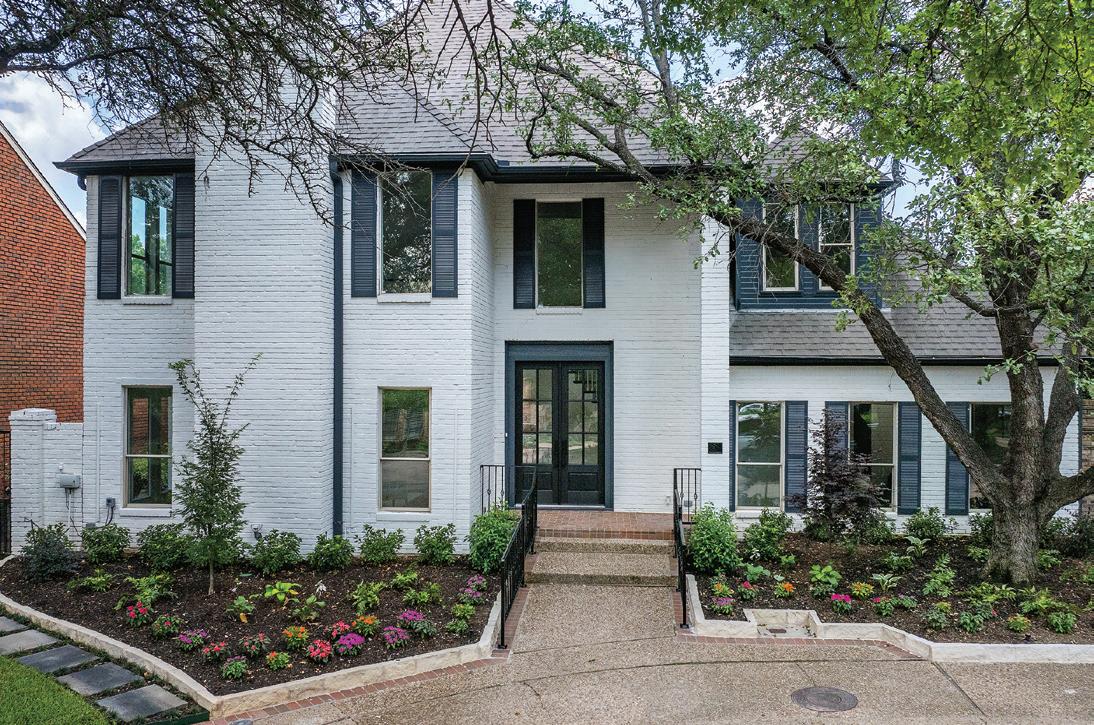
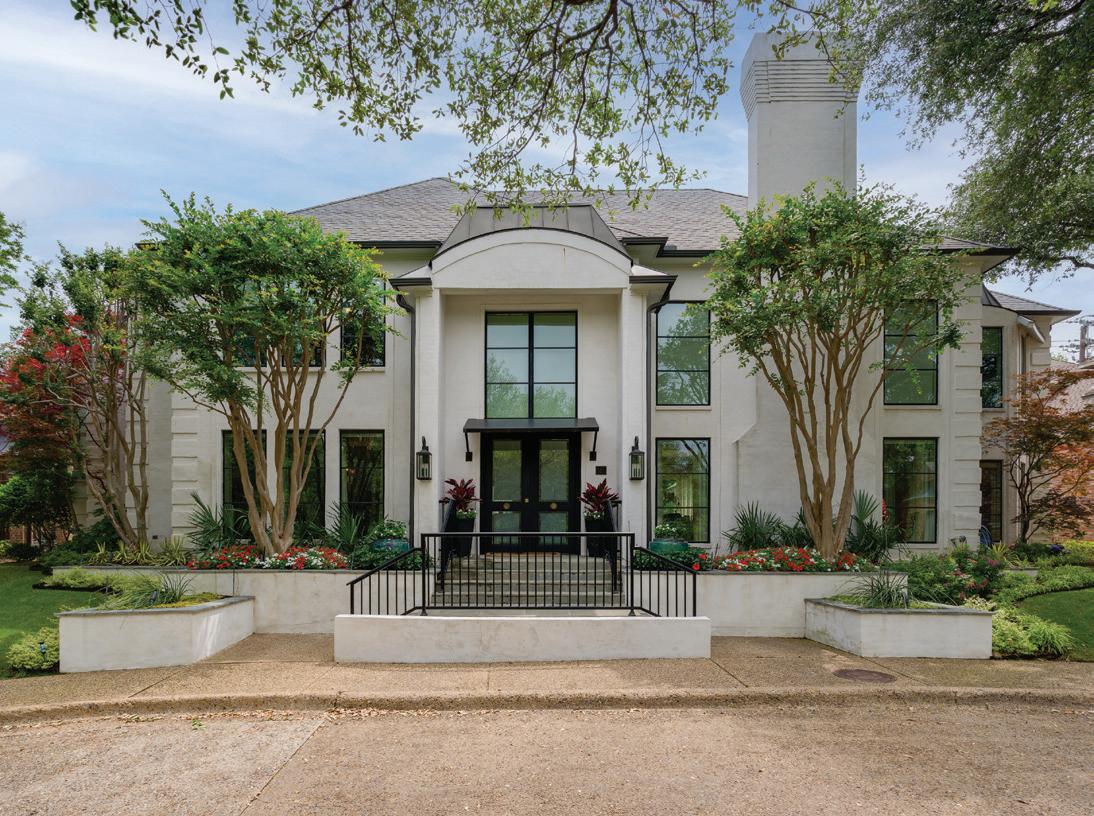




What makes someone an expert in o -market sales? Insider intel and neighborhood knowledge, for starters. And a vast network of contacts, too. An established reputation doesn’t hurt. Nor does a native’s perspective. But the real secret? A tactful approach to every transaction, and a knack for specialized service. For hip pockets and private sales, one agent has it all — and that’s Diane DuVall.
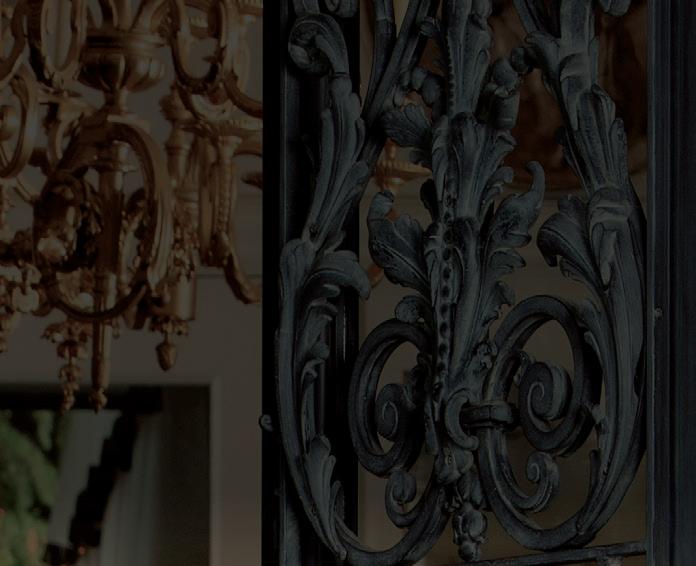
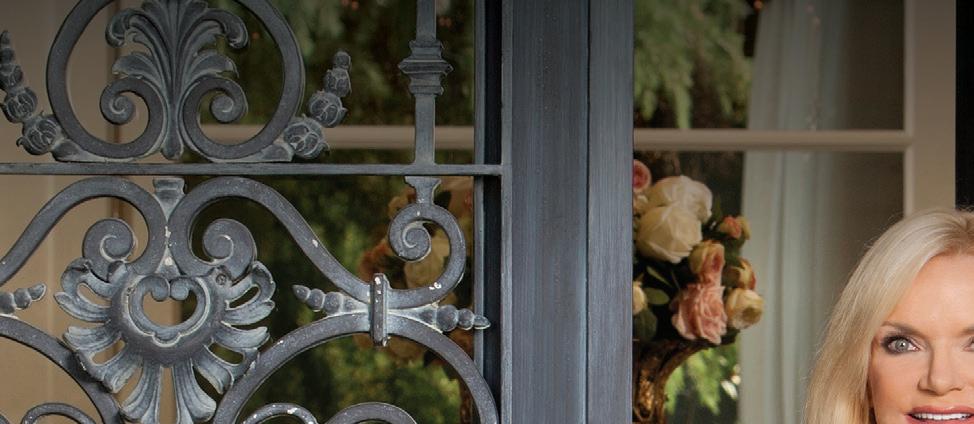
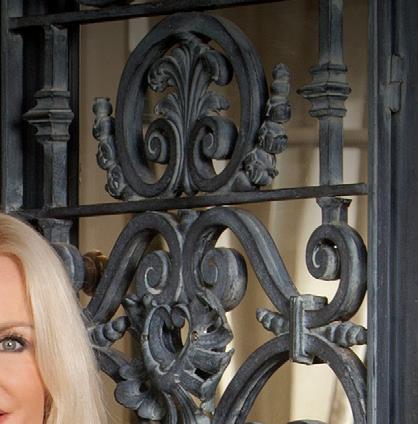

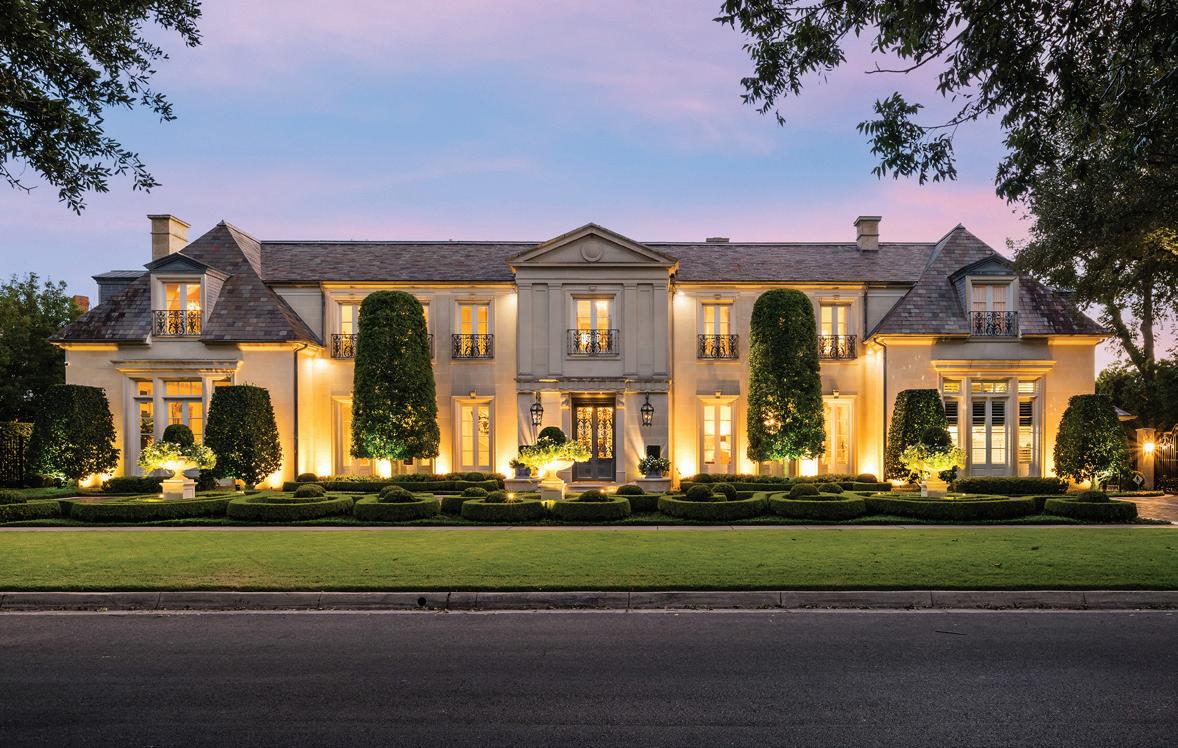



Ann Shaw has built a rock-solid reputation for knowing what her clients need — sometimes before they do. First homes to forever homes, cottages to estates, Ann and Sara have the connections, instincts and intel that have put friends, families and their families into the right homes at the right times. They can do the very same for you and yours.

Forward thinking. Forever dedicated. Ann and Sara.
Ann Shaw
Global Real Estate Advisor 214-532-4824 ashaw@briggsfreeman.com

Sara Summers
Global Real Estate Advisor 214-454-4117 ssummers@briggsfreeman.com

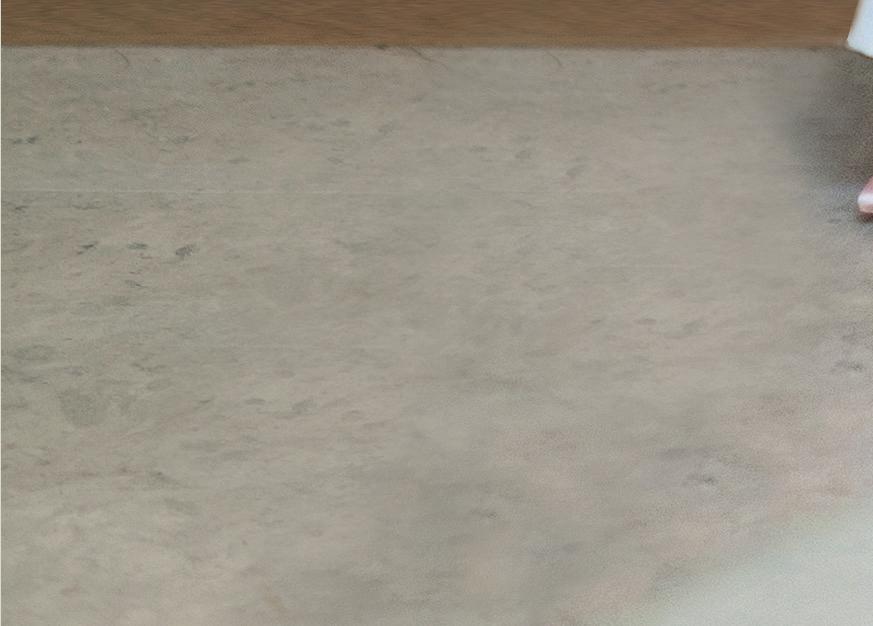

"CREATIVITY, COLLABORATION AND CONNECTION ARE THE KEYS TO A SUCCESSFUL OUTCOME IN OUR EVER-CHANGING MARKET."

Proven by a career that gets more resonant and now spans generations, real estate advisor Penny Cook knows the power of connection — and how it can reap rewards for more than just her clients



Here, we ask the connected, respected Penny Cook about the market — and what buyers and sellers should know now.
Is the Dallas market still strong? Yes! The spring market started around the end of January and inventory is up, but in some areas and price ranges, it’s still low. Many potential buyers have been waiting and are getting anxious to find something — but
they are also not as likely to pay the runaway prices we experienced in the past few years.
How have the interest rates affected the market? Higher interest rates have been a drawback, but buyers are getting creative. For example, on average, most people don’t live in a house for more than seven years, so an adjustable-rate mortgage can be an attractive option. For younger buyers with family who can help, a loan or a gift might make a purchase possible. No matter the financing path, it’s important to start the process early, to be in the best position to make a competitive offer. Considering the price appreciation in our market, it’s better to buy now at a higher rate than waiting until rates improve.
What should sellers know about listing their home in this market? Plan ahead! As your agent, I need adequate time to get your house ready, schedule photography and plan your marketing strategy. Sellers should look closely at their home and make any necessary repairs and take care of any deferred maintenance. If plumbing or electrical repairs are needed, it’s imperative to use licensed professionals. Touchup painting, refreshed landscaping and decluttering will help a seller receive the highest price.
What’s the best way to determine a market price? The short answer is: Don’t trust the estimates on the popular real estate websites! Instead, I look at what has sold in the past six months, and I also look carefully at the number of active properties that are comparable. The larger the inventory, the more important it is to price carefully. Buyers will be looking at those homes, too, so it’s necessary for sellers to see where their home fits in from a value standpoint. I also like to collaborate with other agents and get their opinions on pricing. Experienced agents who are out showing buyers homes usually have a very good feeling for what the market will bear. Overpricing a home will almost always result in a longer time on the market, some price reductions and ultimately a lower sale price.

A Texas native, Penny Cook arrived in Dallas to attend The Hockaday School and never left. With a fresh marketing degree from Southern Methodist University, Cook took a friend’s suggestion and earned her real estate license, too — advice which led to her award-winning career. Cook is deeply rooted in the community and has lived in several neighborhoods, appreciating the character of each. She combines that knowledge with unique marketing ideas and artful negotiating skills so that every client has a first-class experience. Those clients range from first-time buyers to lifelong homeowners, in all stages of life and at all price ranges. To work with Penny Cook, broker associate, call 214-384-2847 or e-mail ptcook@briggsfreeman.com. See Penny’s listings, sold properties, client feedback and more at briggsfreeman.com.
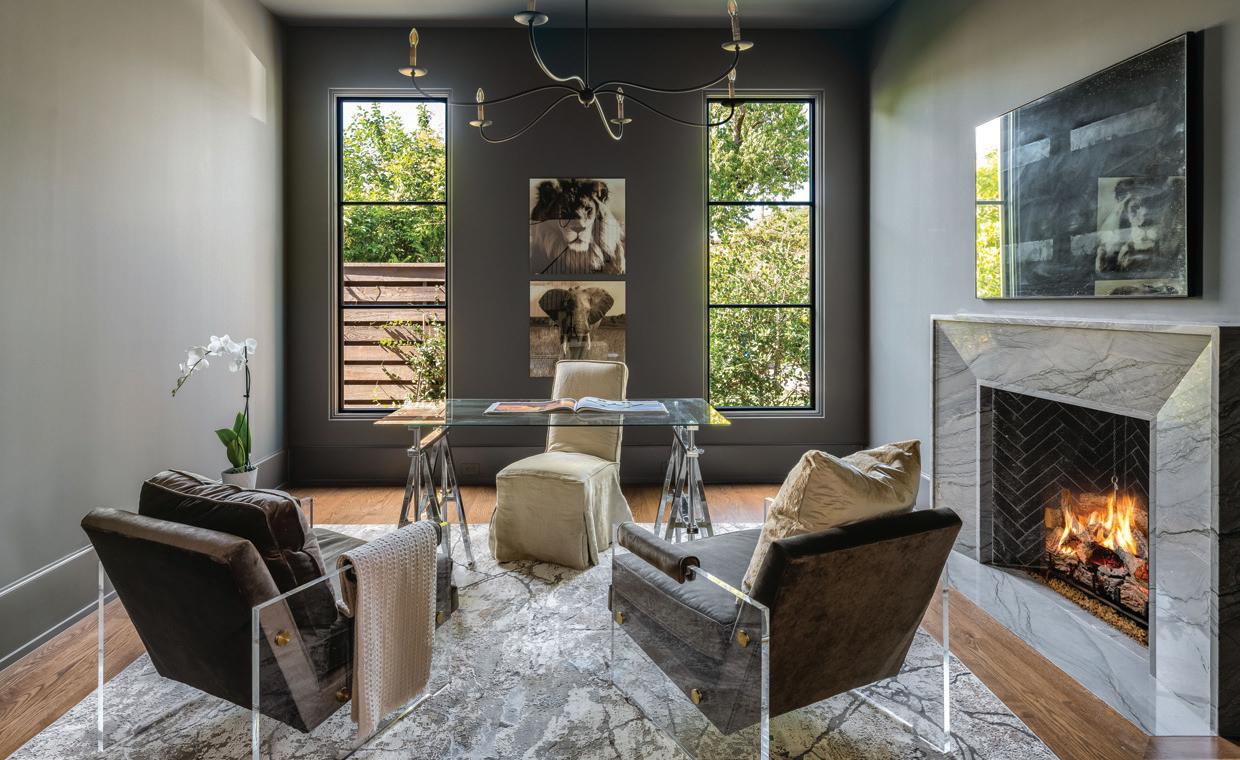
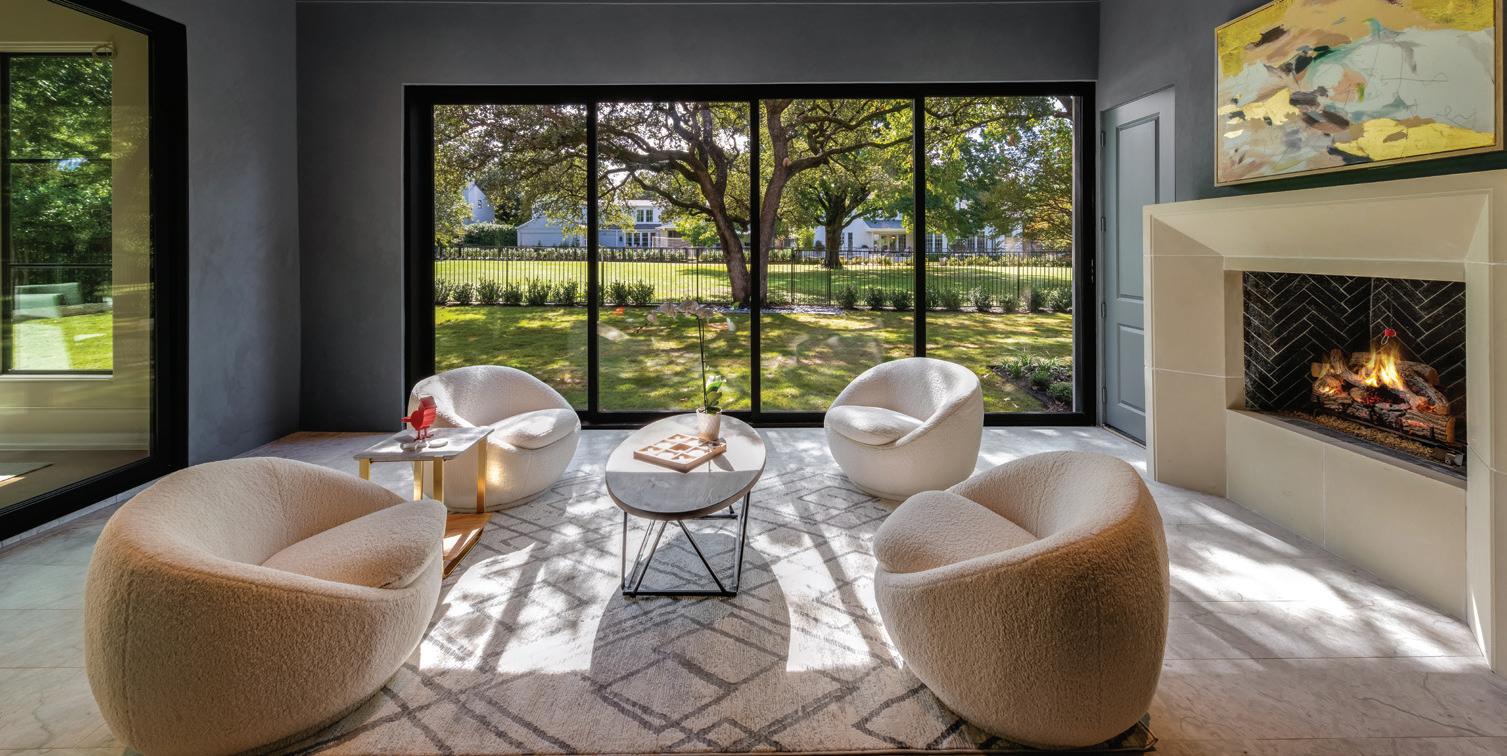



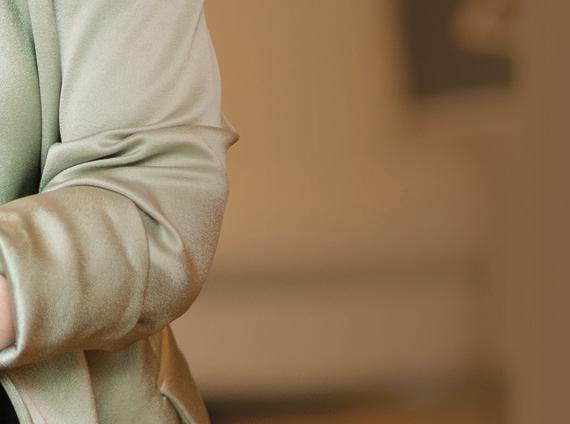
Real estate advisor Jennifer Shindler has a distinction — working exceptionally well with the top builders of North Texas. Spec homes, existing homes or something designed and crafted just for you: Jennifer doesn’t just know design, quality and how to get it done — she understands the luxury life, from the ground up.
Jennifer Shindler


Global Real Estate Advisor 214-215-5181 jshindler@briggsfreeman.com
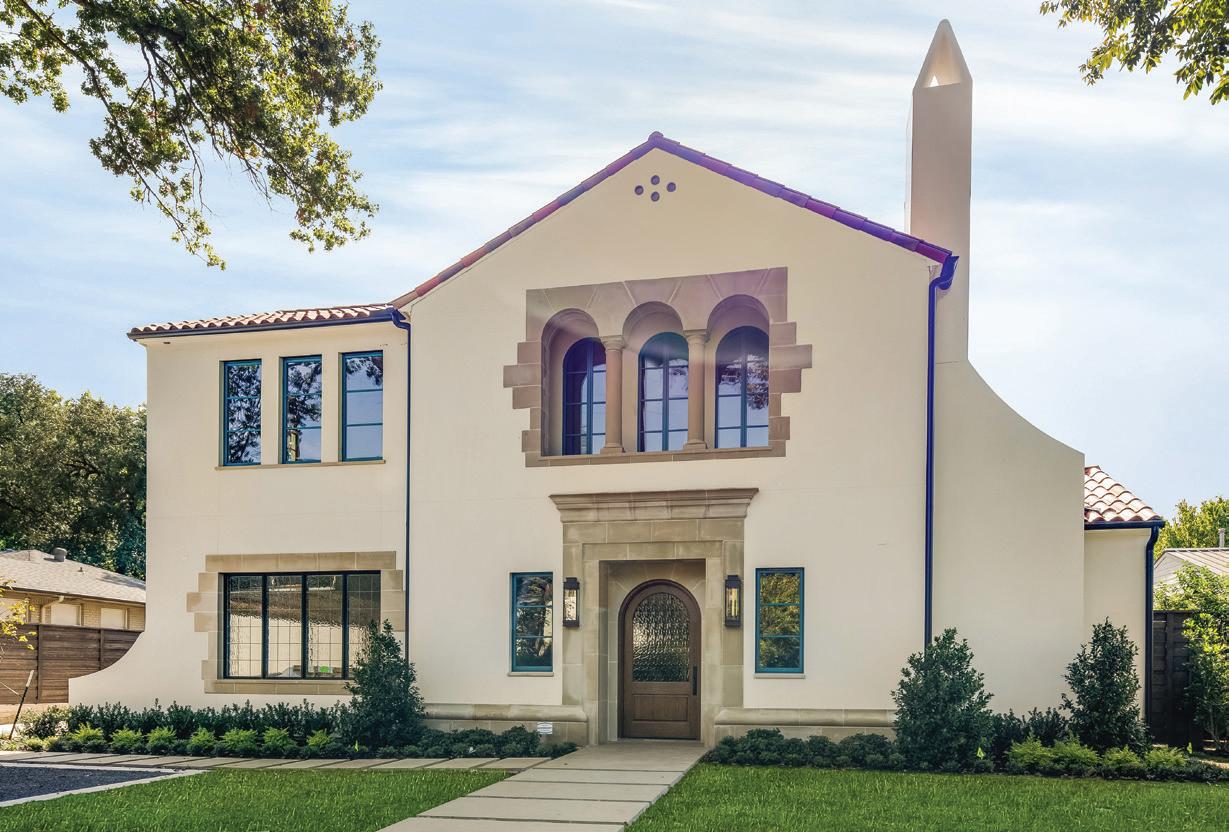



The one-named Pogir isn’t just known for uniting Dallas’ most spectacular homes with Dallas’ most astute buyers — he’s known for the same in San Jose del Cabo and around the globe. A world traveler and part of the worldwide Sotheby’s International Realty ® family, Pogir knows the neighborhoods, the nuances and the expert agents who can make things happen, anywhere, from Mexico to Mauritius.
Legendary local network. Epic global results. There is only one name to know.








‘Without question, one of our area’s most prominent agents’

—CANDY’S DIRT, DECEMBER 2024
The press is as aglow as Dona Timm’s clients: “Throughout her storied career, this prolific real estate pro has won an array of accolades … Timm focuses on her clients … She gets to know them on a personal level, to ensure the homes they ultimately end up in perfectly suit their needs and lifestyles.” And Dona can do it for you, too — whether you are buying, selling, relocating or investing. Dona’s honed instincts, exclusive contacts and global network have put special people into special properties across North Texas and beyond for nearly 30 years — to rave reviews from more than just the media.








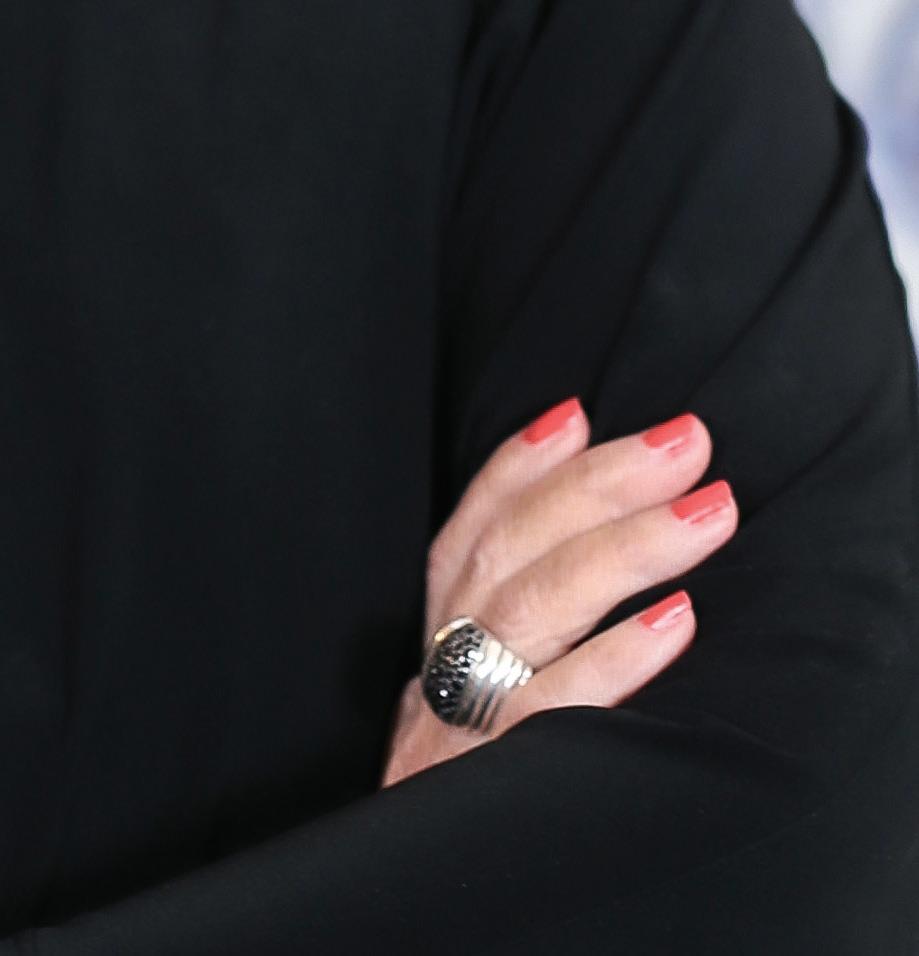
Dona Timm
Global Real Estate Advisor
972-333-3370
dtimm@briggsfreeman.com



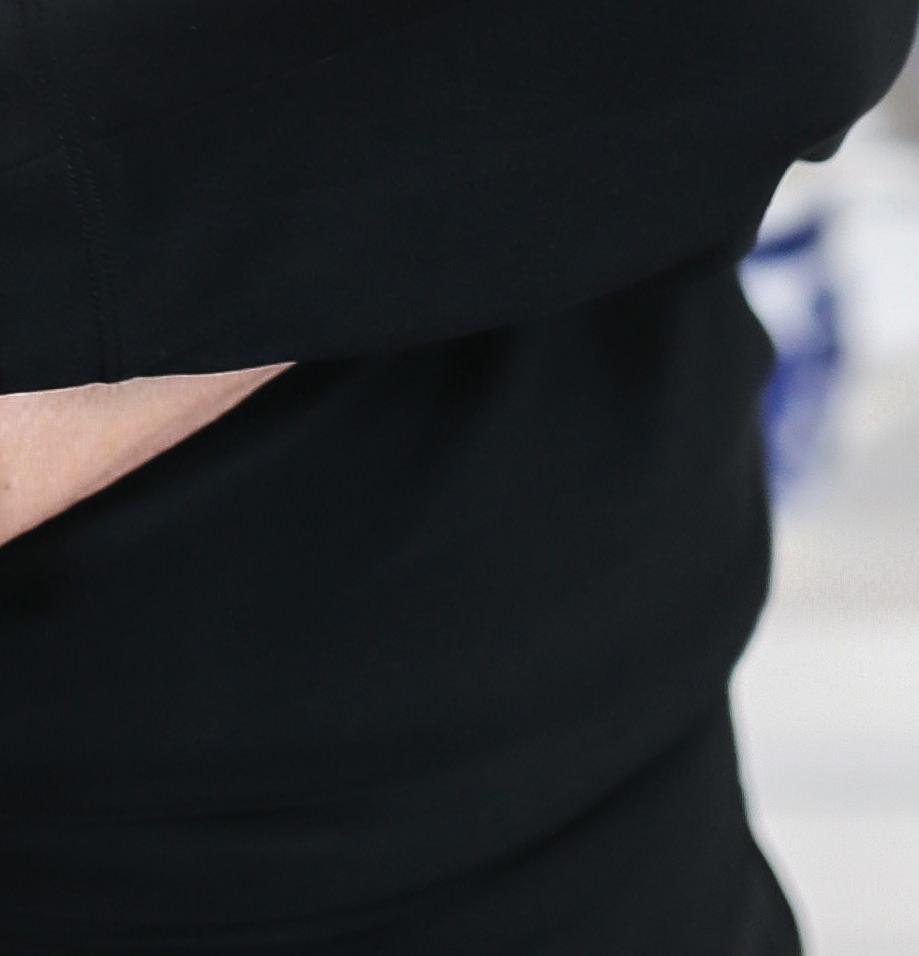


As a veteran agent who has built her career on referrals and repeat business, Ashley Mooring is all about her clients — all the time. Your business is her priority, because your success is her success. And, for Ashley, the relationship doesn’t end when the transaction is complete — she’s there for her clients long after closing. For now, for later, for life: Ashley is your agent.
Ashley Mooring
Global Real Estate Advisor 817-706-6344 amooring@briggsfreeman.com
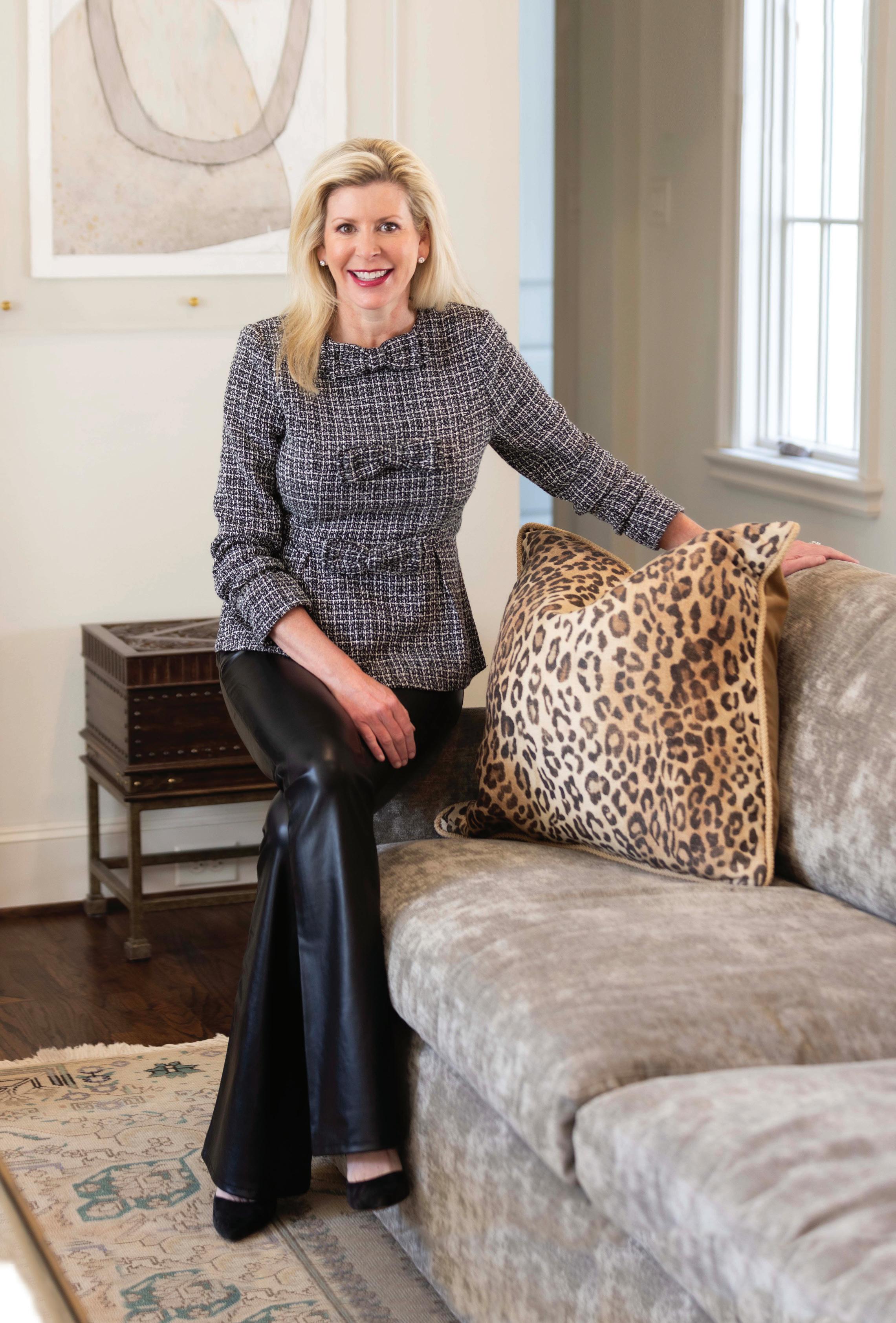
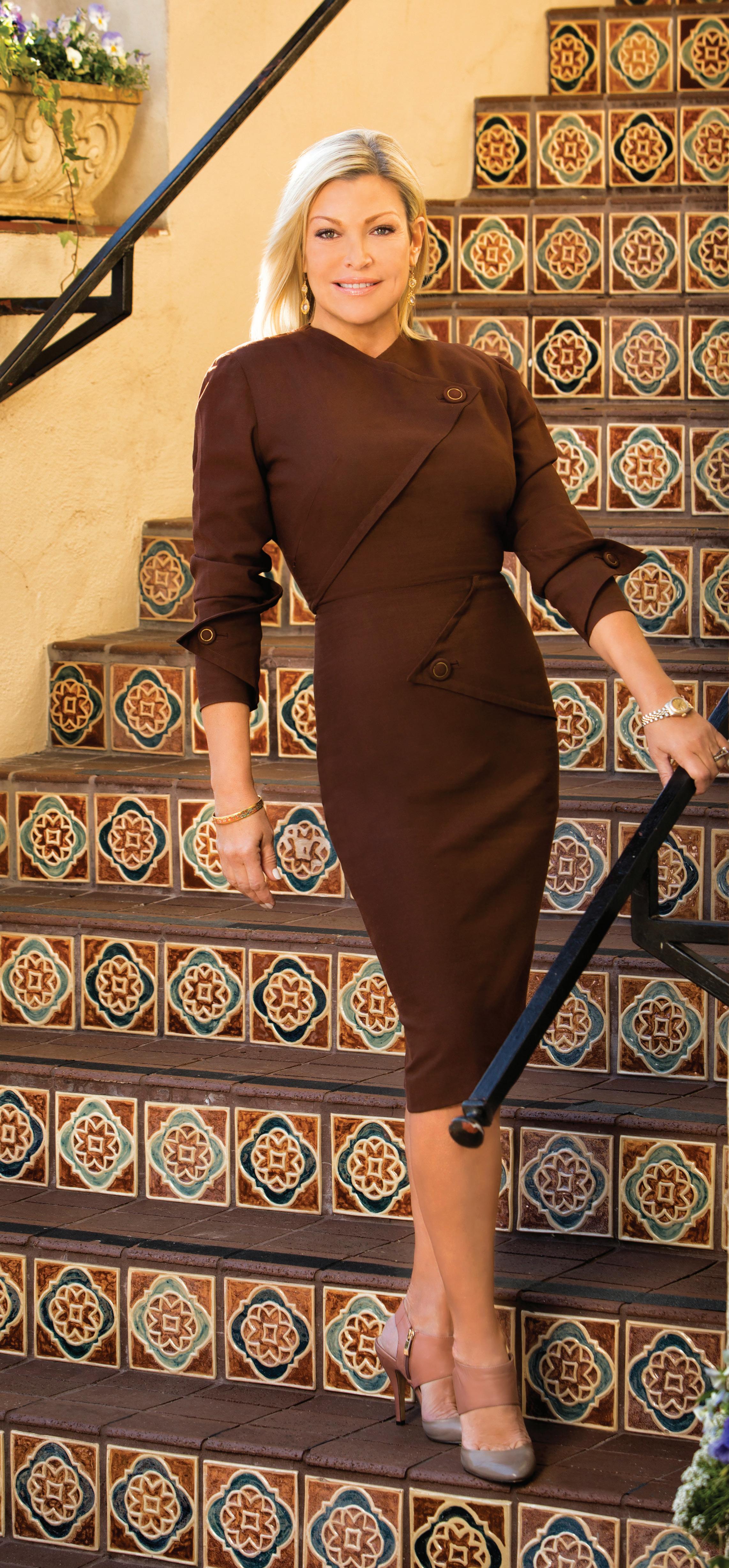
Vicki Foster isn’t just a real estate advisor. She’s an investor, who knows how multiple properties can finance your future. She’s a renovator, who knows how to transform homes into havens. And, she’s an advocate for her buyers and sellers — repeat clients who entrust her with their real estate needs and recommend her wholeheartedly to their families, friends and colleagues. Foster attributes her incredible success of more than 30 years to every one of them.
“Vicki and her team are wonderfully dedicated and courteous. It’s obvious she loves her job.”
—Elizabeth and Neil C.
As one of the most connected real estate professionals in the industry, Foster proves every day that her clients benefit from her trusted network and knowledge of off-market homes for sale. Known in Dallas as one of D Magazine’s Best Real Estate Agents, Foster is a consistent top producer and a founder of the Foster Greco Team at Briggs Freeman Sotheby’s International Realty, where she helps clients buy and sell exceptional homes and estates. An added bonus? With her vast experience in construction, remodeling and home staging, Foster has been able to provide her clients not only with an education, but also with an edge. Wise investments. Worthy renovations. Vicki Foster has that vision.
Vicki Foster
Global Real Estate Advisor Foster Greco Team 214-642-8966 vfoster@briggsfreeman.com

She has a go-to contact for everything, from home-stagers to contractors to lenders. She knows new-builds and historic homes, and the benefits of each. She can streamline your move across town, or across the country. She’s the bigpicture thinker who finds joy in the littlest details. She’s Bess Dickson, and she’s the agent who can make it happen.
Bess Dickson
Global Real Estate Advisor 214-736-3921
bdickson@briggsfreeman.com


LeeLee Gioia is Bluffview and Briarwood — a longtime resident who knows the homes, the people and the pulse of these wooded, wonderful neighborhoods of Dallas. She is especially passionate about the area’s architecture, representing some of its most significant homes — from traditional to contemporary — and advising on design and preservation. LeeLee knows the opportunities in the neighborhood, too, thanks to her connections, intuition and insight. Buying, selling, heart, soul: There is only one best in Briarwood and Bluffview.








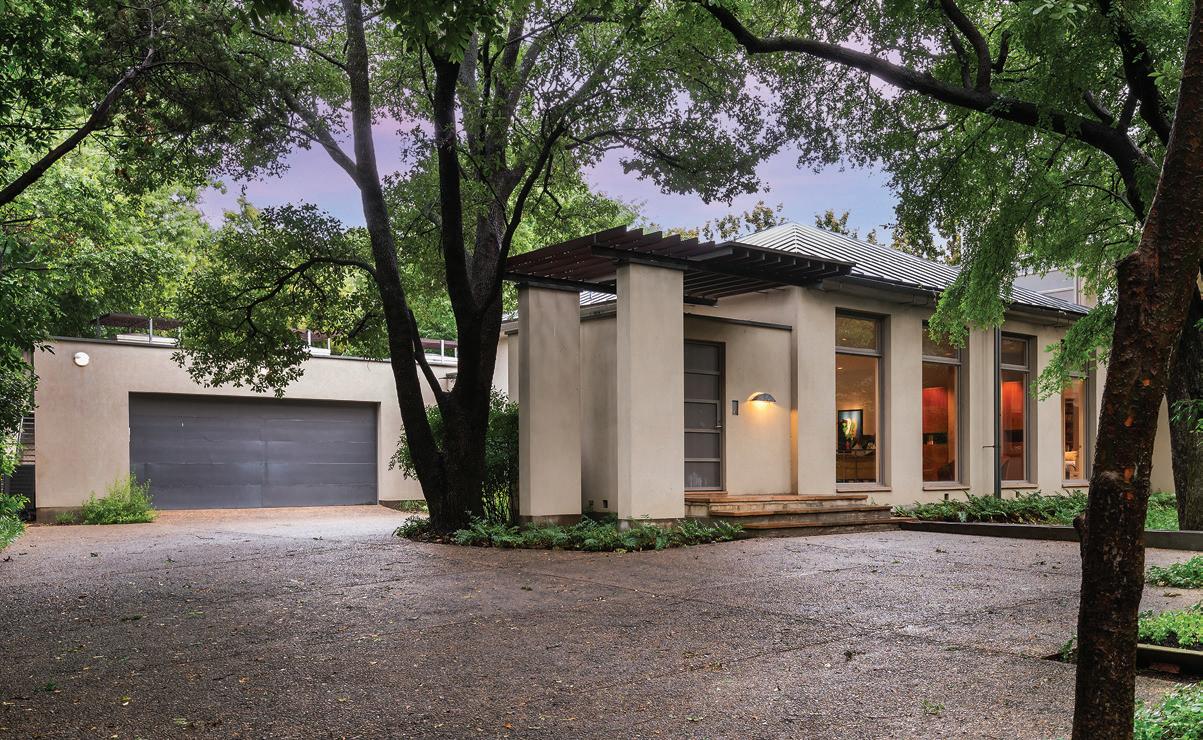








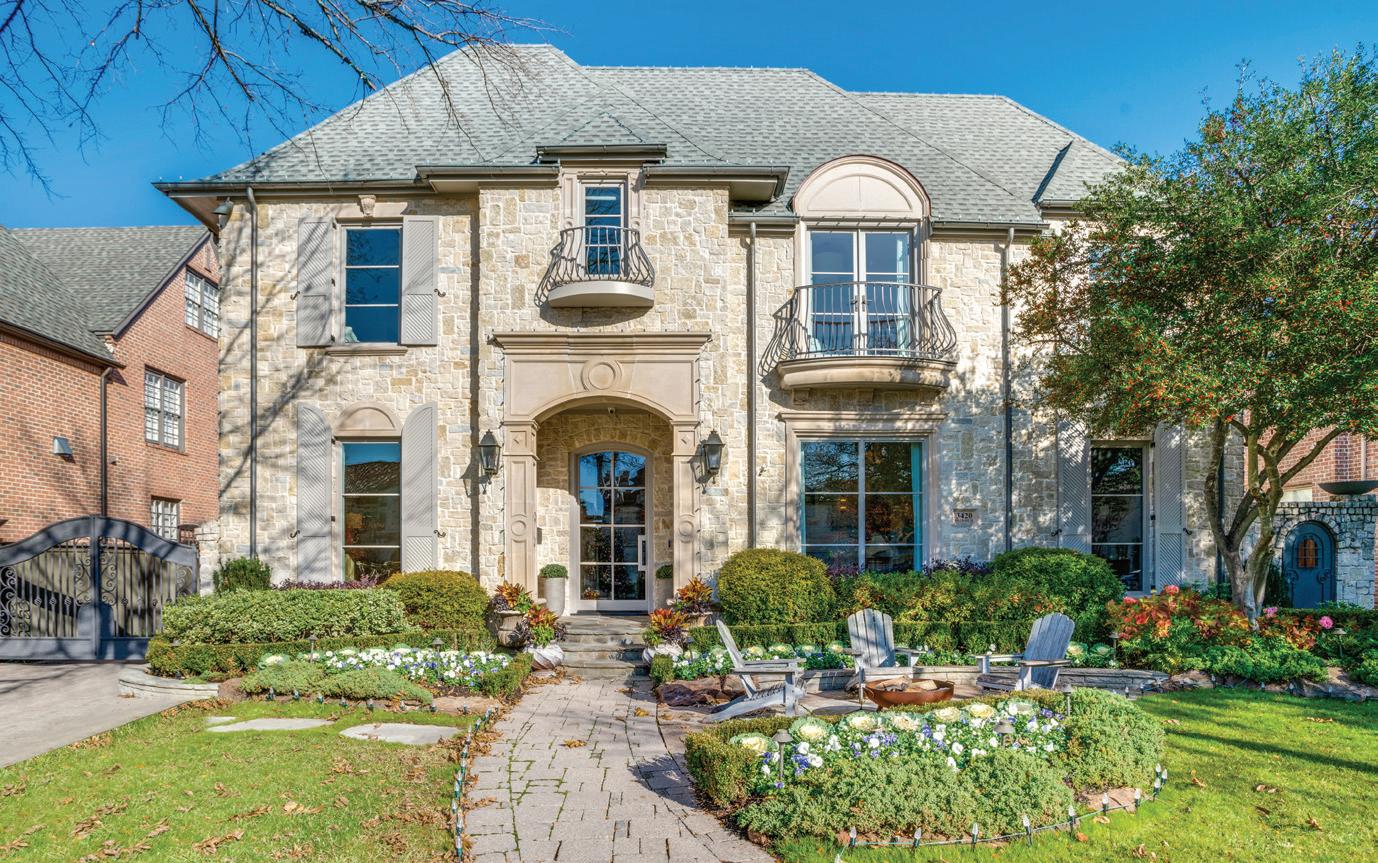



It wasn’t easy. This award-winning real estate advisor has earned one of the most sterling reputations in the industry by thrilling her clients — one by one, painstakingly and professionally — with service, strategy and style. Susan has built that renown on smooth transactions with astounding results, especially for off-market sales of important homes. In every dealing, every market, Susan transcends fluctuations, fads and falderol to deliver outcomes that don’t just impress her discerning clients: They surpass every expectation.
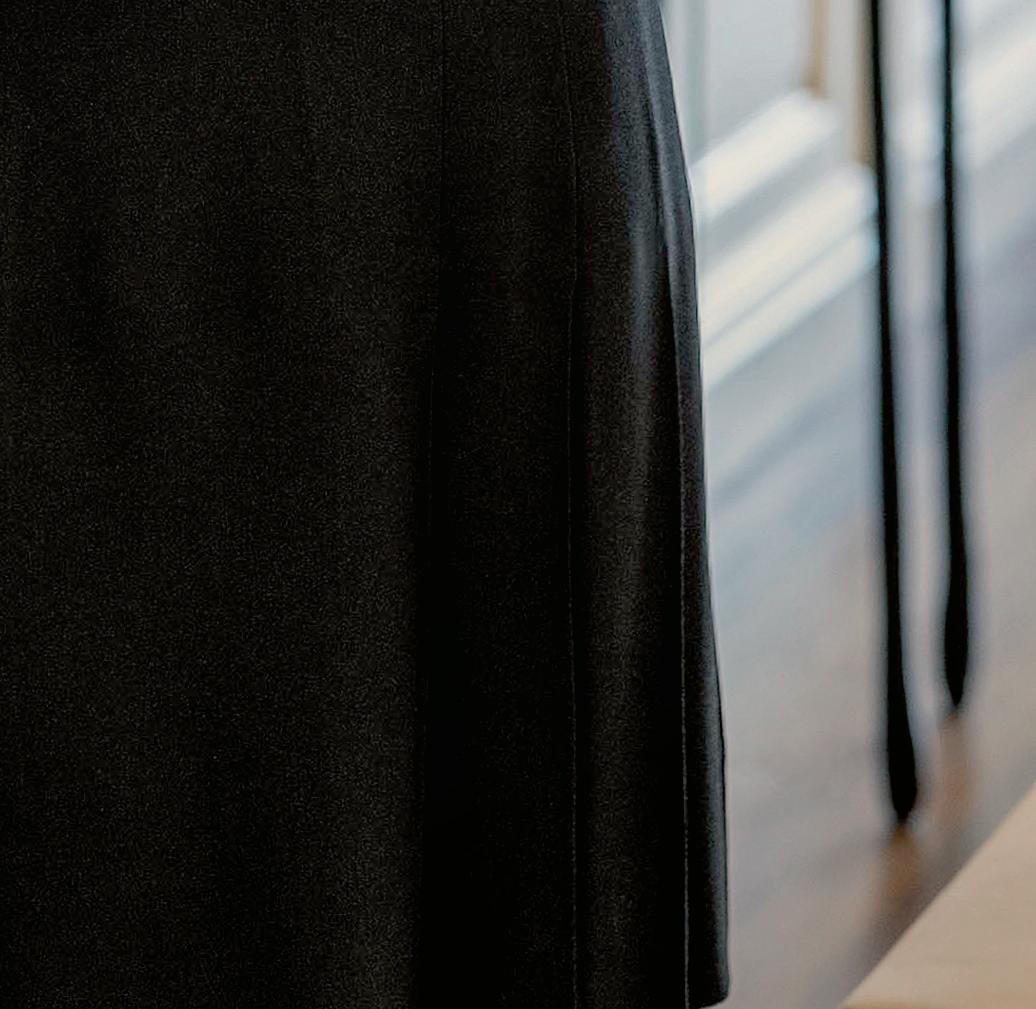





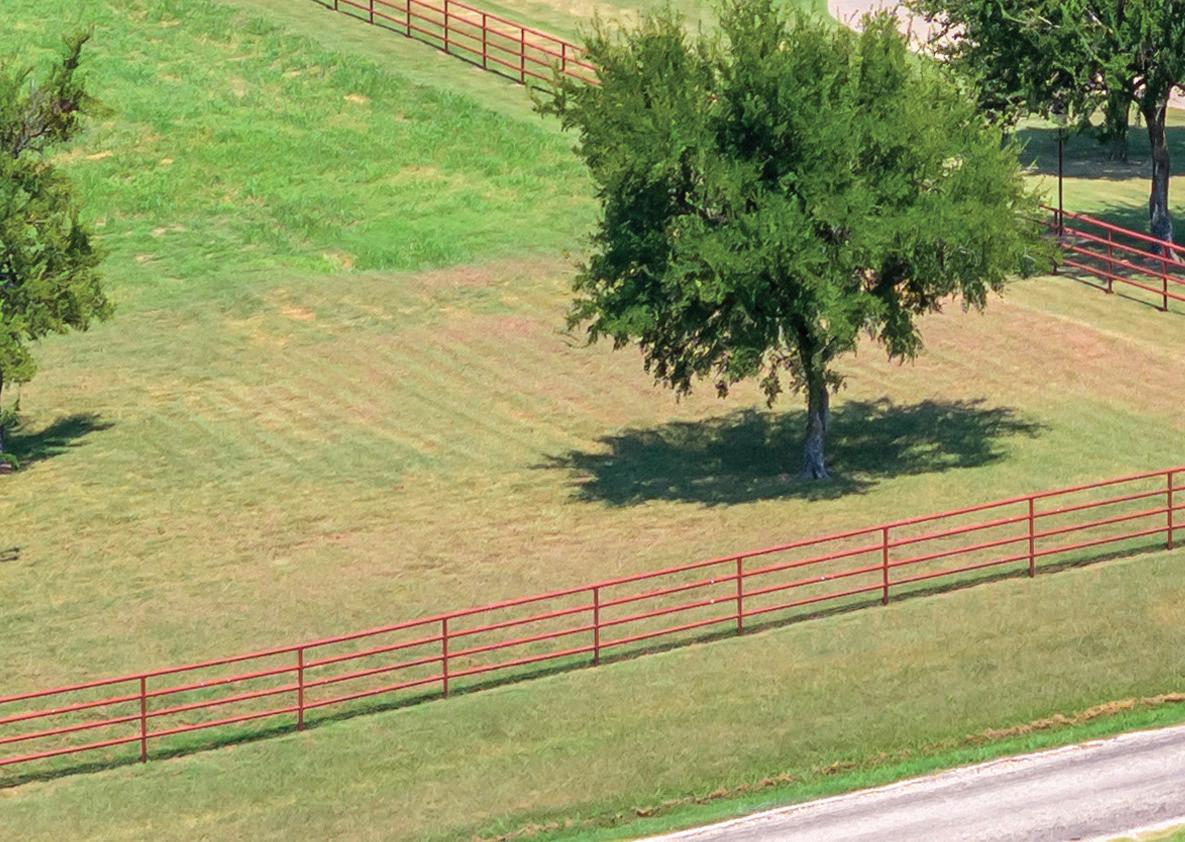
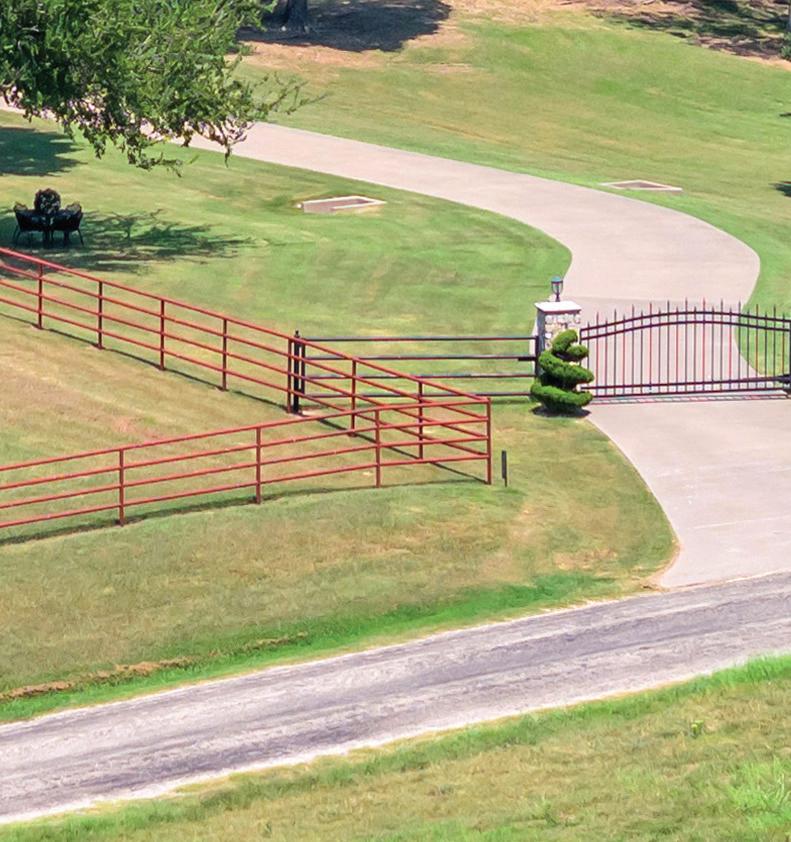


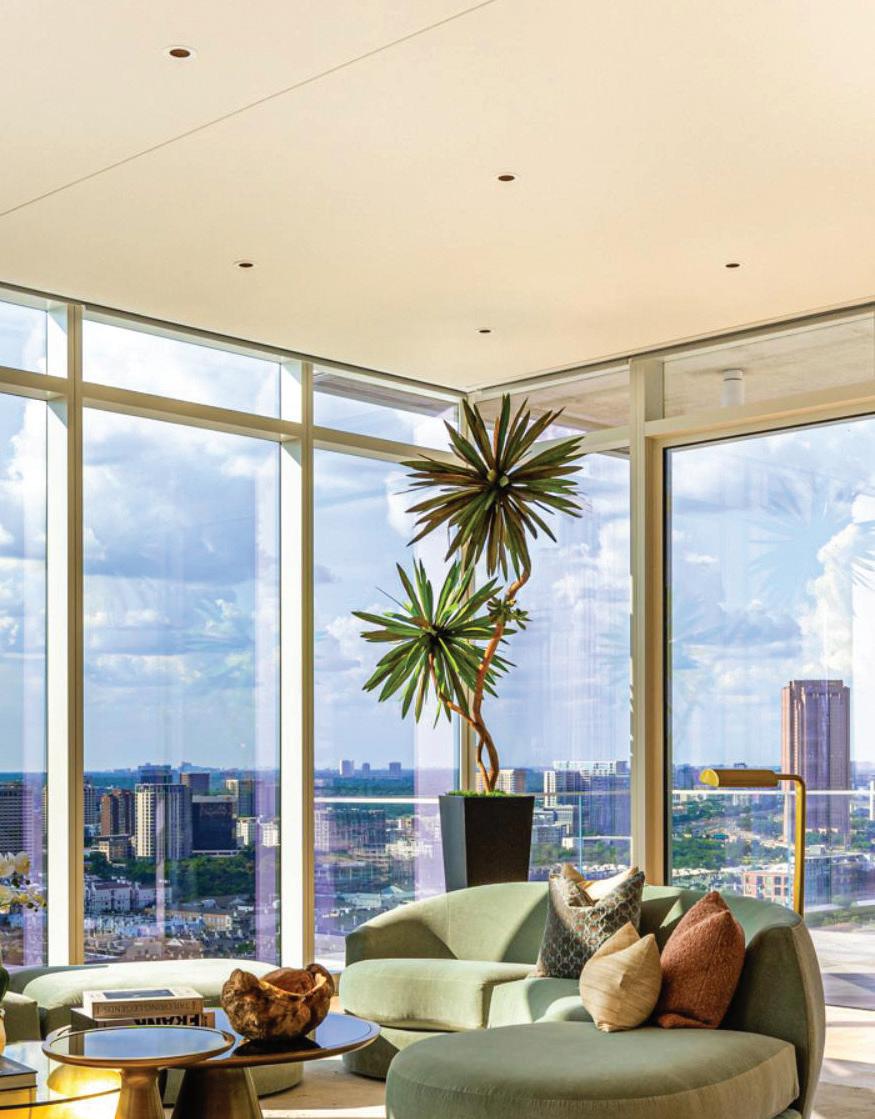

Welcome to 950 Sugar Ridge Road, where country living meets city convenience. Just 30 minutes from downtown Dallas, this distinguished 5-acre estate o ers the bene ts of a quiet pastoral lifestyle without having to leave the DFW metroplex. The majestic two-story home comprises four bedrooms, four full baths and one half bath across 5,271 square feet. An expansive upstairs patio o ers uninterrupted views of the property’s rolling landscape, which features impeccably manicured grounds, mature trees and elds of vibrant bluebonnets.
briggsfreeman.com
$2,250,000

Melissa Frantz Ellerman
Briggs Freeman Sotheby’s International Realty 404-791-3686 mfrantz@briggsfreeman.com

Tessa Mosteller
Briggs Freeman Sotheby’s International Realty 214-505-1248 tmosteller@briggsfreeman.com
A 28-story tower in the bustling Dallas Arts District, HALL Arts Residences o ers luxury high-rise living in the city’s cultural hub. In the building’s exclusive Masterpiece Collection, which consists of 12 units spanning oors 20 through 25, each residence features unparalleled views of the downtown skyline. Every home is equipped with premium nishes including a Bulthaup kitchen system, Gaggenau appliances, Dornbracht polished-chrome ttings, wide-plank oak oors and Lutron shades.
hallartsresidences.com, briggsfreeman.com
Price upon request

Cindi Caudle
Briggs Freeman Sotheby’s International Realty 214-991-2990 ccaudle@briggsfreeman.com
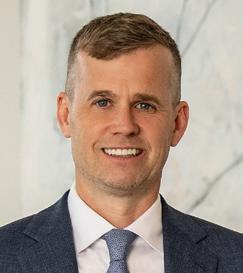
Kyle Richards
Briggs Freeman Sotheby’s International Realty 214-263-4065 krichards@briggsfreeman.com


211 Camino del Norte
This 3.7 acre compound is a private resort centered around a 7,000 sq. ft., five bedroom main home and 3 casita residences. Its grand portal overlooks the pool, mountain views, and city lights. The immaculate quality and special nature defy words while being only 5 minutes from the Plaza.
211caminodelnorte.com
$12,000,000
Santa Fe
Sotheby’s International Realty
The Lyon Group
Neil Lyon & Jake Lyon
505.660.8600 | 505.795.5070
neil.lyon@sothebys.realty jake.lyon@sothebys.realty

11 Entrada Descanso
For those seeking the best of Santa Fe, this elegant and classic property delivers. Set on 2.26 acres in Las Campanas, this approximately 5,600 sq. ft. residence (inclusive of the casita) is a feast for the senses and a joy for day-to-day living and gracious entertaining.
sothebysrealty.com/id/K6V9Y9
$2,395,000
Santa Fe
Sotheby’s International Realty
The Lyon Group
Neil Lyon & Jake Lyon
505.660.8600 | 505.795.5070
neil.lyon@sothebys.realty jake.lyon@sothebys.realty
101 Mesa Prieta Road
Apache Mesa Ranch is a timeless sanctuary set on 560 acres where the past meets the present in a landscape that has inspired generations. Unparalleled views of the rolling grasslands, ancient rock outcroppings, and miles of piñon, ponderosa, and juniper offer a soothing visual harmony.
sothebysrealty.com/id/335G3R
$5,150,000
Santa Fe
Sotheby’s International Realty
The Lyon Group
Neil Lyon & Jake Lyon
505.660.8600 | 505.795.5070
neil.lyon@sothebys.realty jake.lyon@sothebys.realty
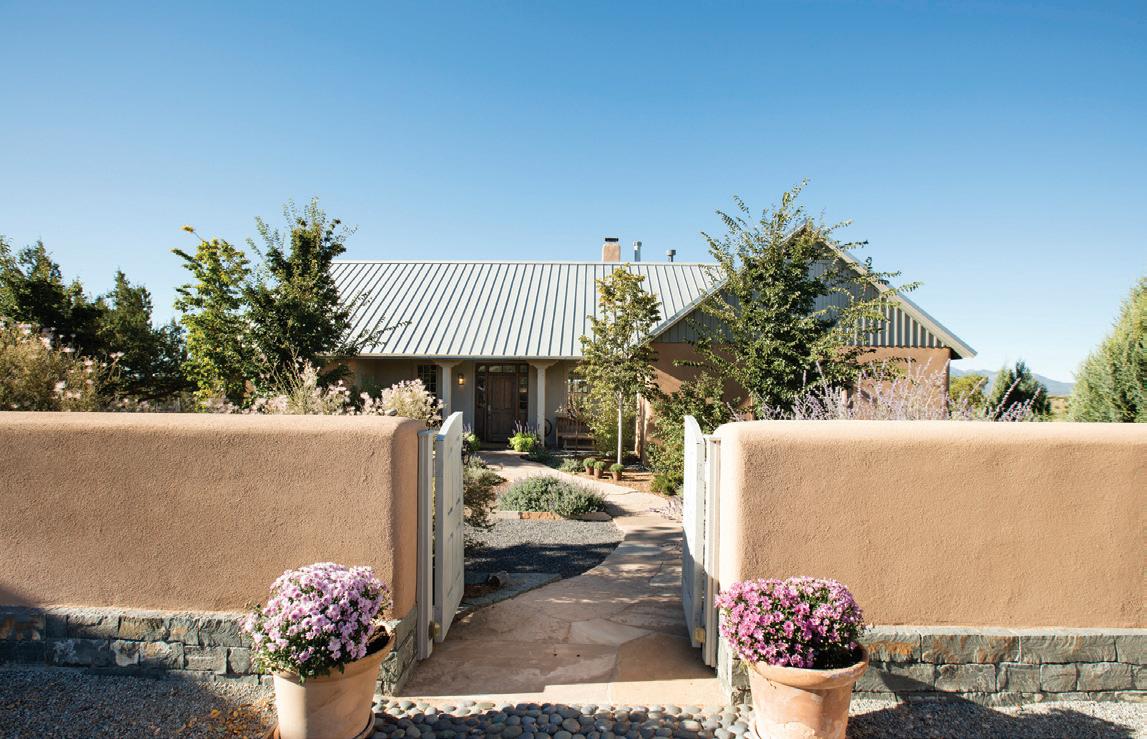
794 Camino Los Abuelos
Nestled in the historic village of Galisteo, this charming residence, casita, and its two adjacent lots offer a unique 70-acre equestrian compound full of western charm and ripe with opportunity. Features five fenced pastures and two horse/ hay barns, catering perfectly to equestrian needs.
sothebysrealty.com/id/8W3ELG
$2,395,000
Santa Fe
Sotheby’s International Realty
The Lyon Group
Neil Lyon & Jake Lyon
505.660.8600 | 505.795.5070
neil.lyon@sothebys.realty jake.lyon@sothebys.realty
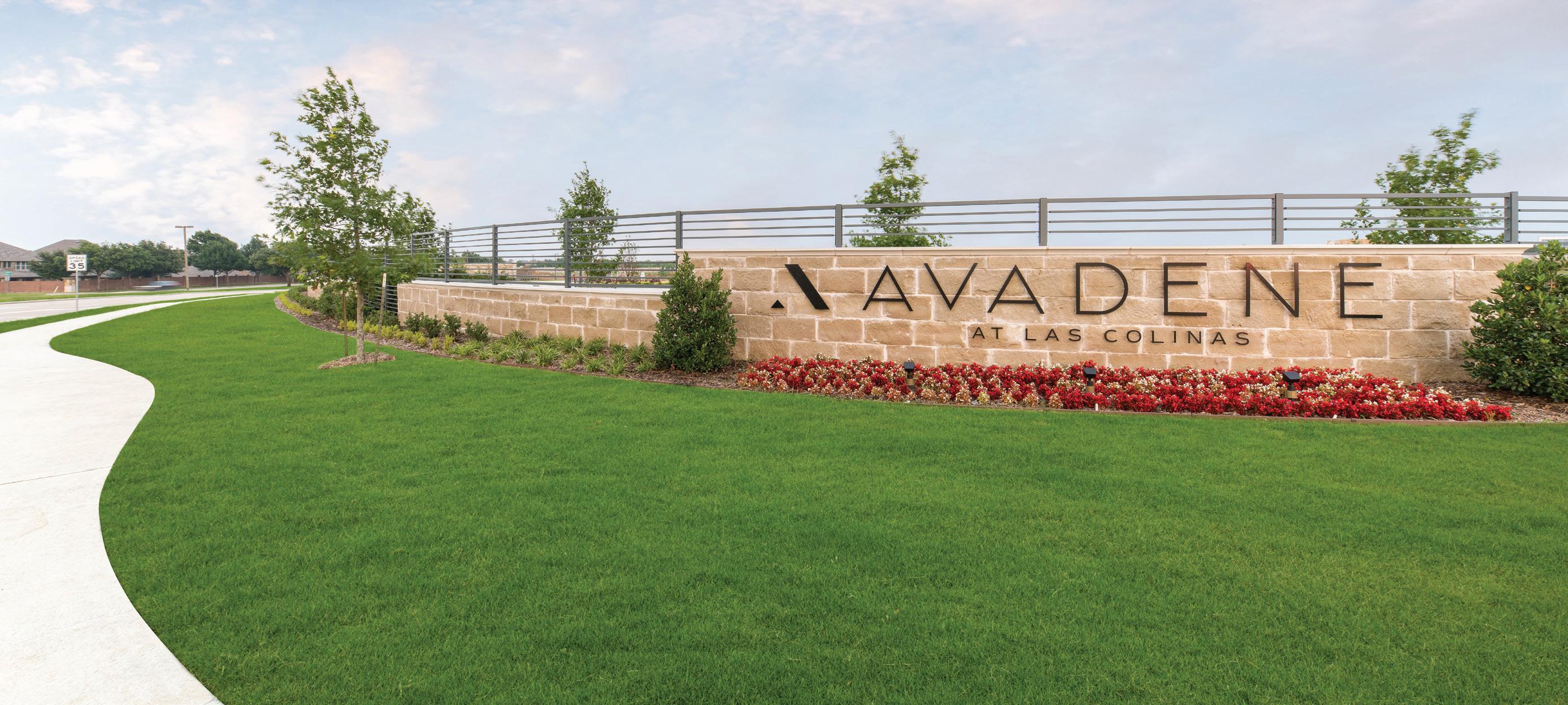

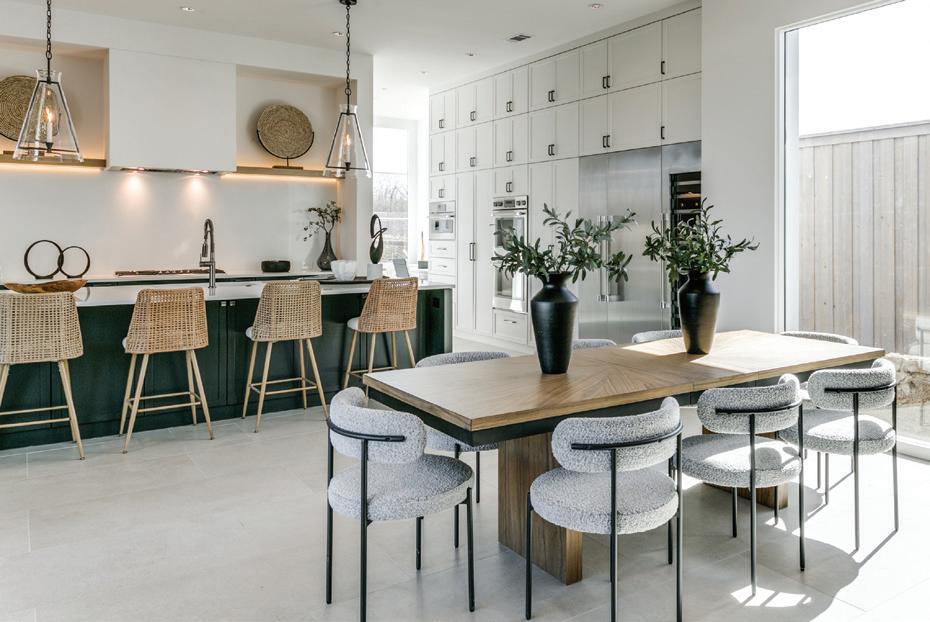
Refined meets relaxed: The homes inside Avadene at Las Colinas are crisp takes on classic architecture, with modern-day luxuries for living. Tudor, French Provincial, Santa Barbara, more: No matter the aura, the homes feature airy living spaces, large bedrooms, outdoor living spaces and amenities that could include a library, wine/coffee lounge or game room.
Striking architecture, plush homes, pickleball galore: A luxurious new neighborhood in Irving’s most coveted community has changed the game.
Just minutes from Dallas and Fort Worth, Avadene at Las Colinas is a premium gated community with only 73 homesites across 22 peaceful acres, with thoughtful amenities that include pickleball courts and walking paths. It’s a bucolic life, yet remarkably close to airports, highways and a wide range of pursuits.
Avadene is the creation of Alexander Hunt Distinct Homes. Each custom-build is a generous 4,000 to 6,000 square feet, with energy-efficient features, outdoor living spaces and a range of features that could include a temperature-controlled wine room and an upstairs lounge with fireplace and wet bar. Each home offers four or five spacious bedrooms with private baths.
The architecture of each house is refreshingly unique — a sleek, modernist take on beloved styles that include Spanish, French and Tudor. The rich materials range from limestone, stucco and hand-cut stone to roofs of slate, tile and standing-seam metal.
Avadene at Las Colinas is at 6800 Las Colinas Boulevard in Irving. Lots are selling briskly, beginning at $407,000. Homes begin at $2 million; the first two handcrafted homes are complete. Briggs Freeman Sotheby’s International Realty is the exclusive representative. For more information, contact Michelle Daniel at 214-215-0001 and mdaniel@briggsfreeman.com and explore avadene.com and briggsfreeman.com.
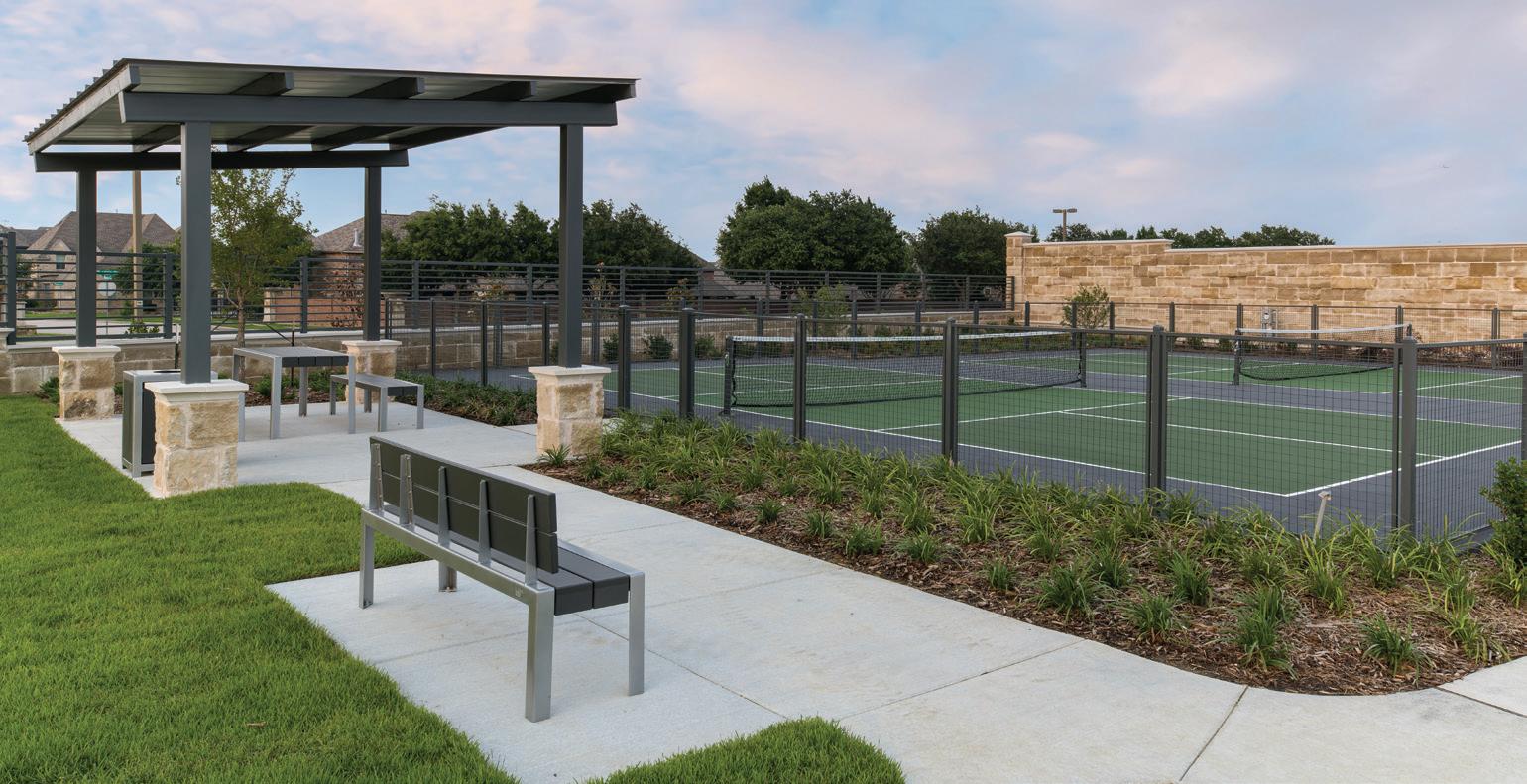

Very discreet. Very under the radar. You don’t become trusted by generations of clients — and their families and friends — any other way. From cozy cottages to significant estates, in the Park Cities and beyond, Ann Henry is the award-winning advisor whose network and know-how are legendary. What’s her secret? She’s not talking about that, either.
Ann Henry
Global Real Estate Advisor 214-546-6712
ahenry@briggsfreeman.com


